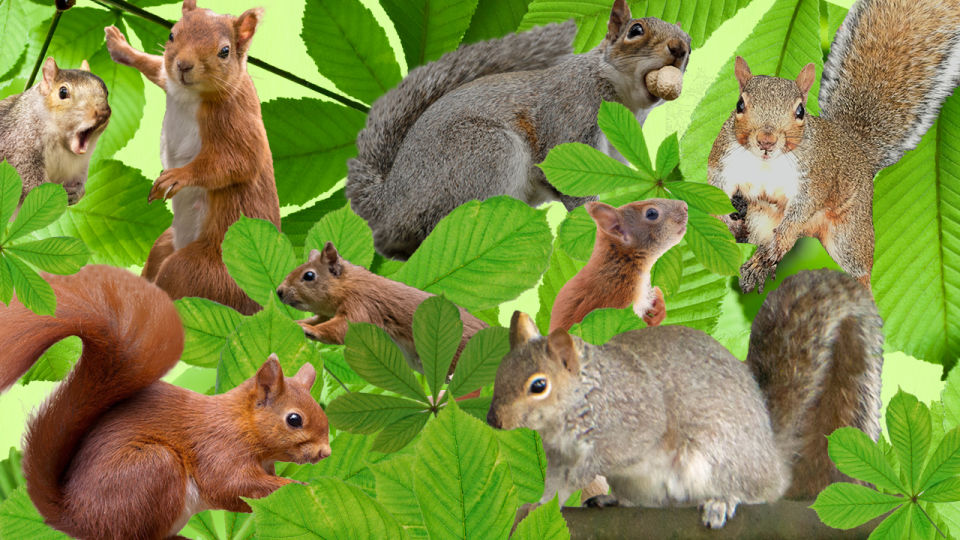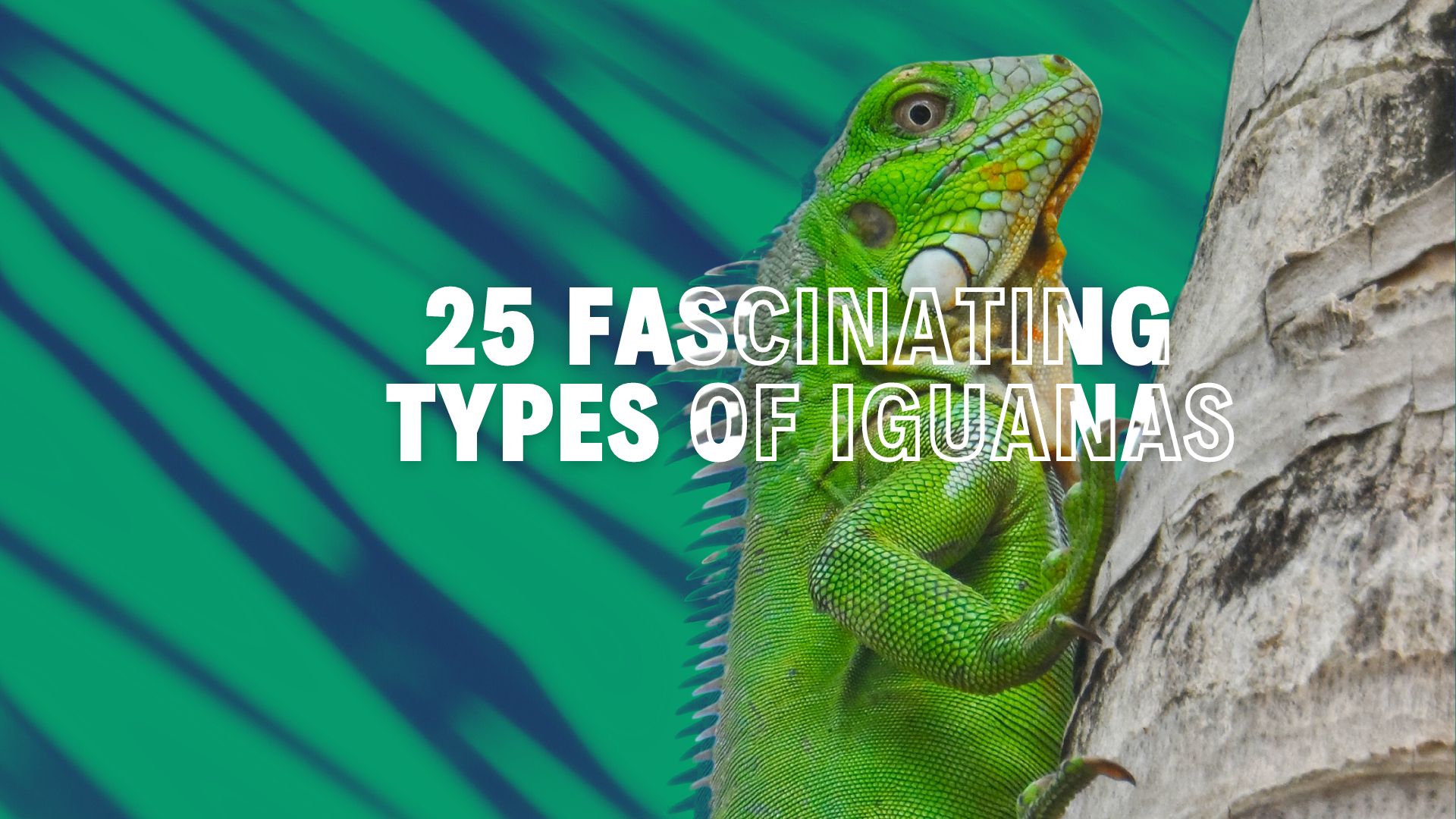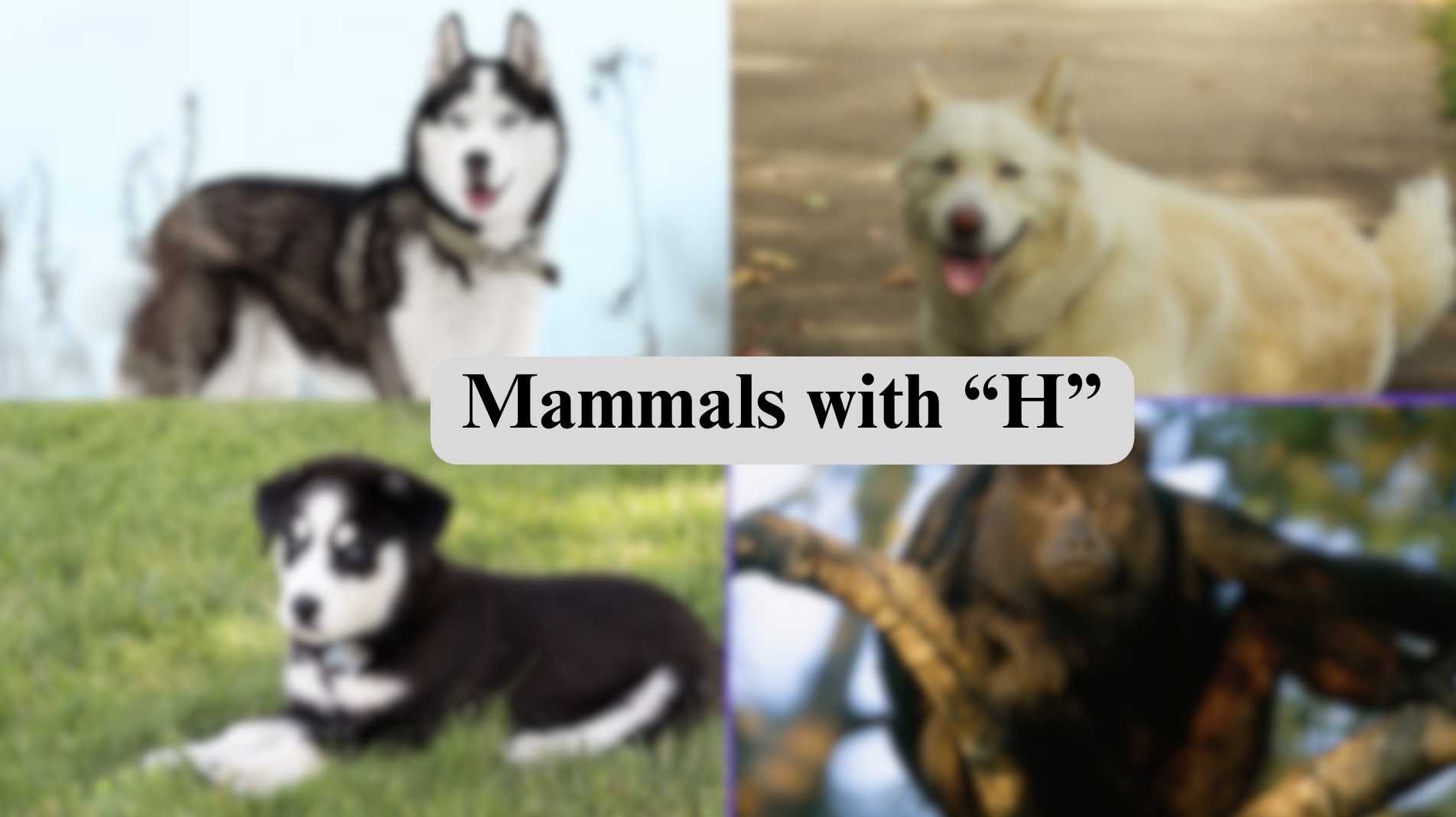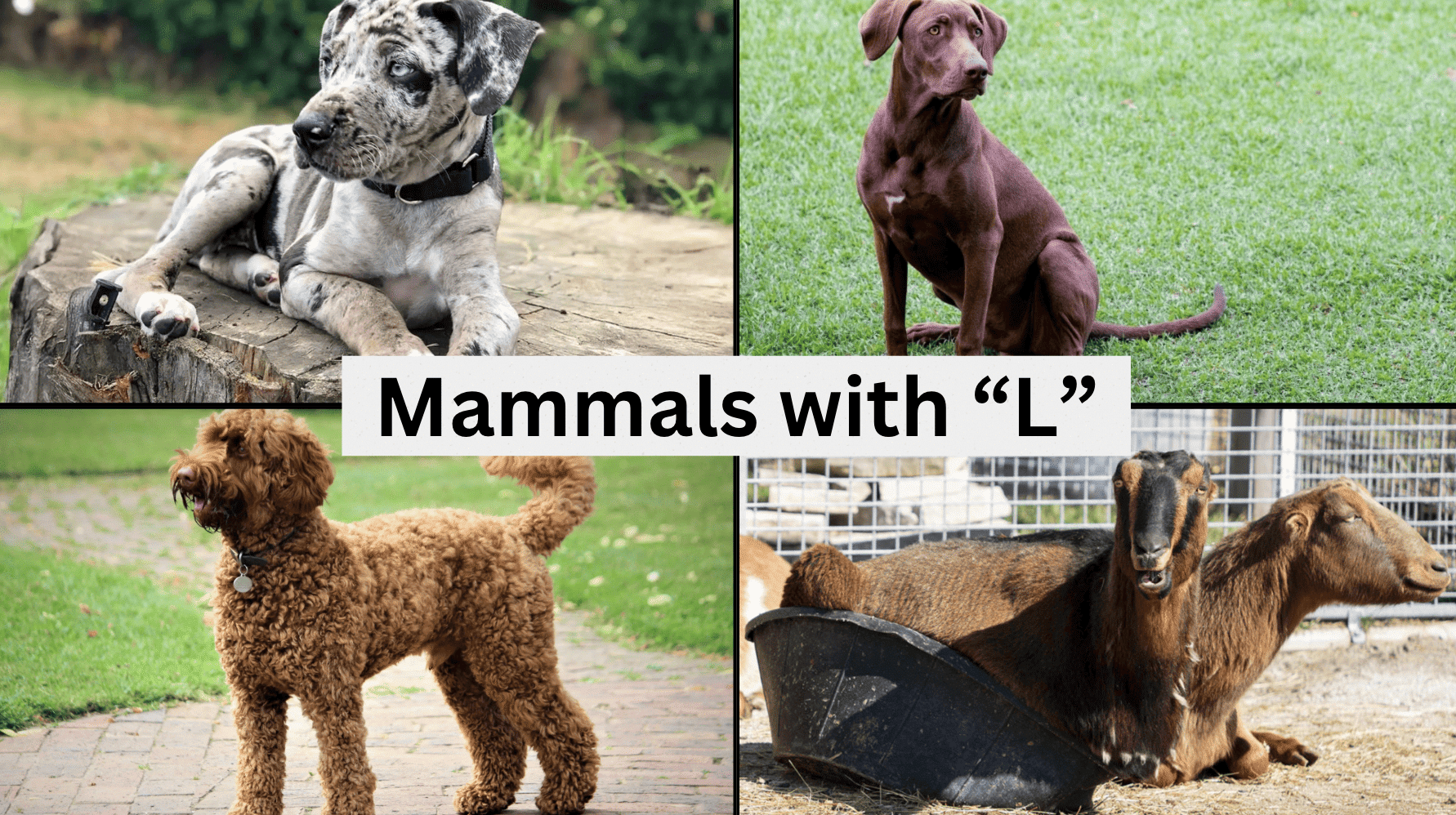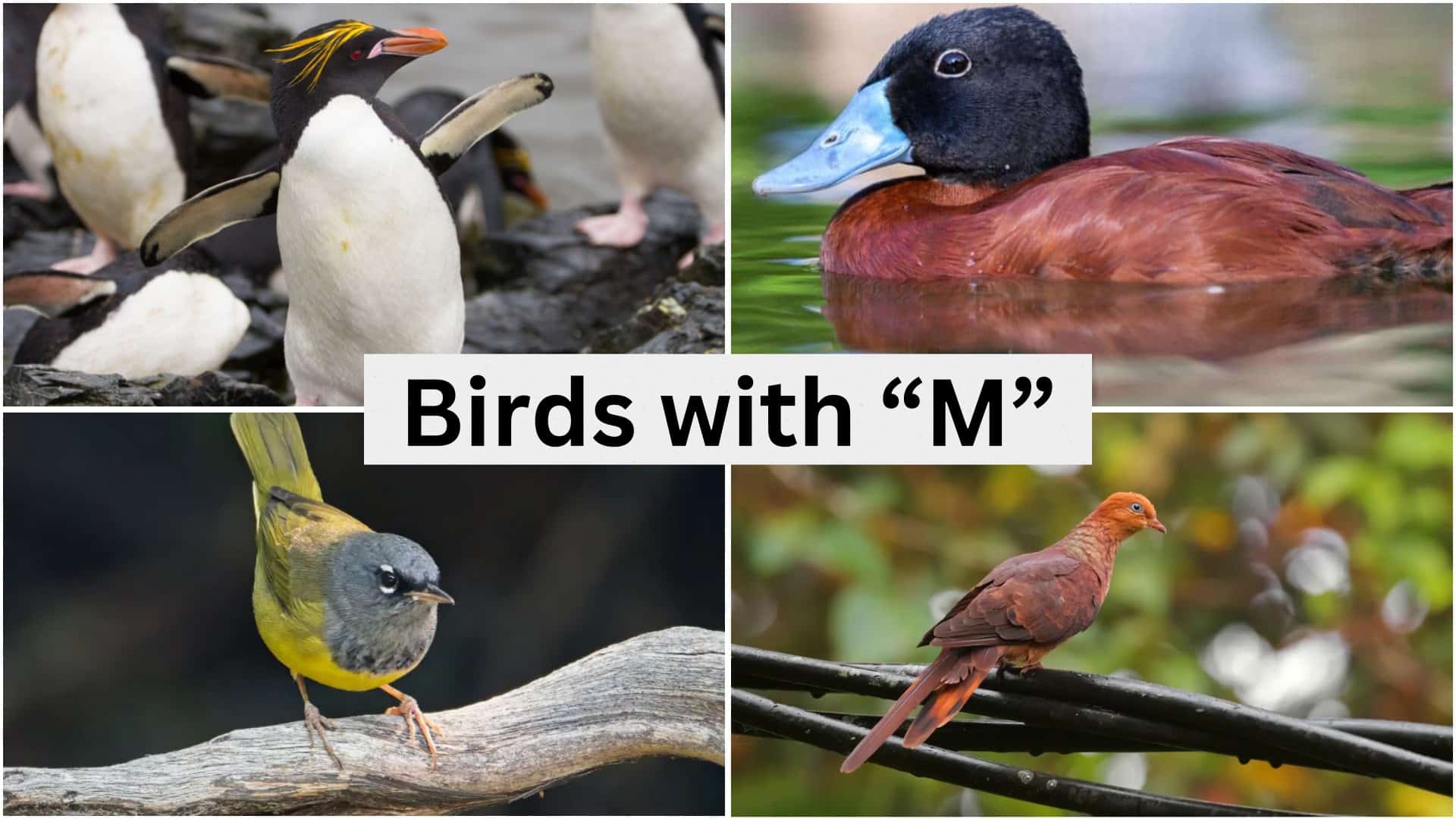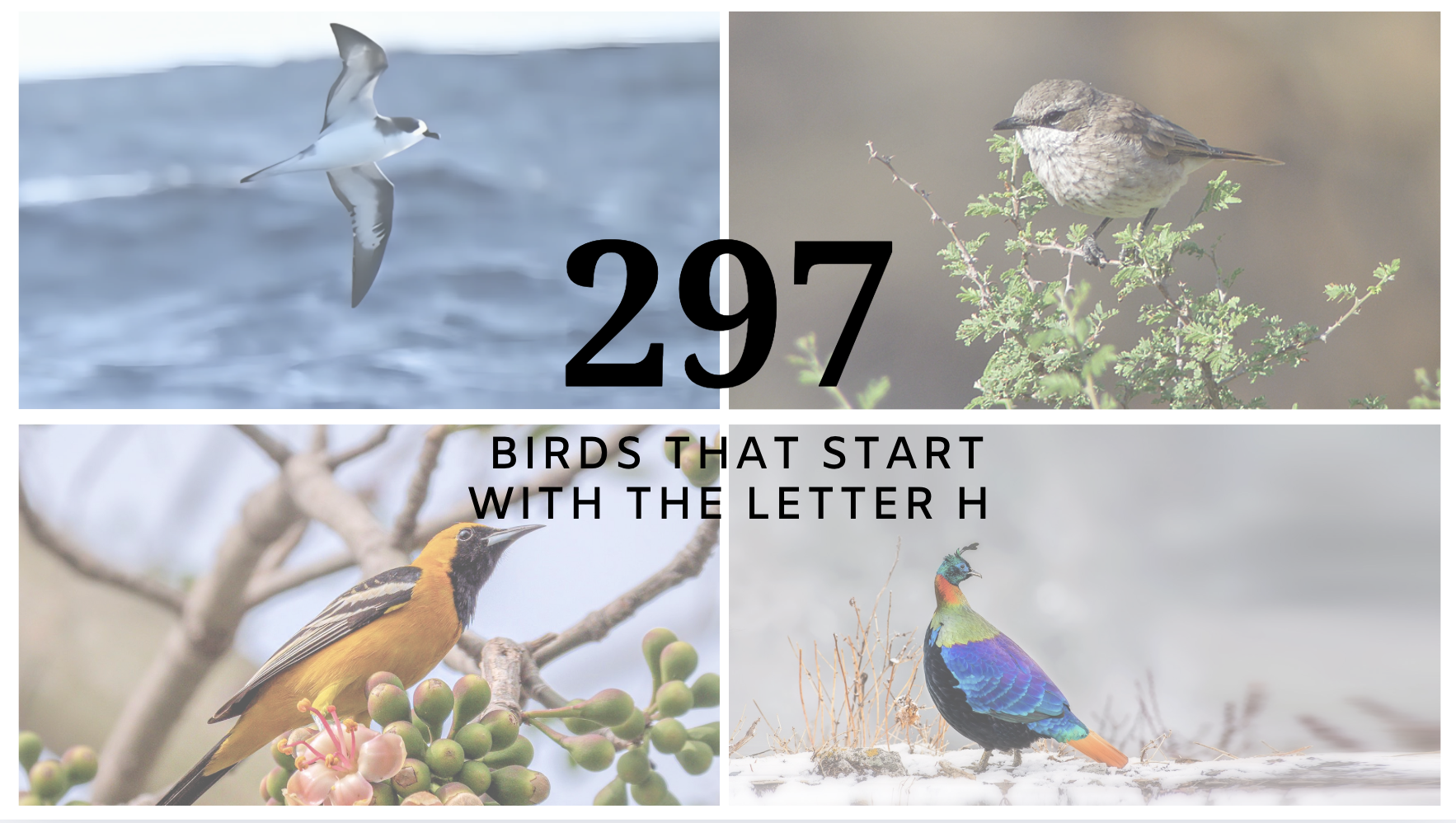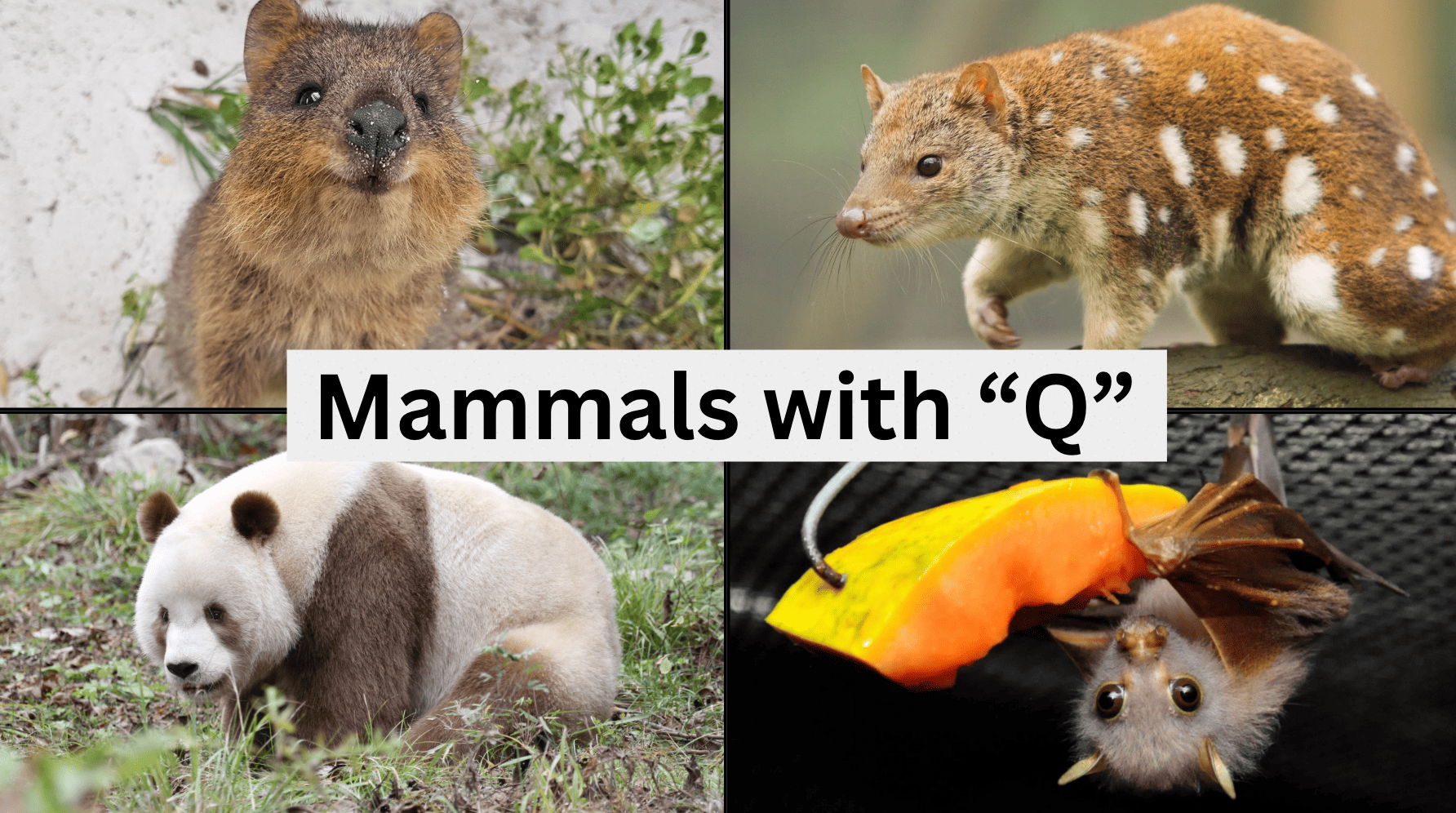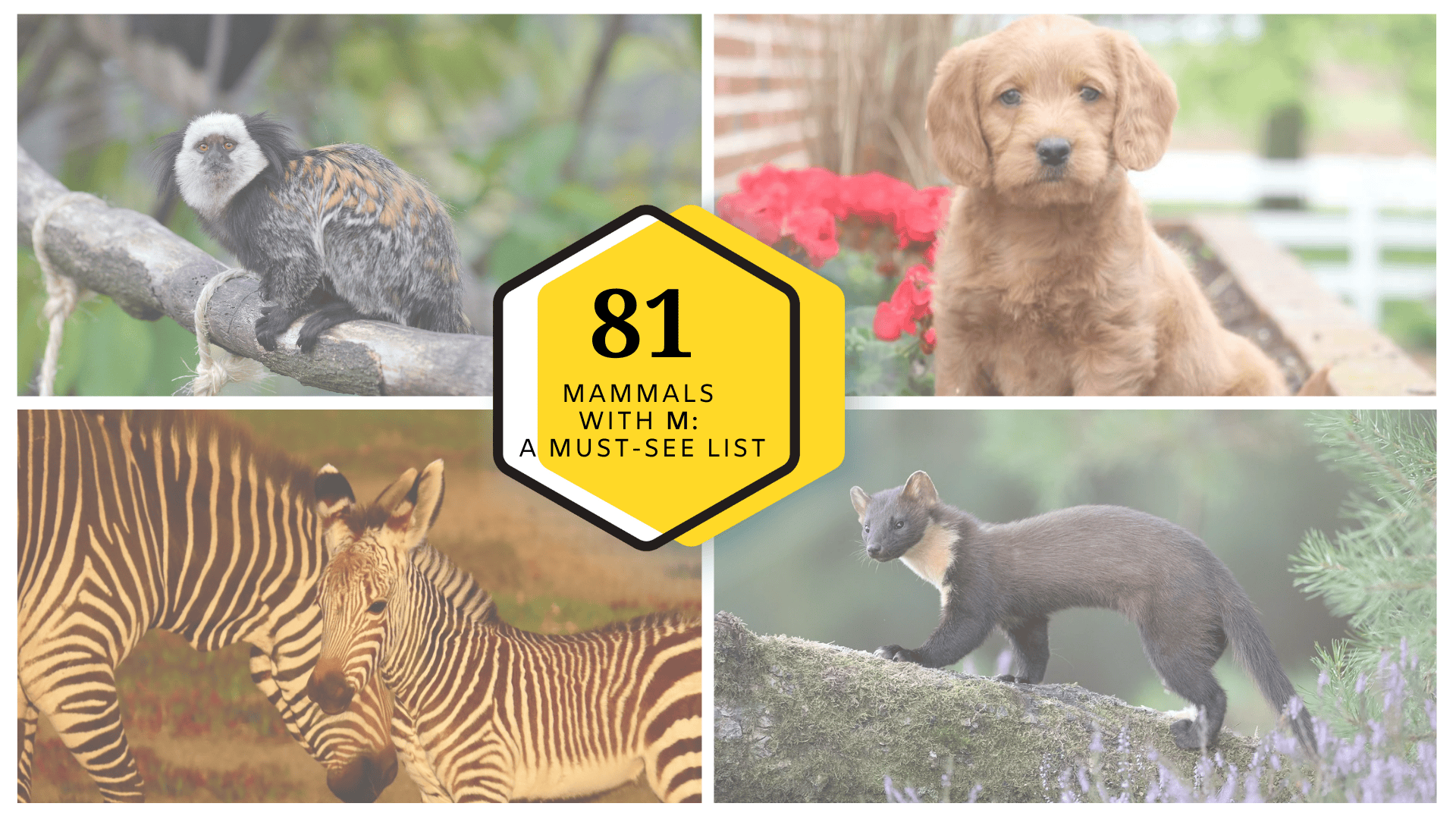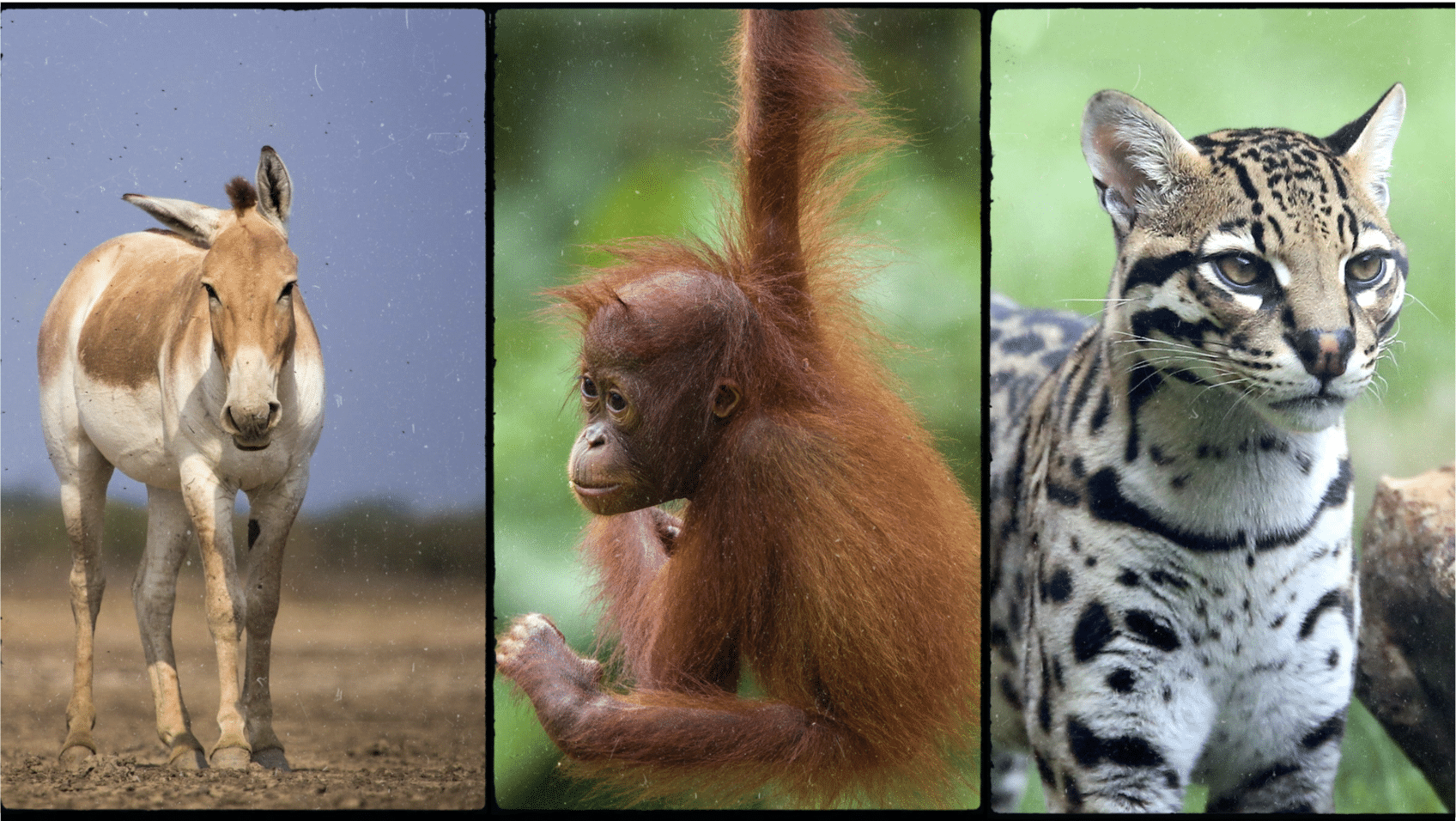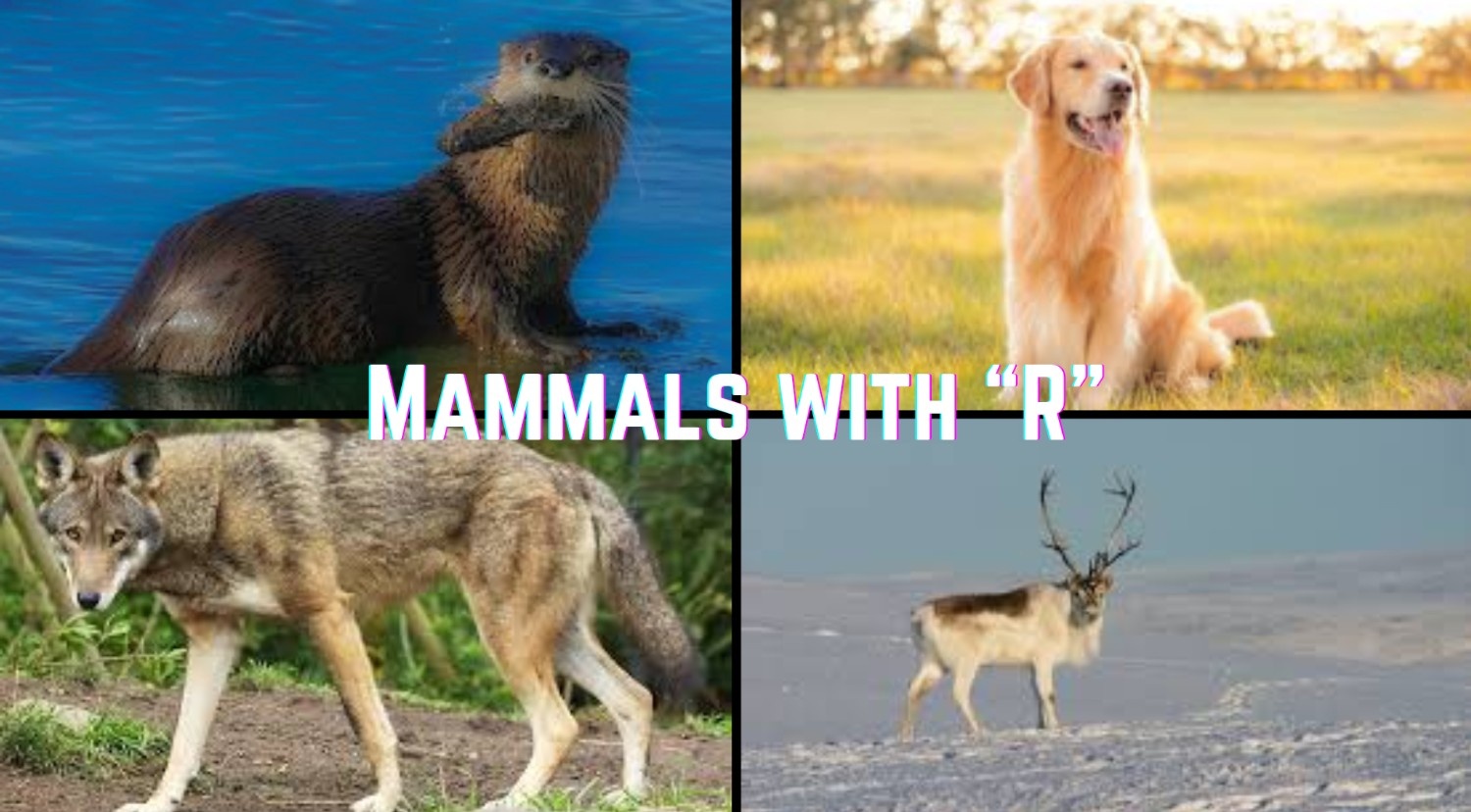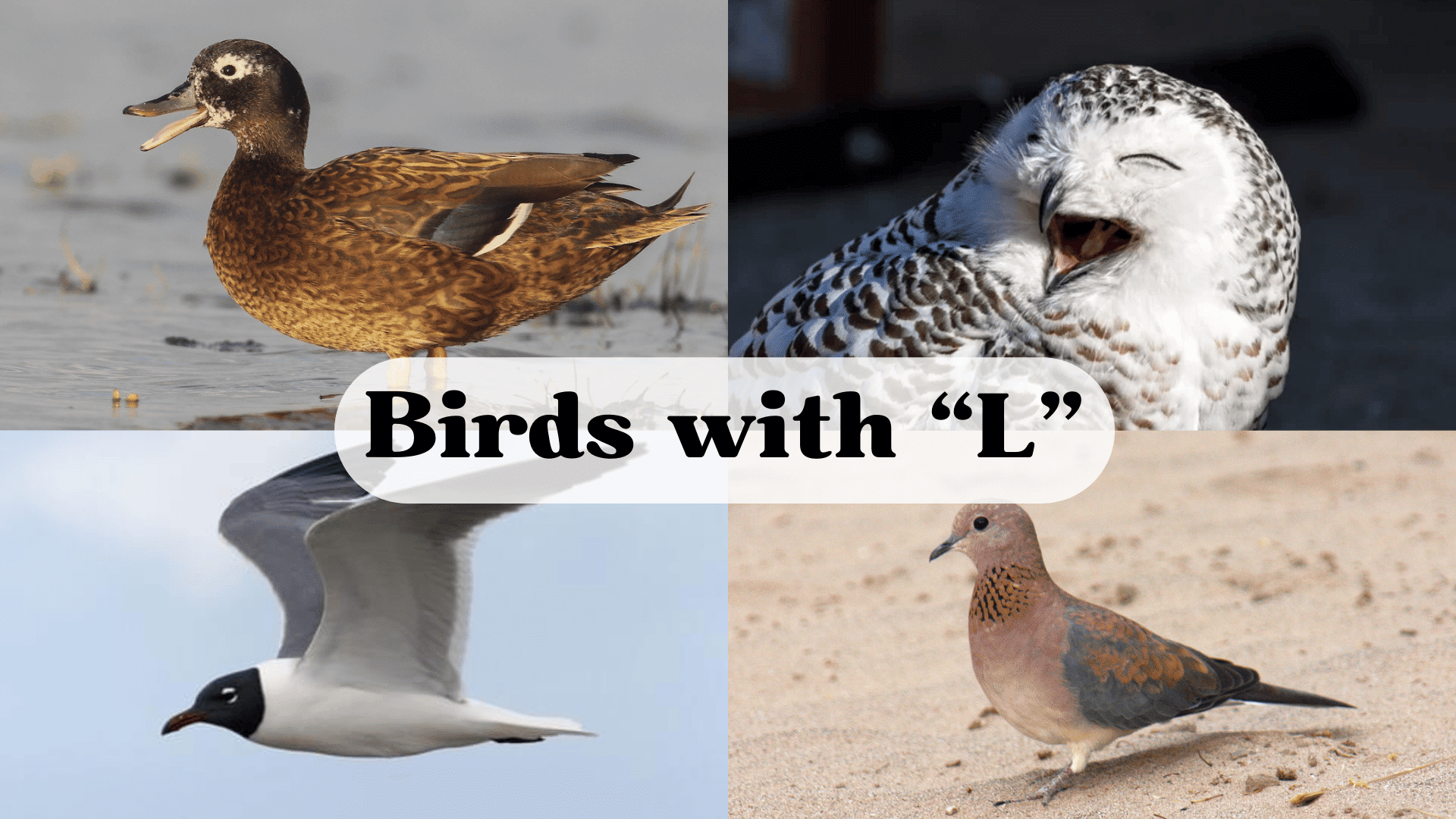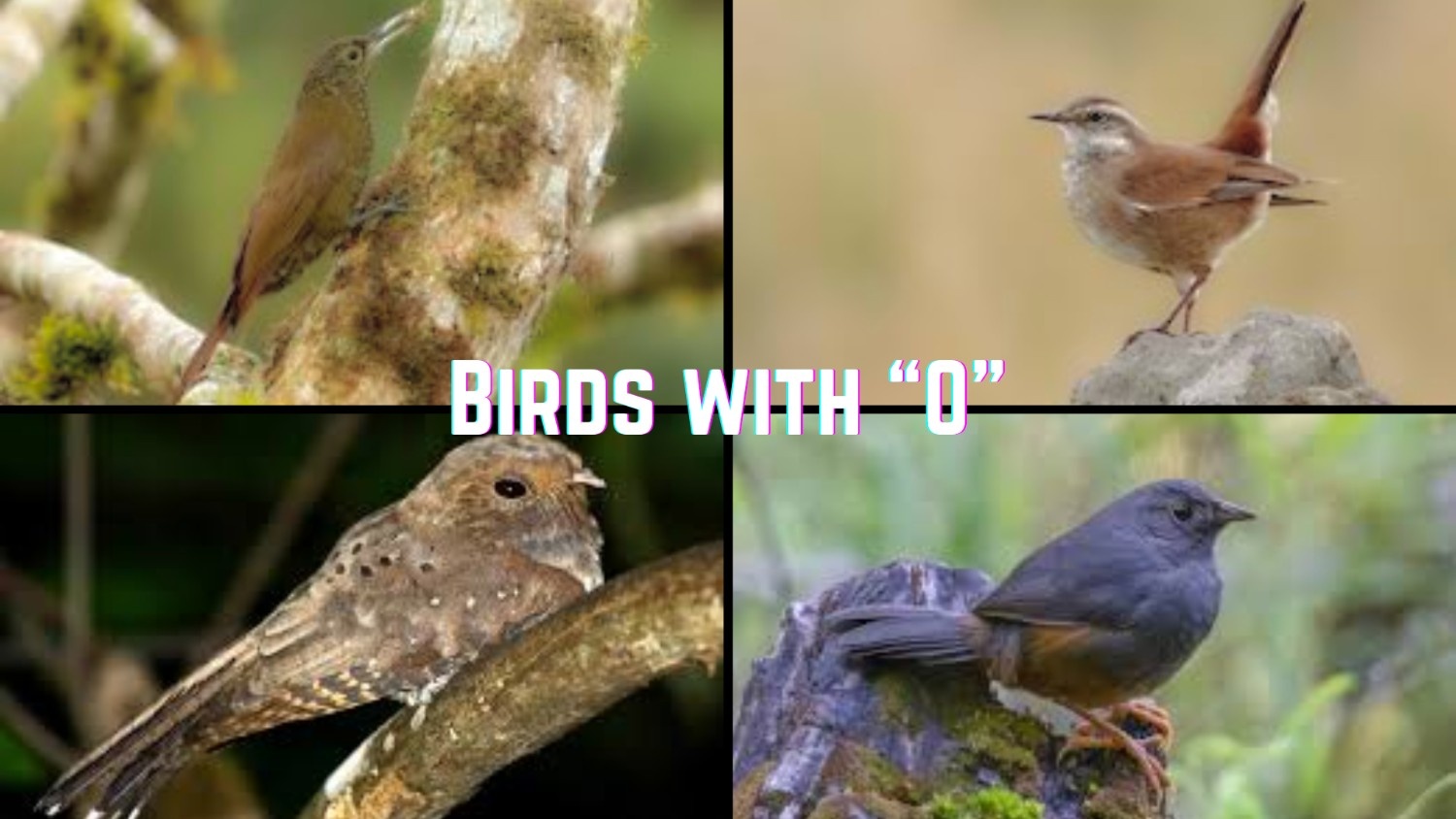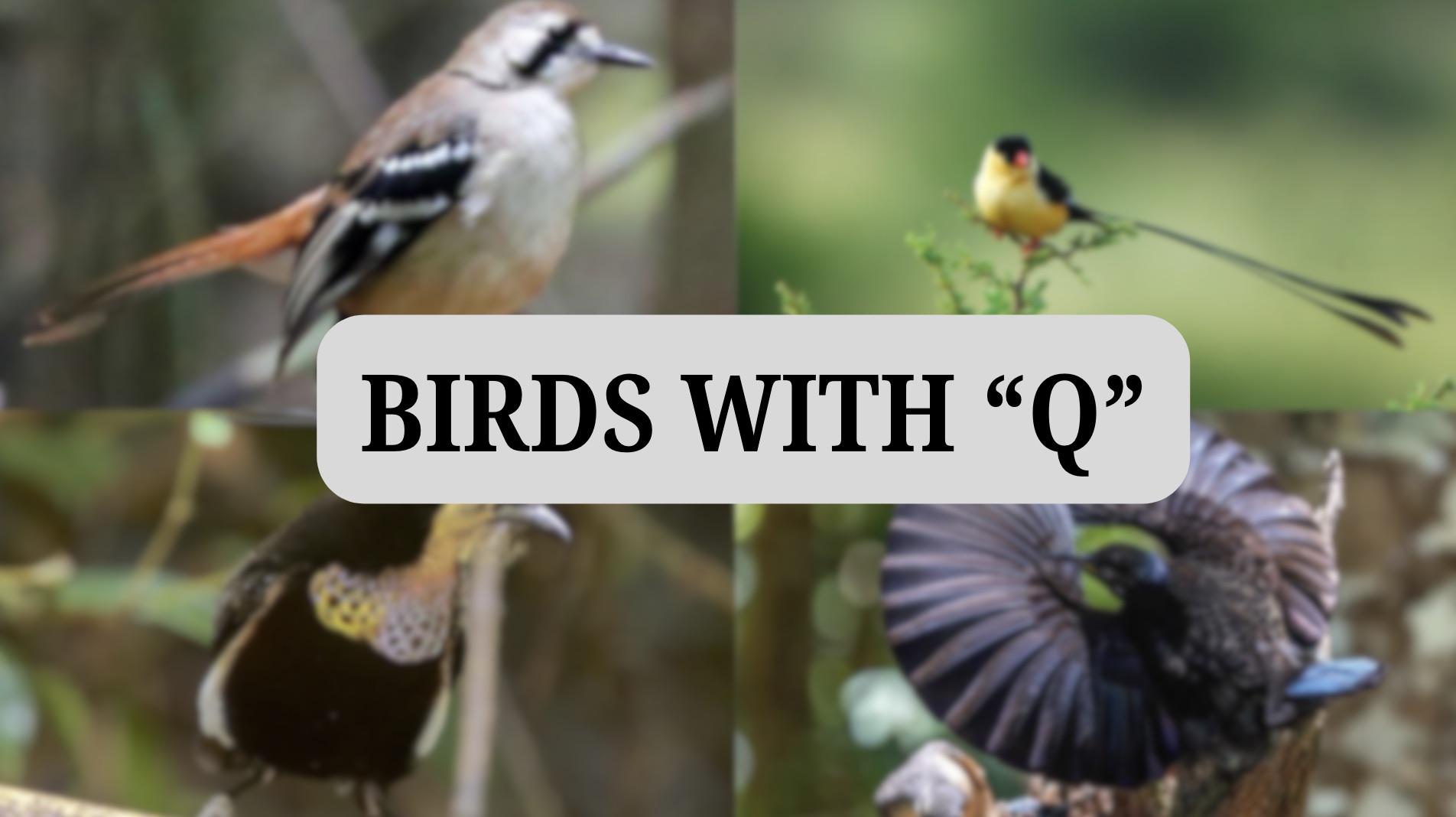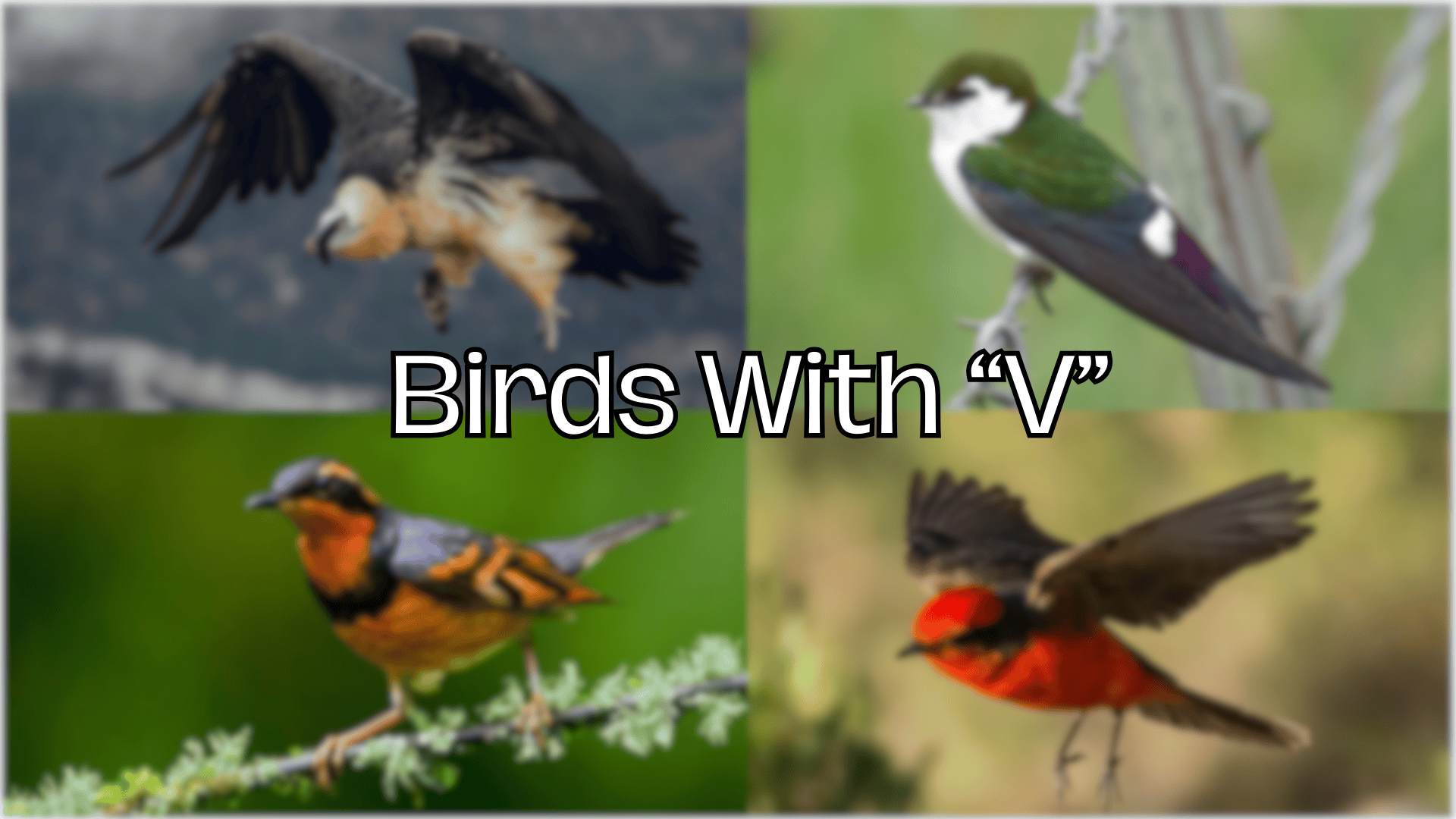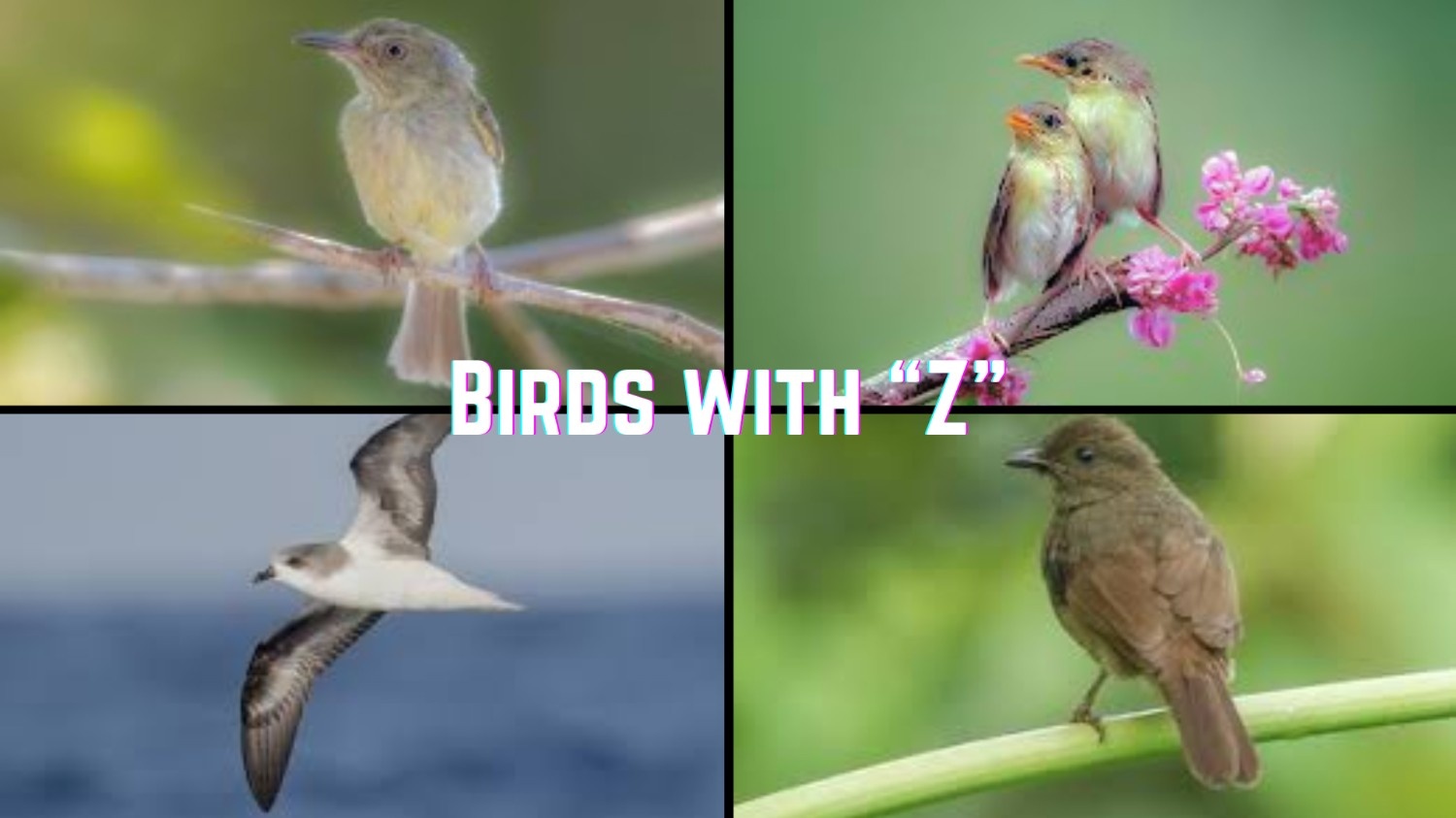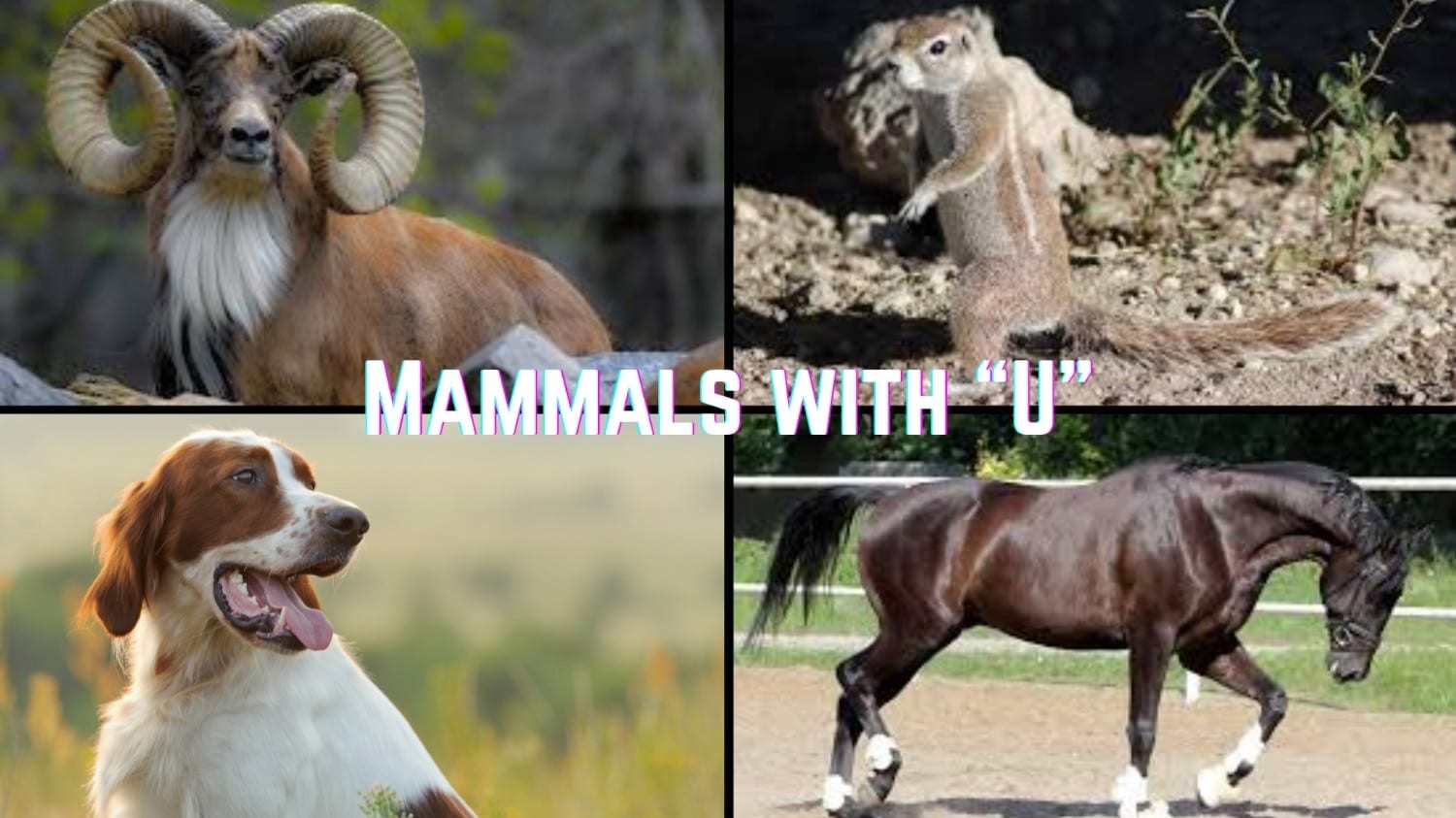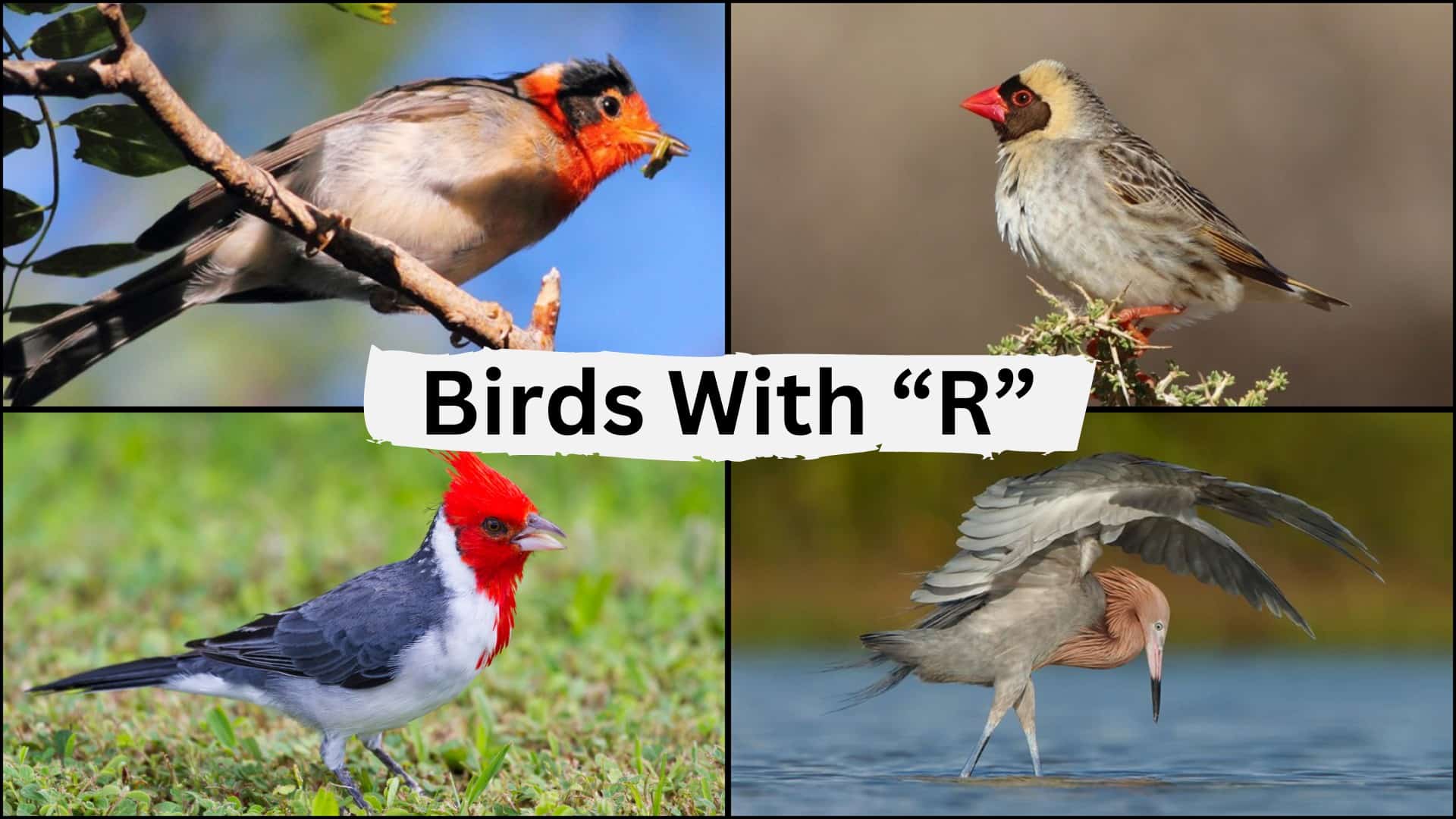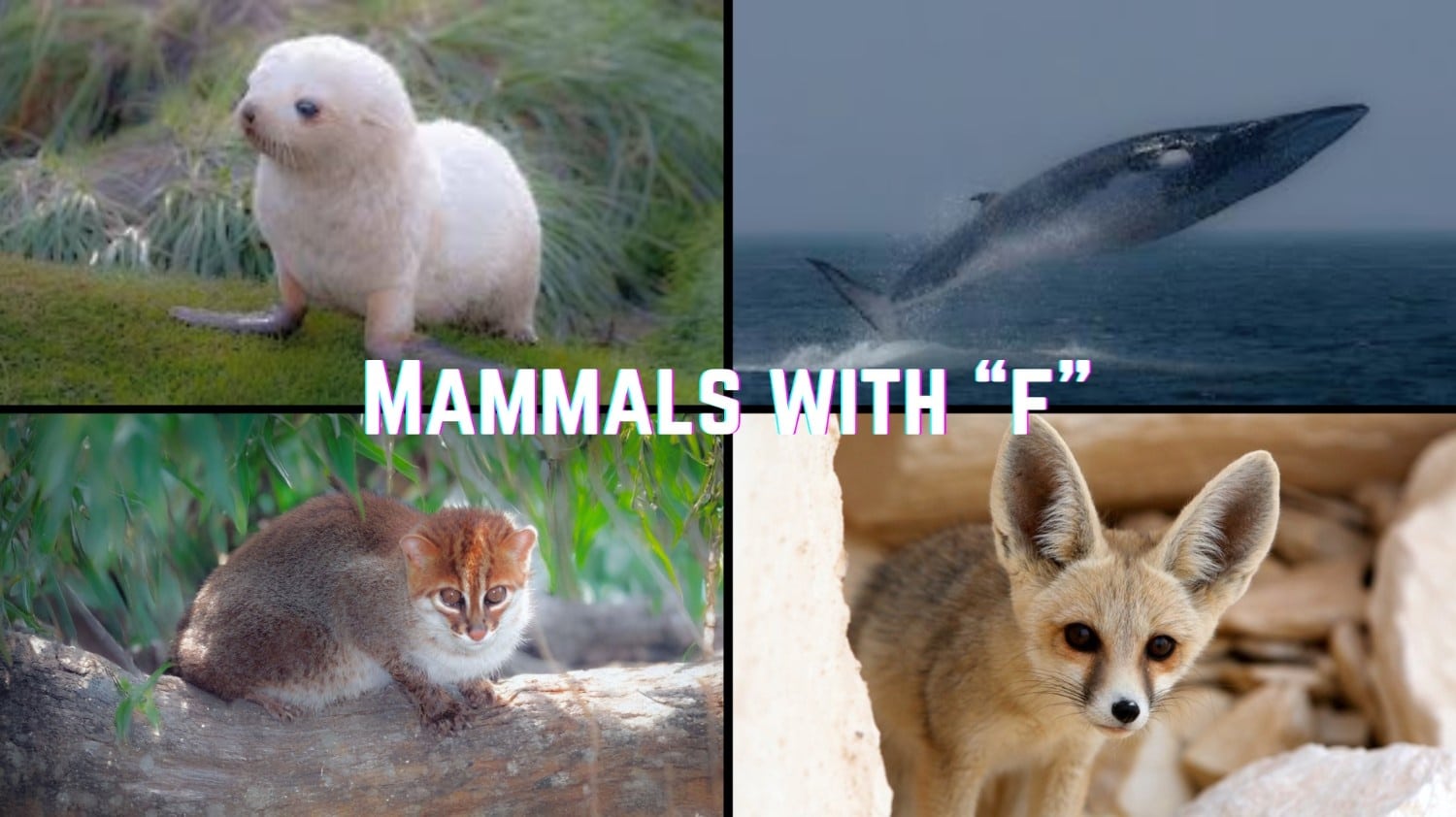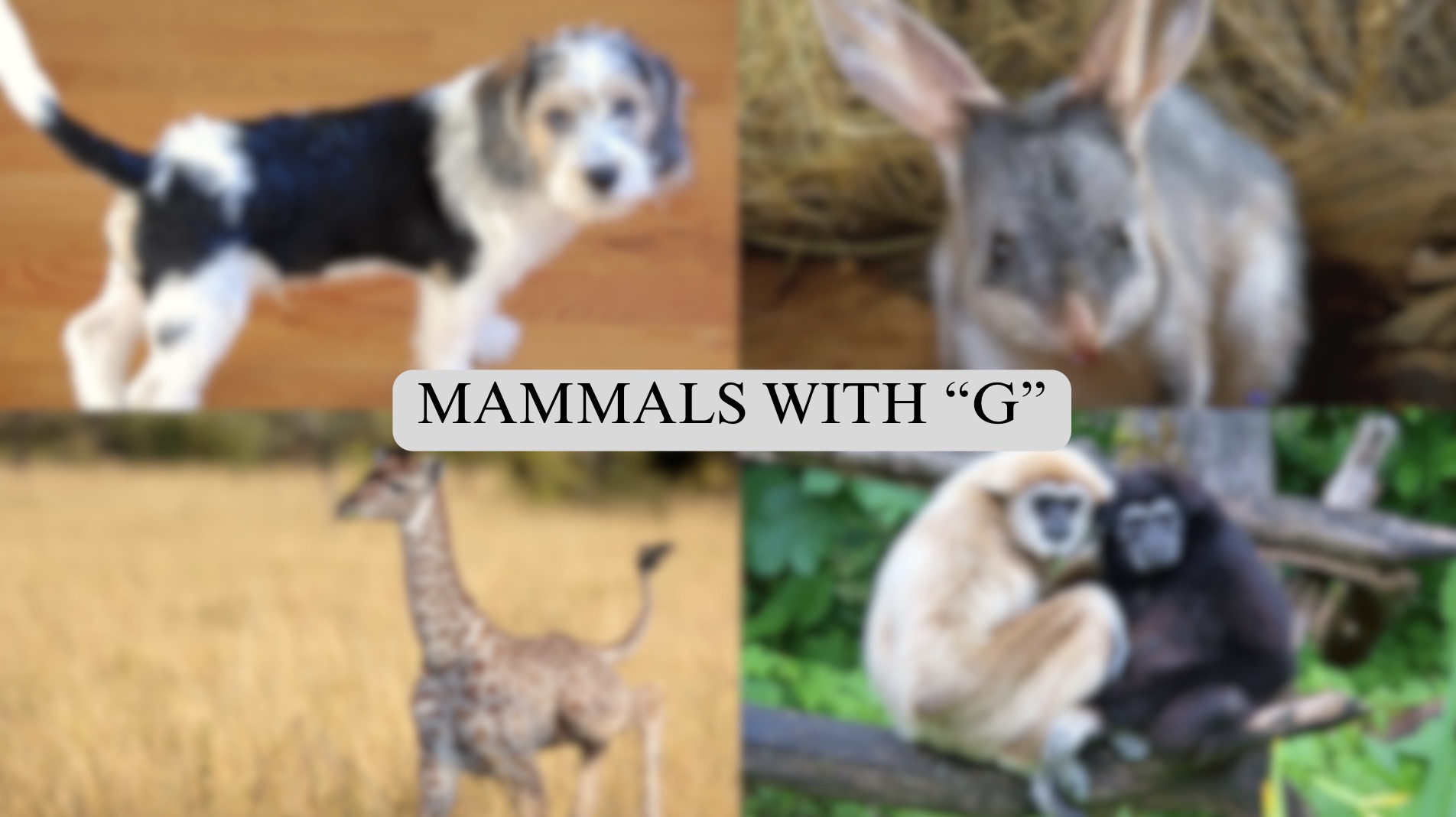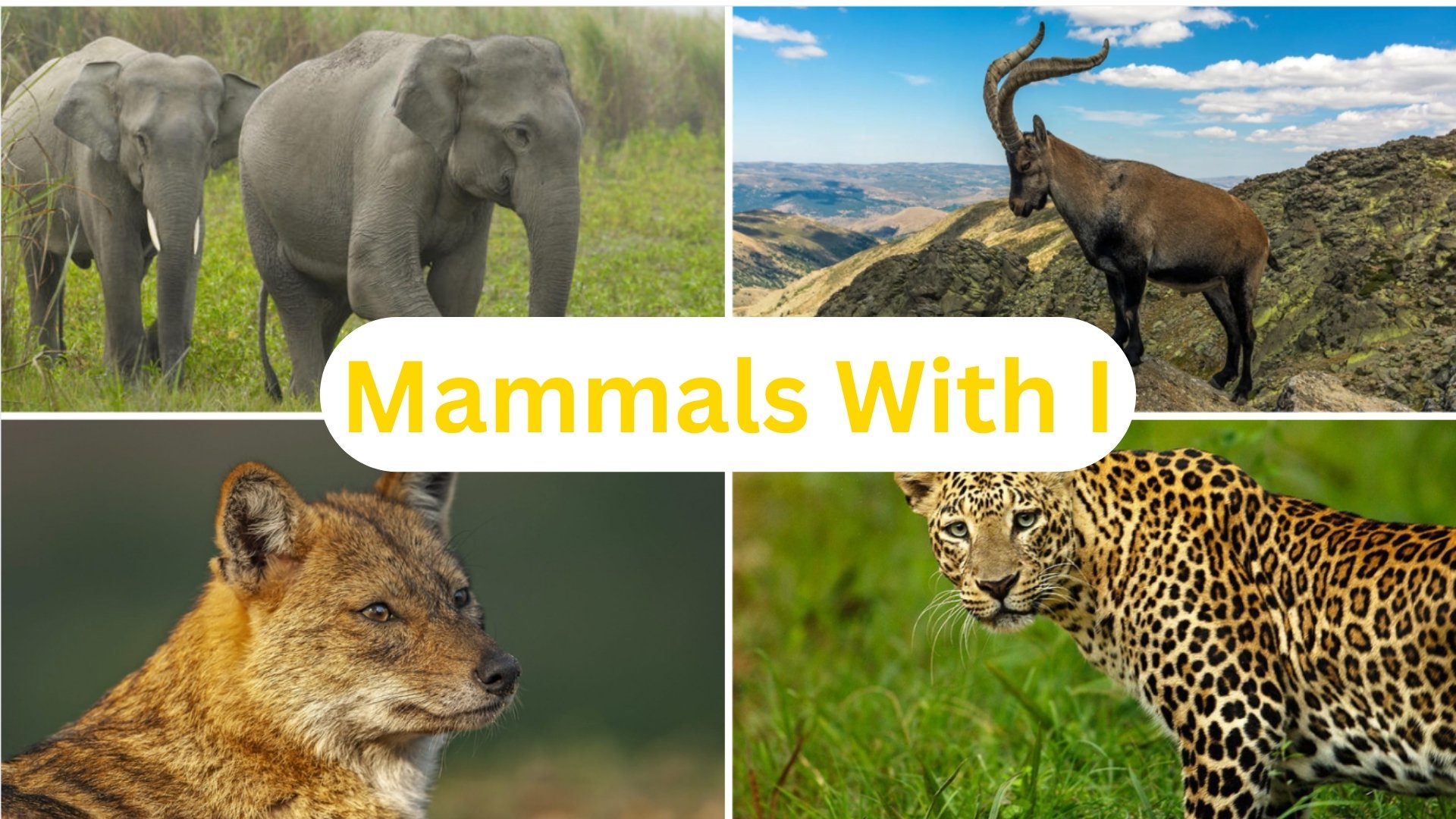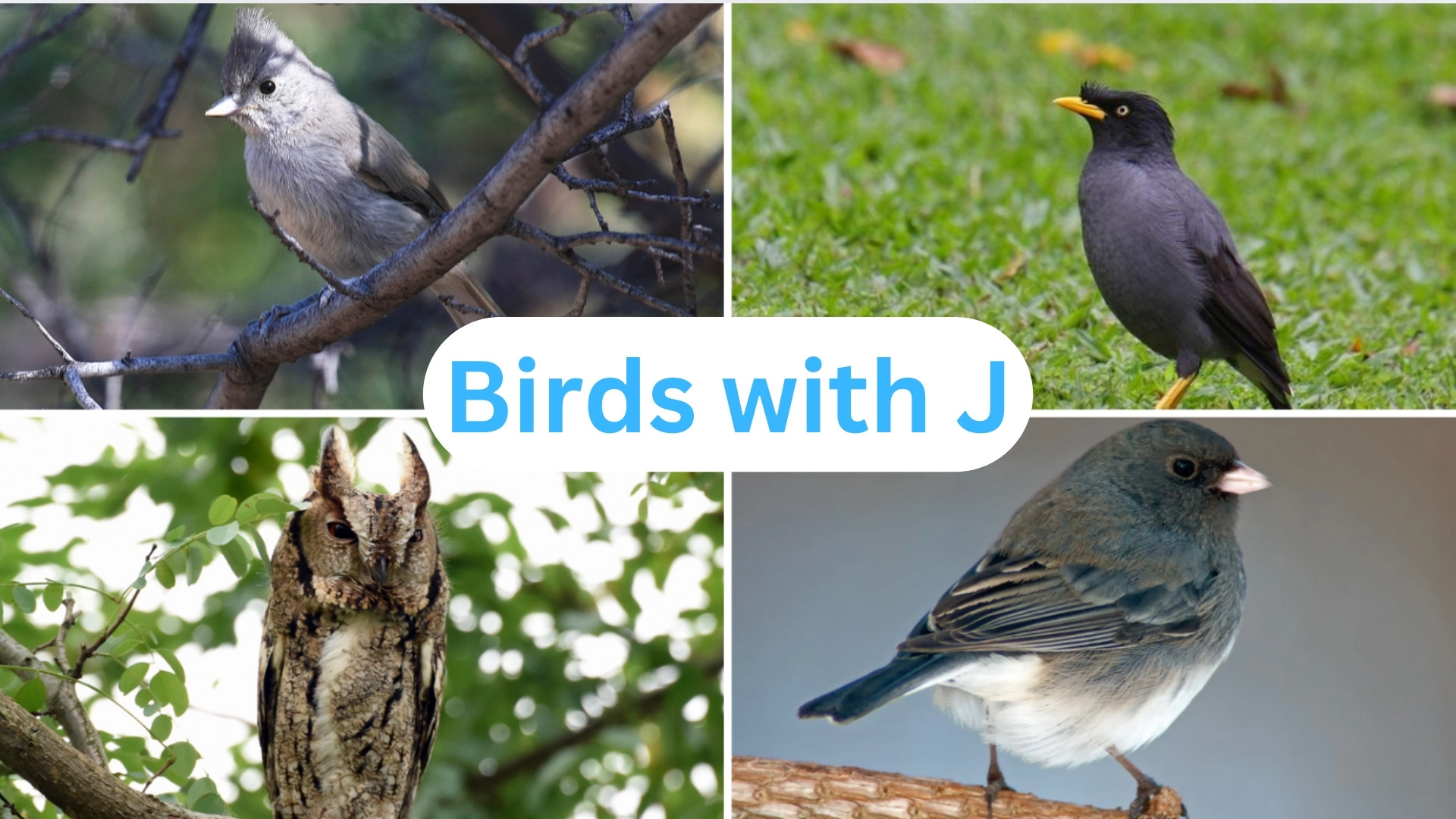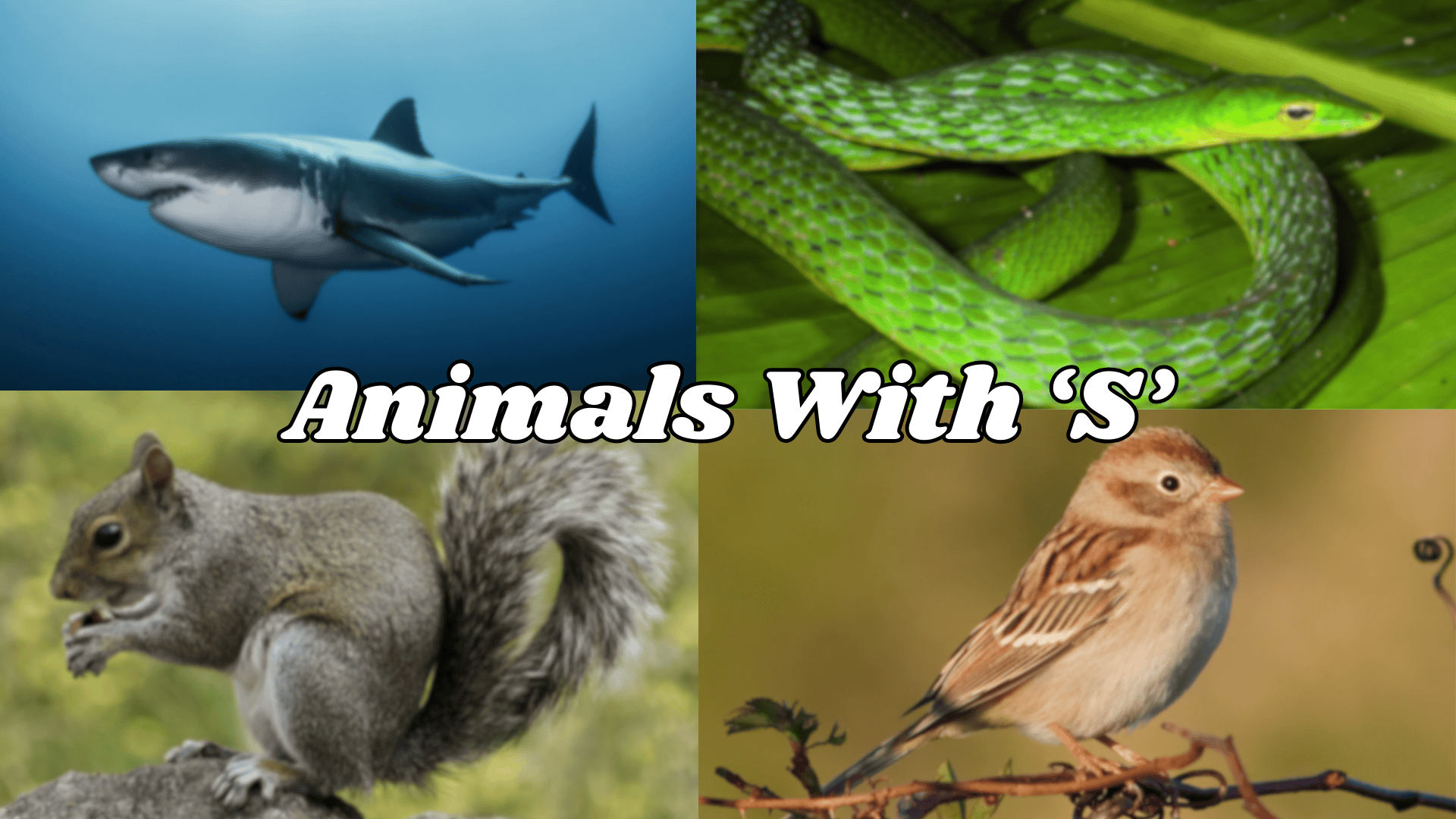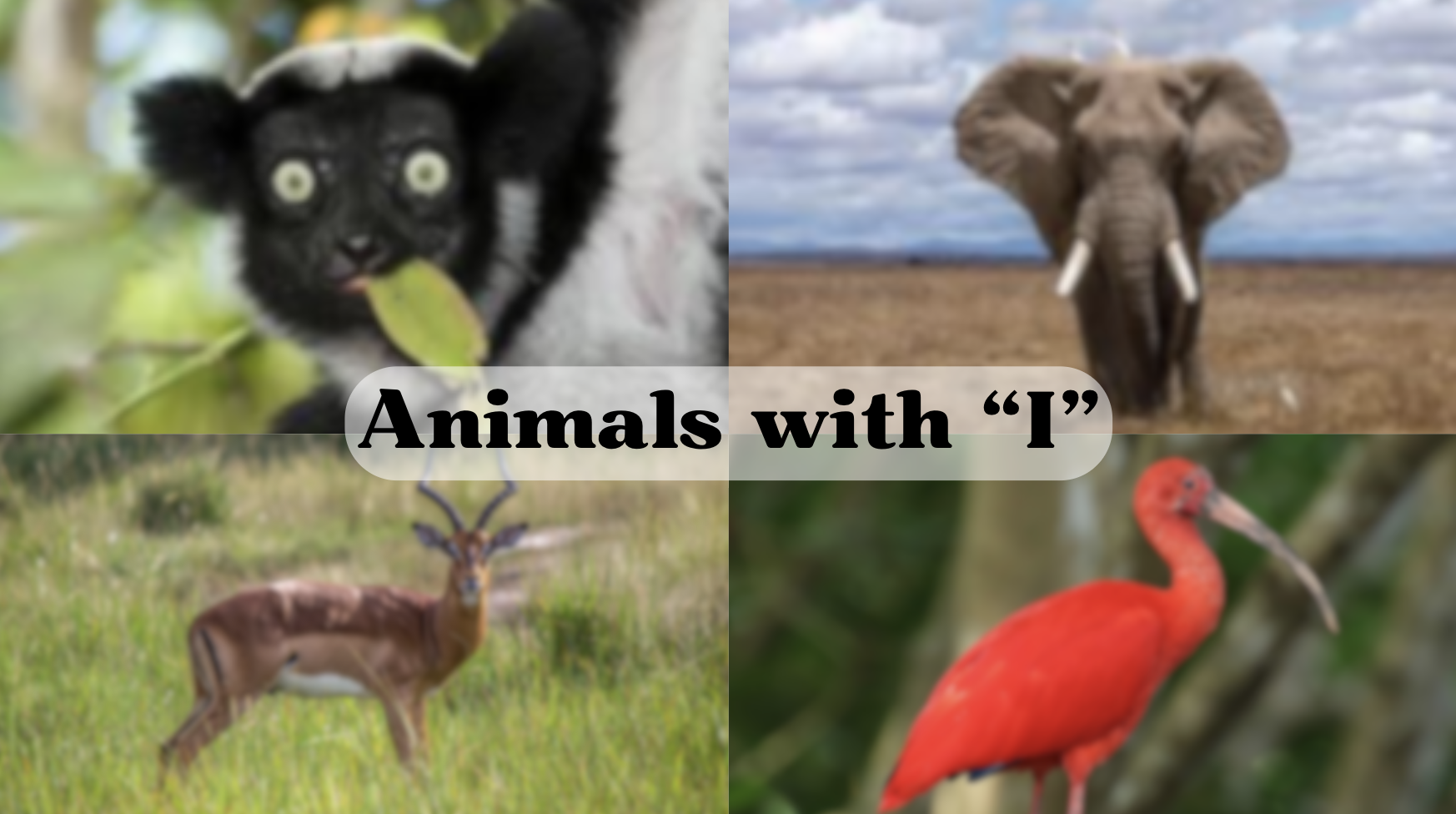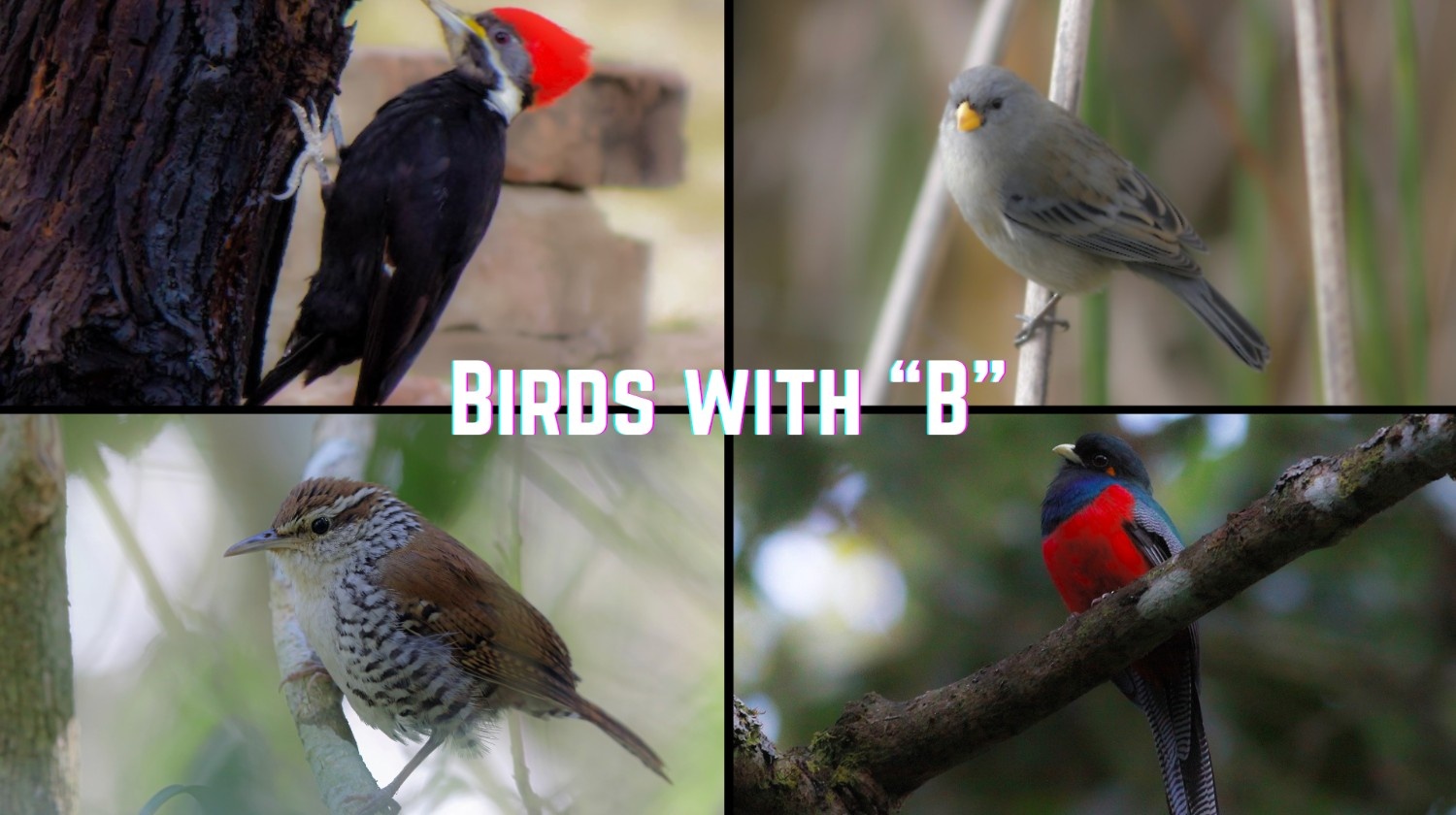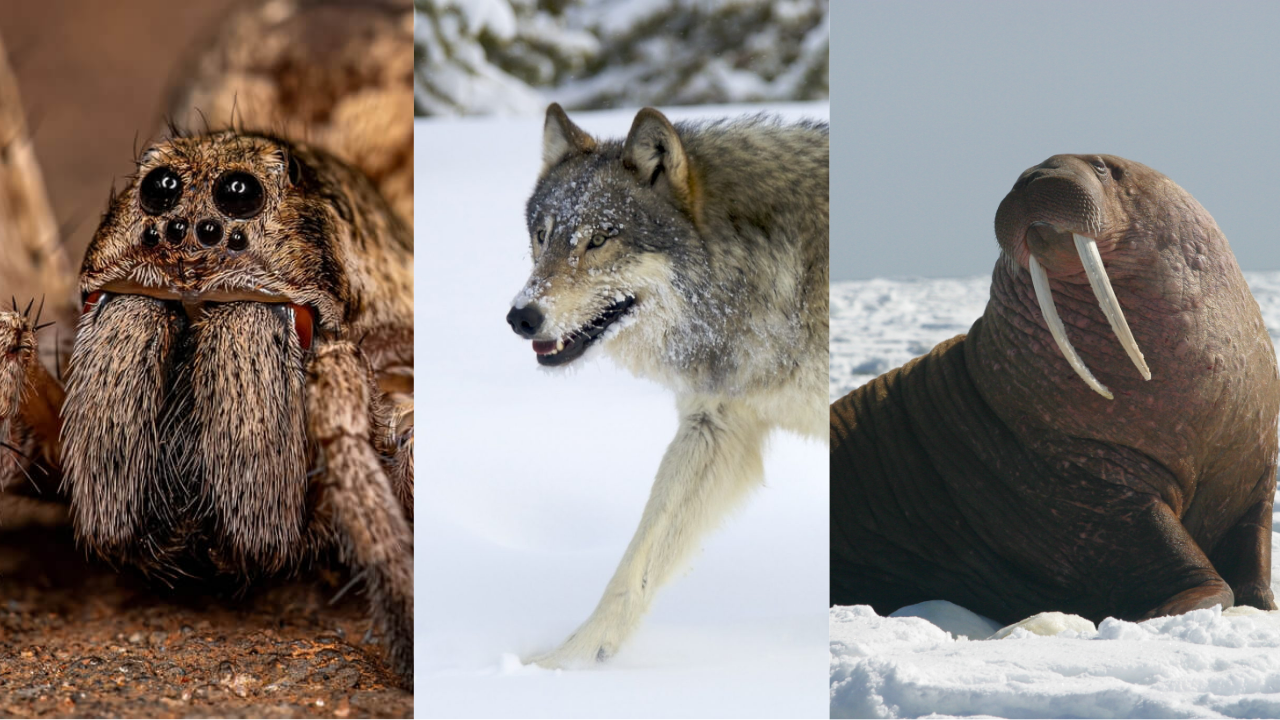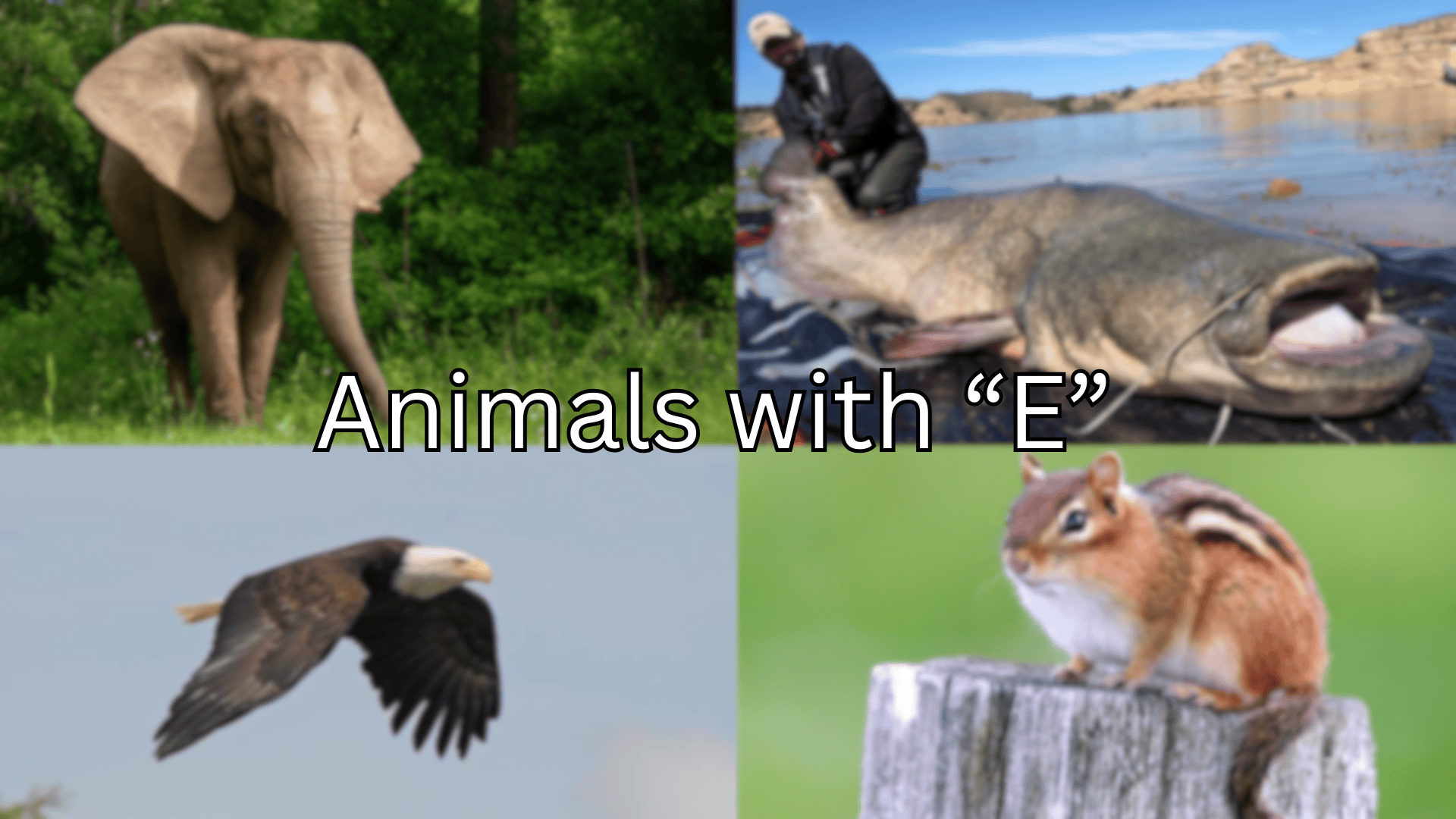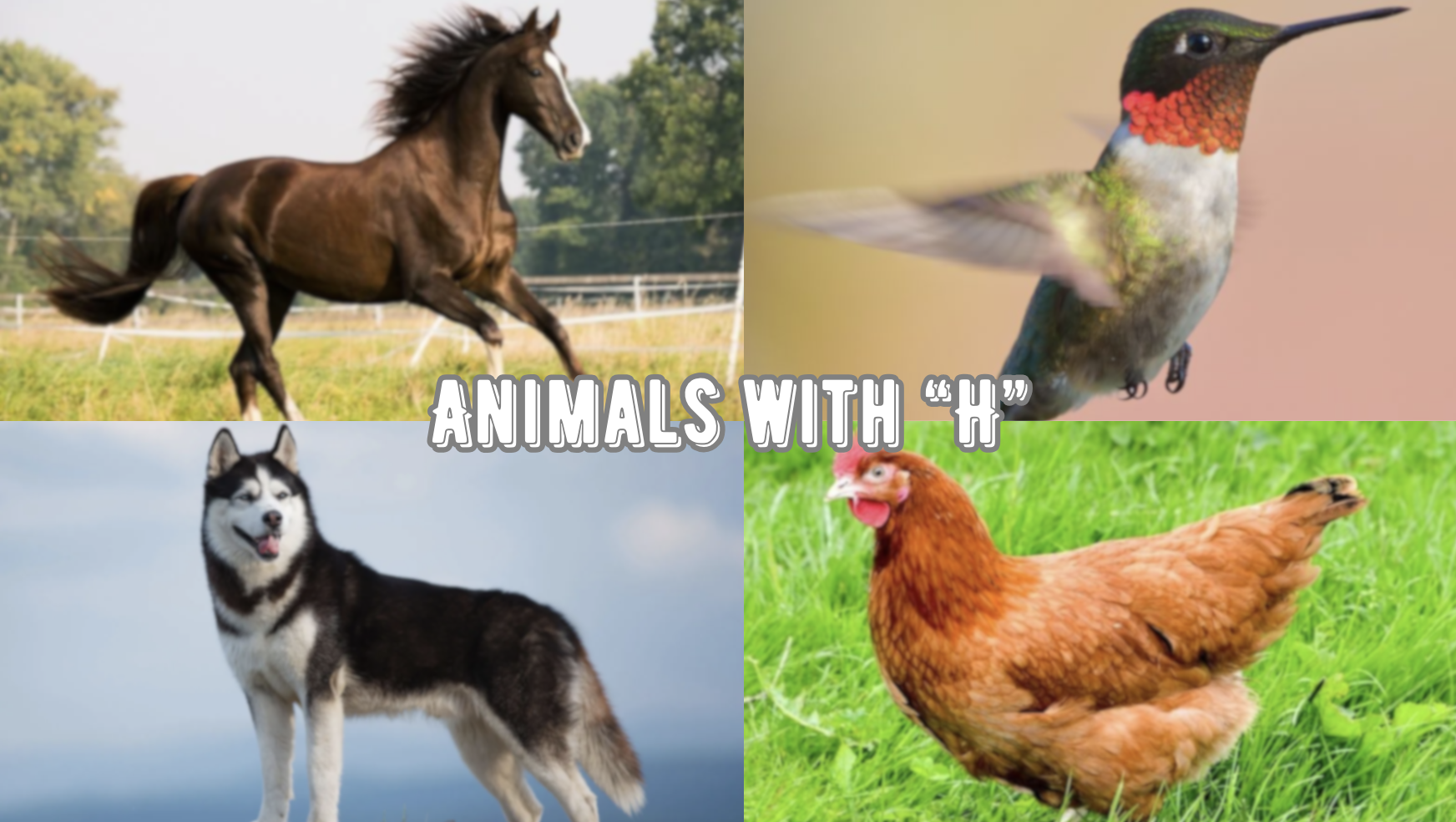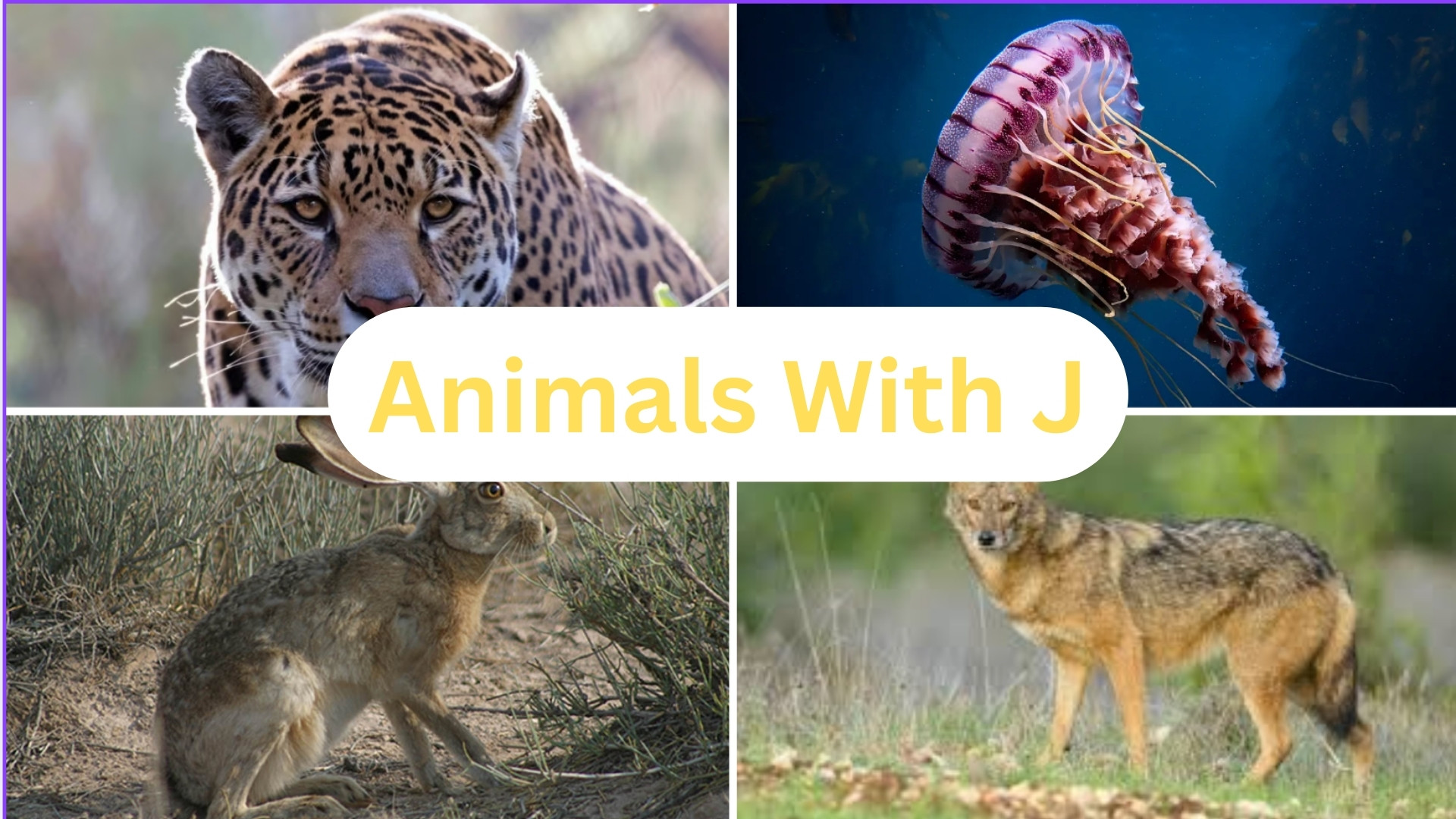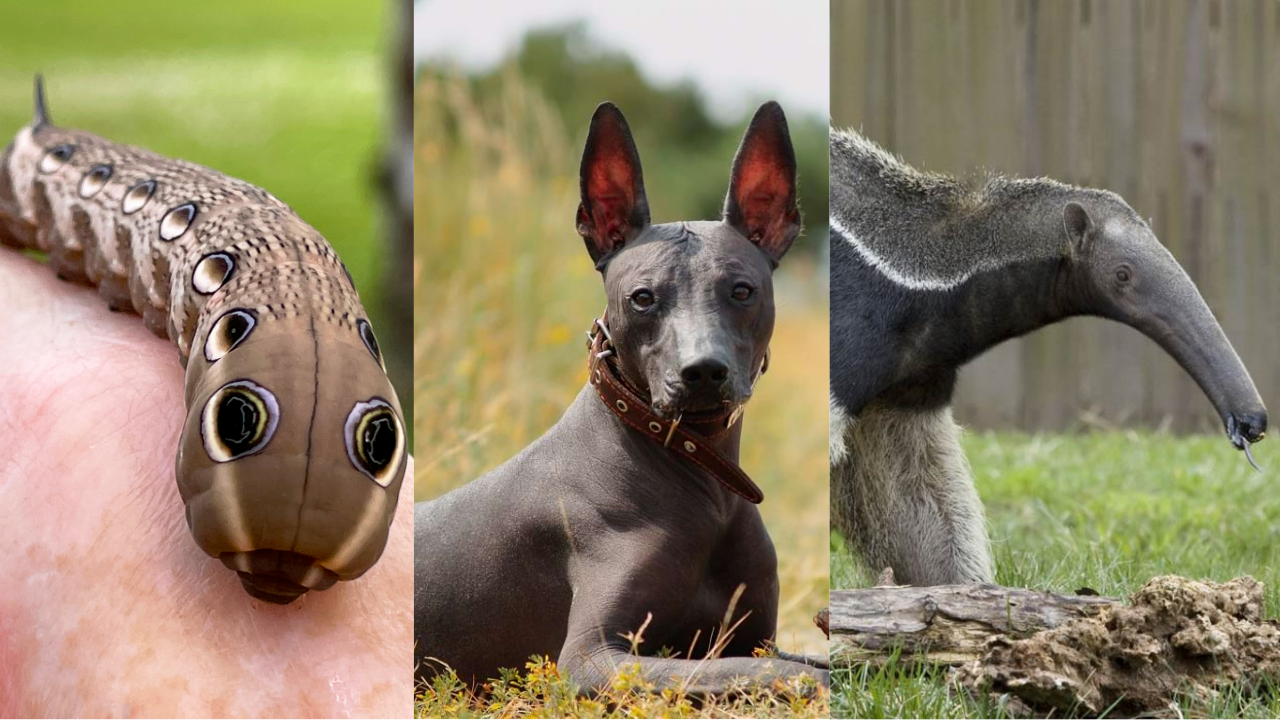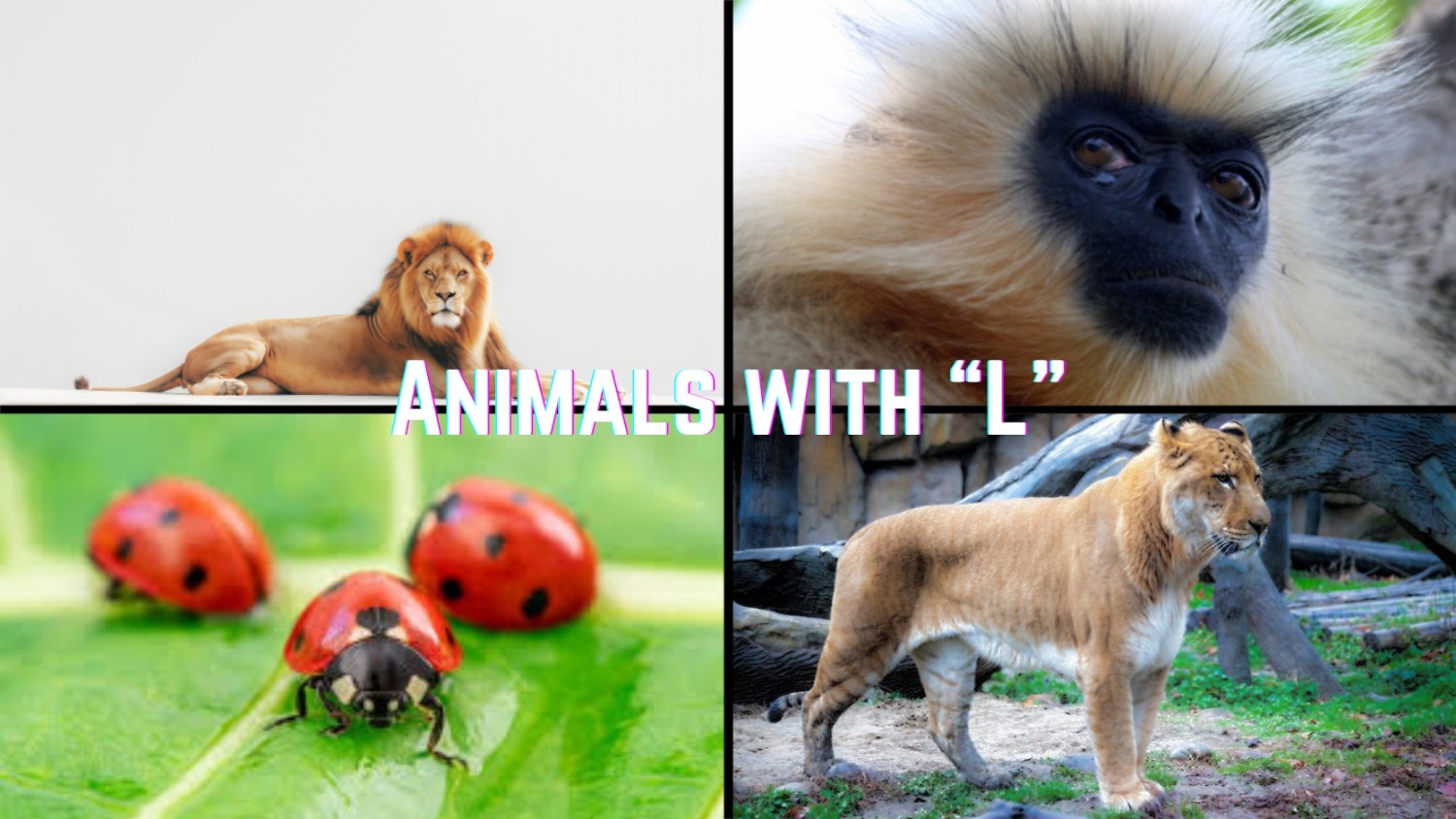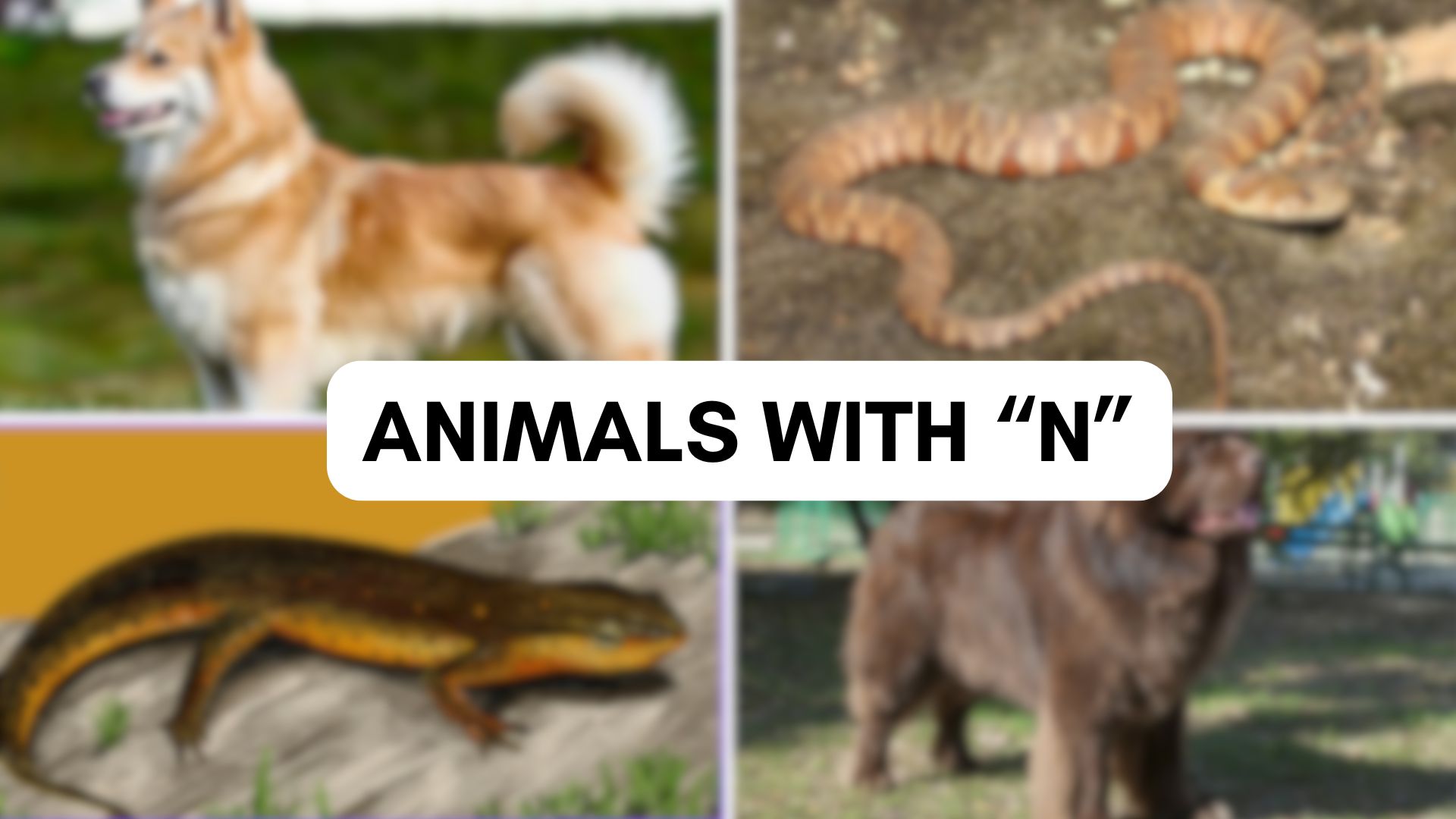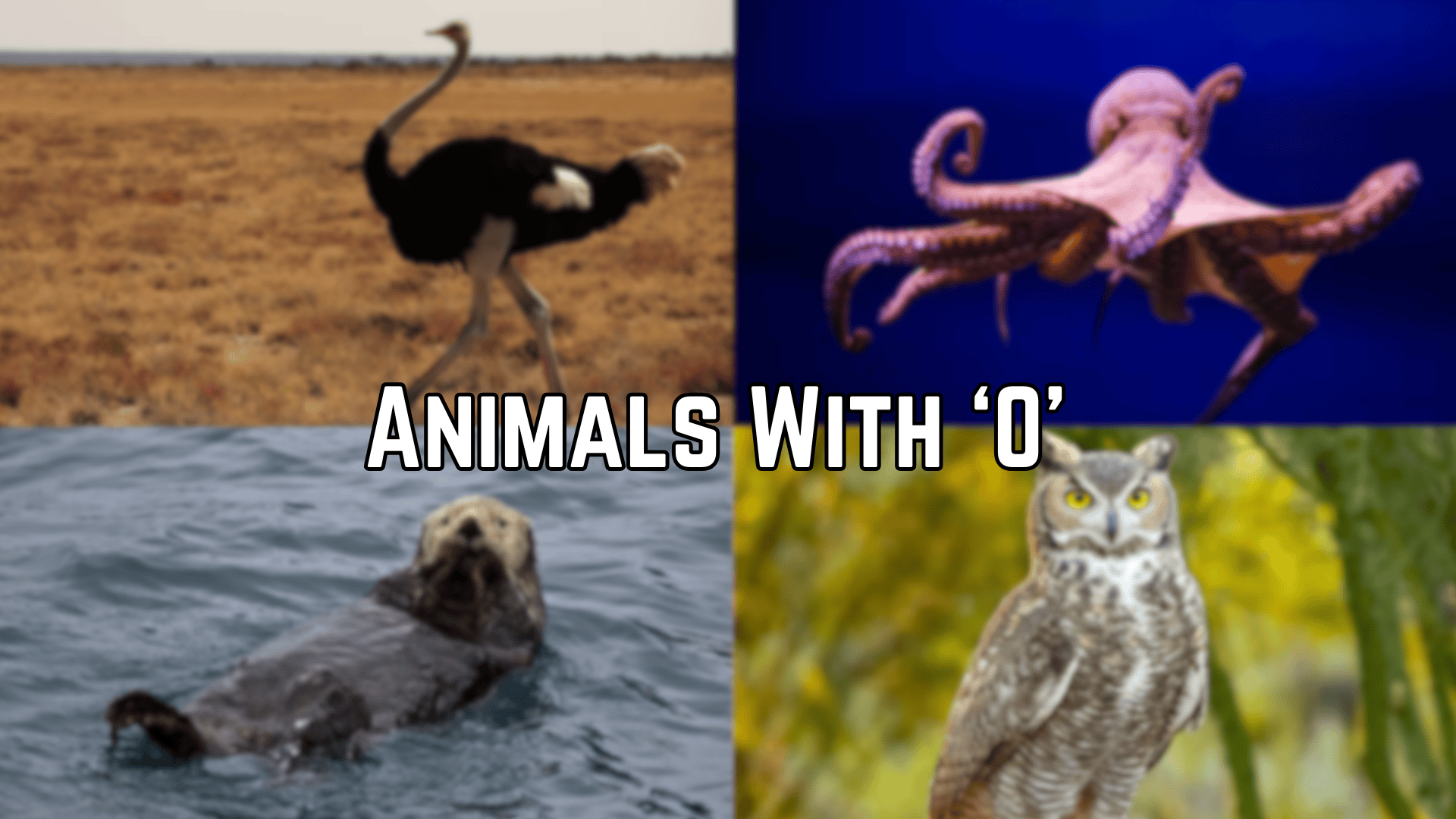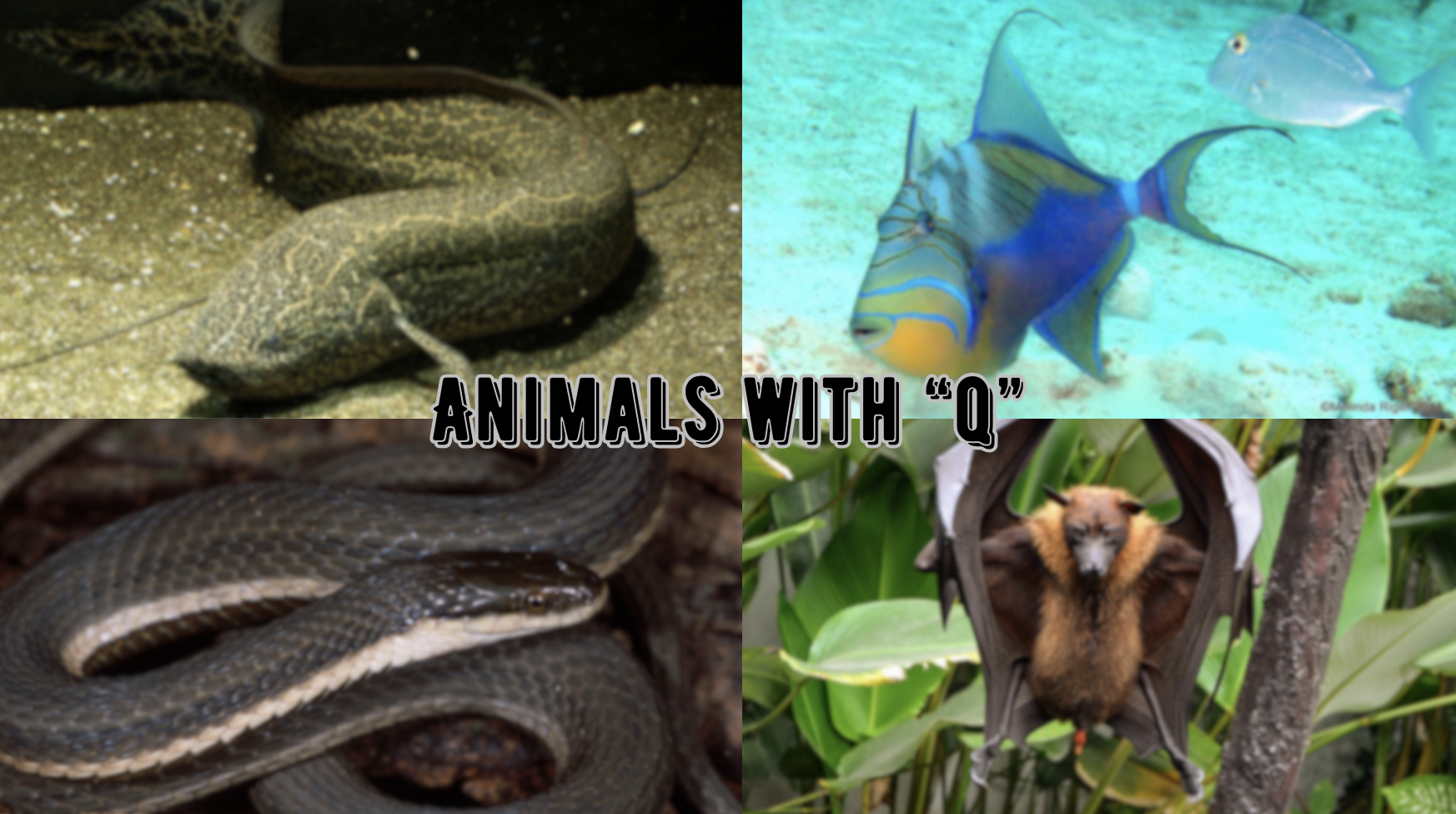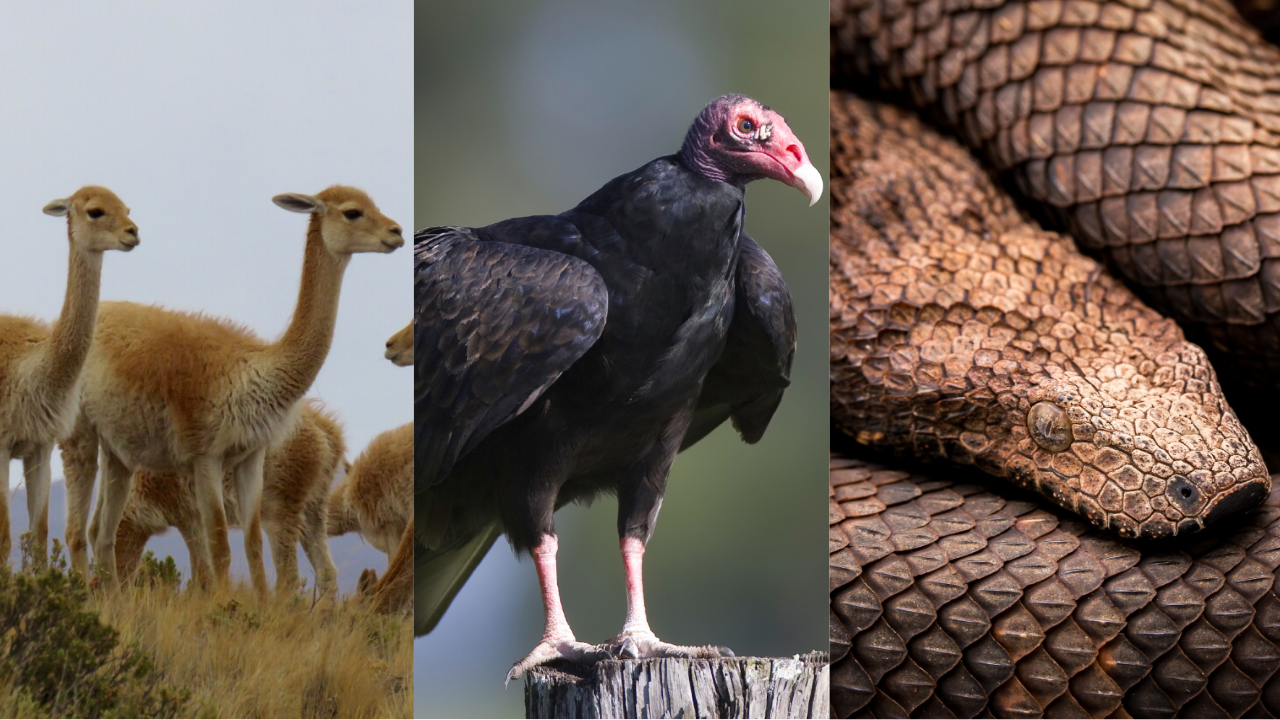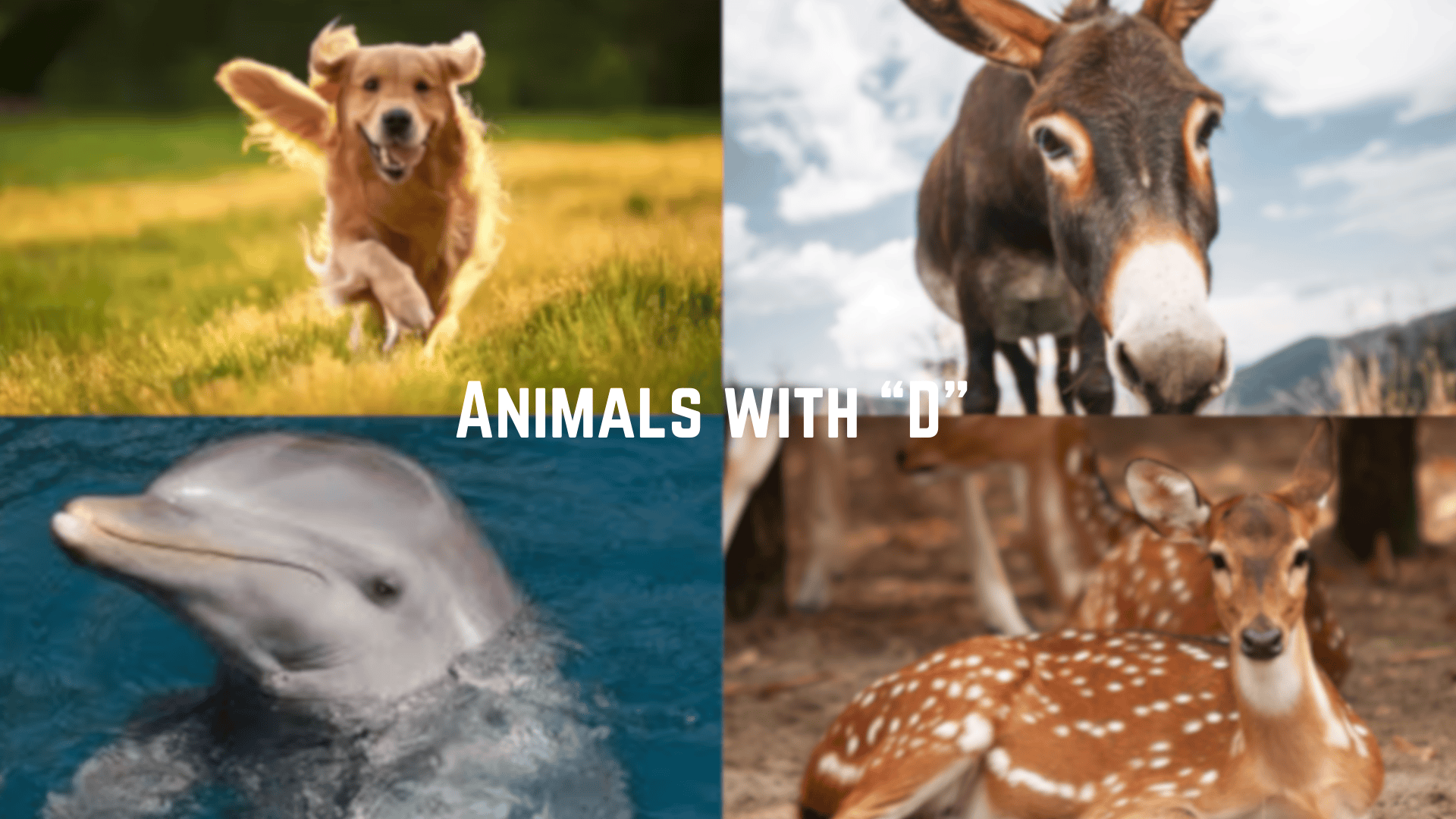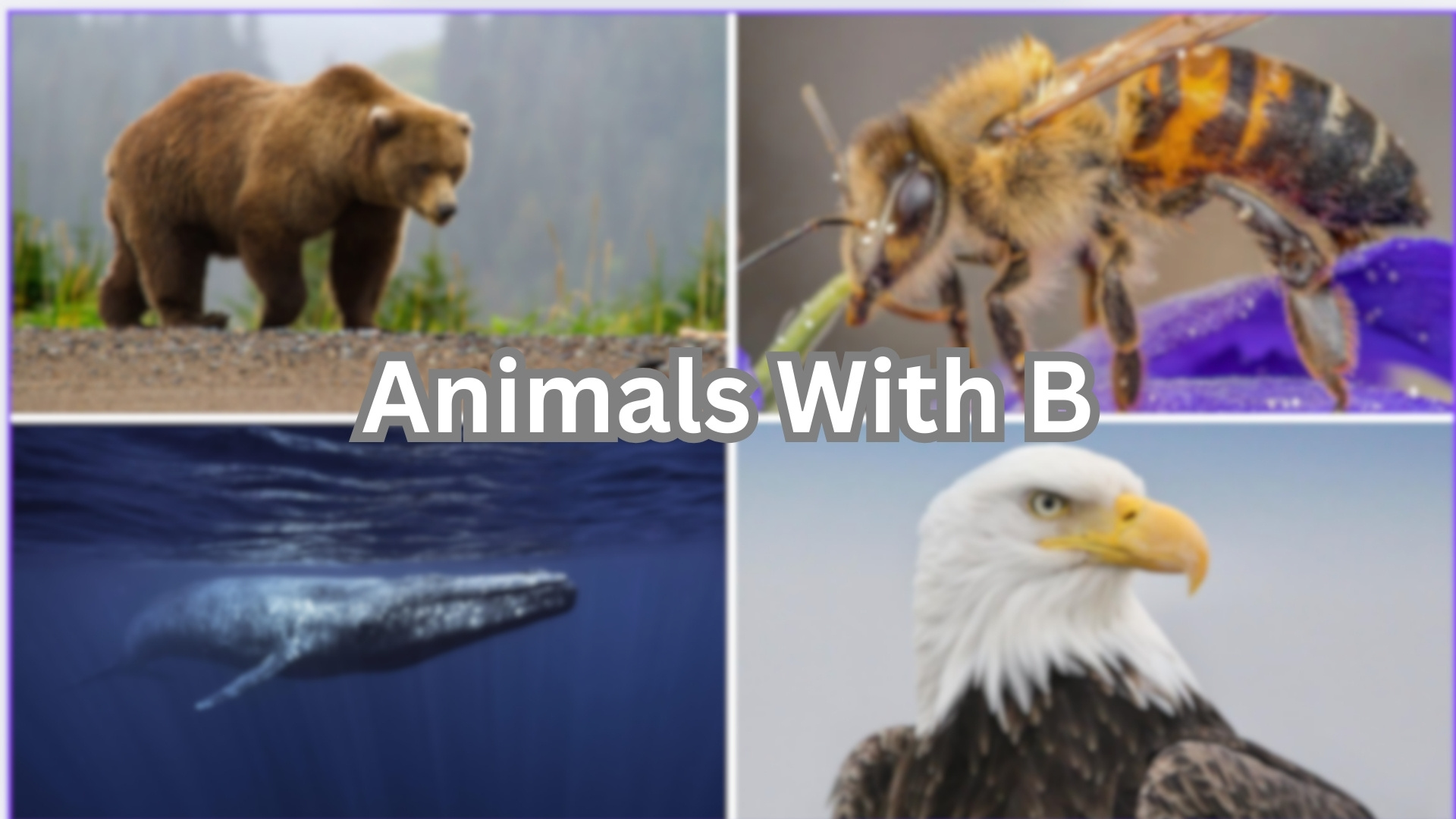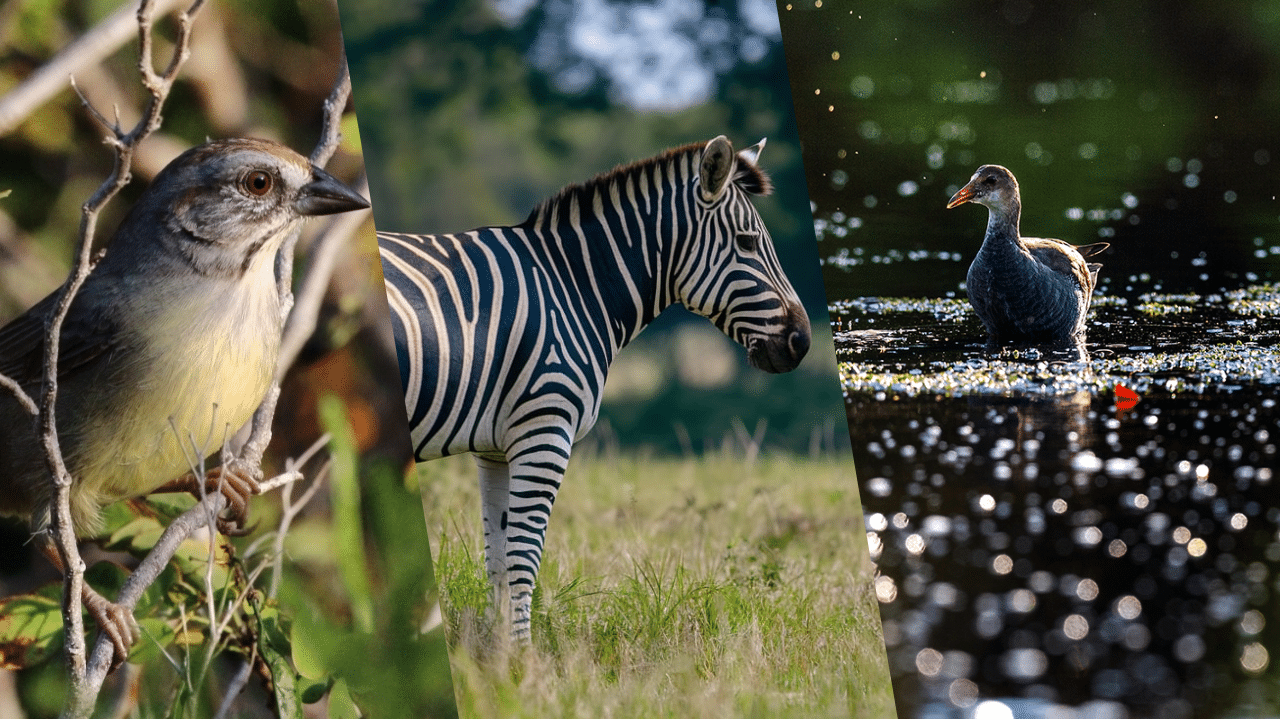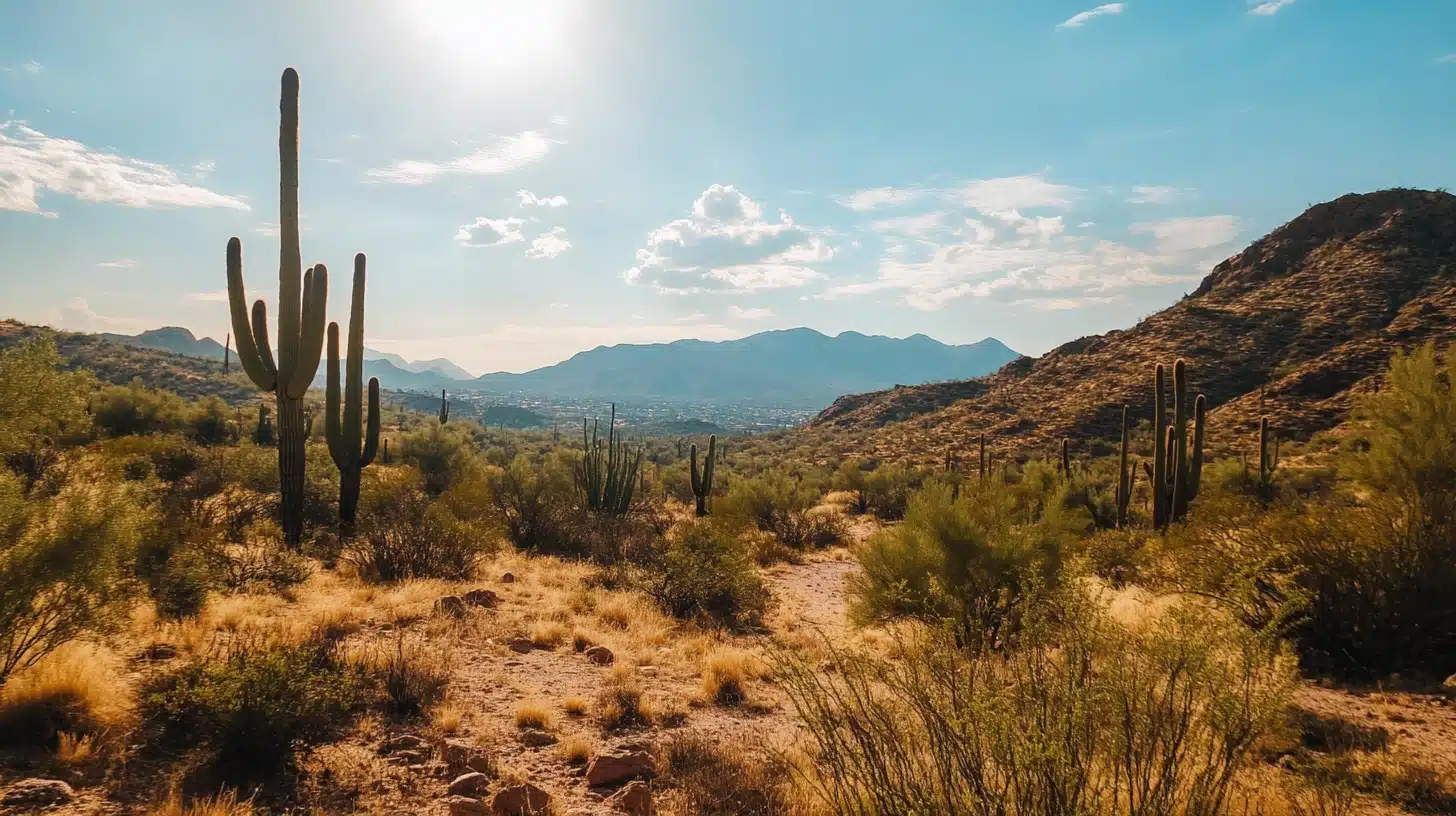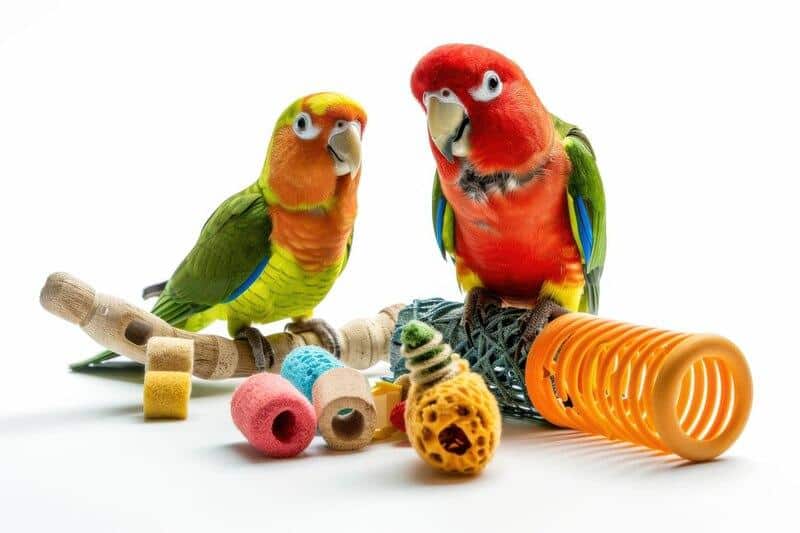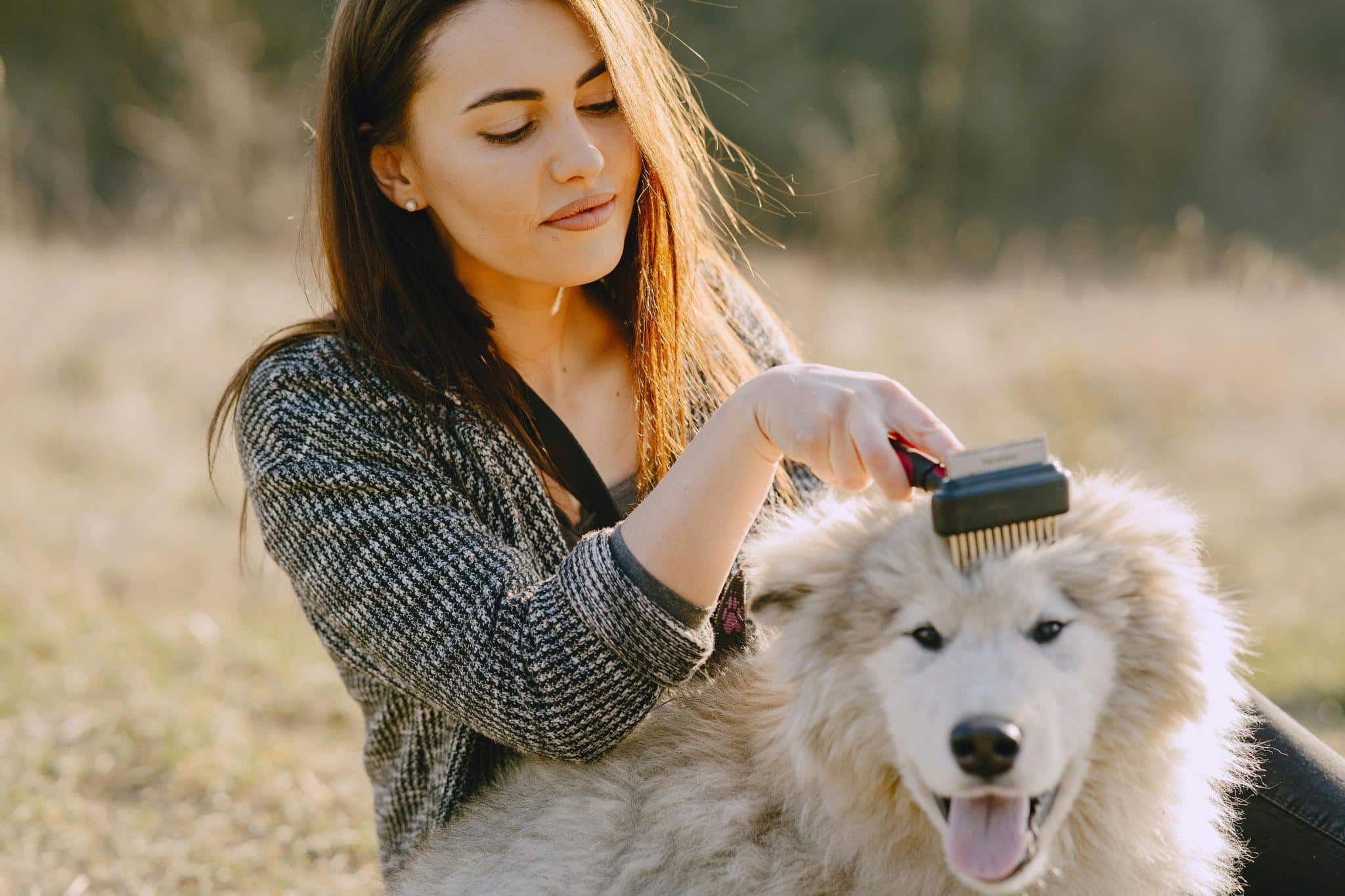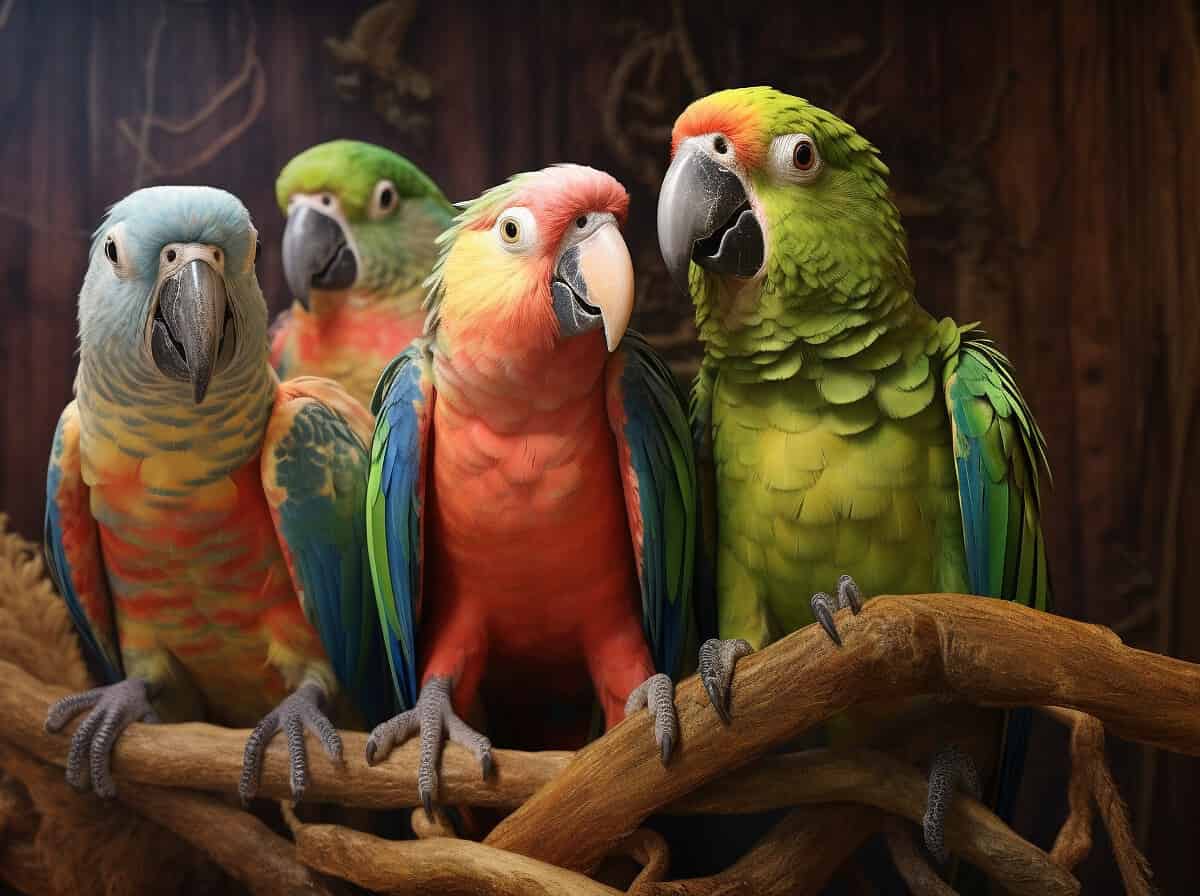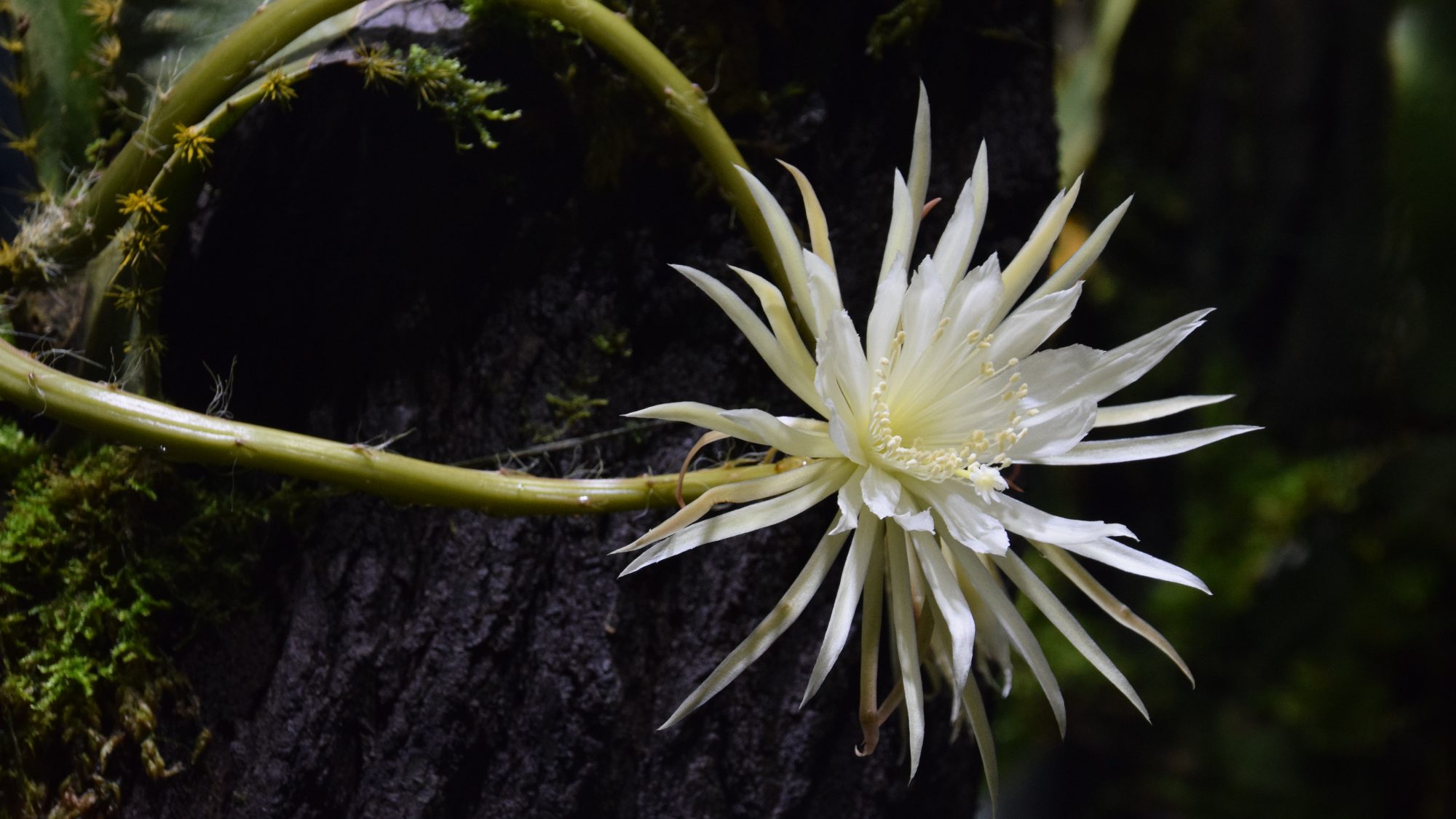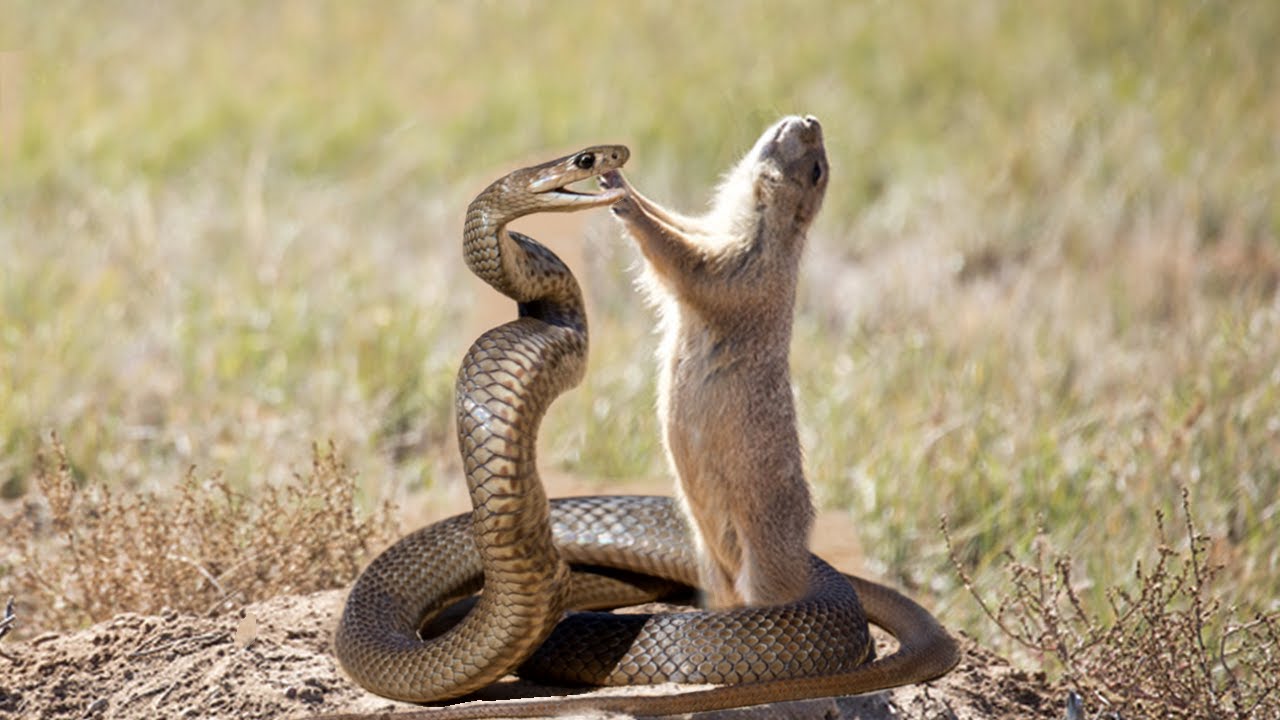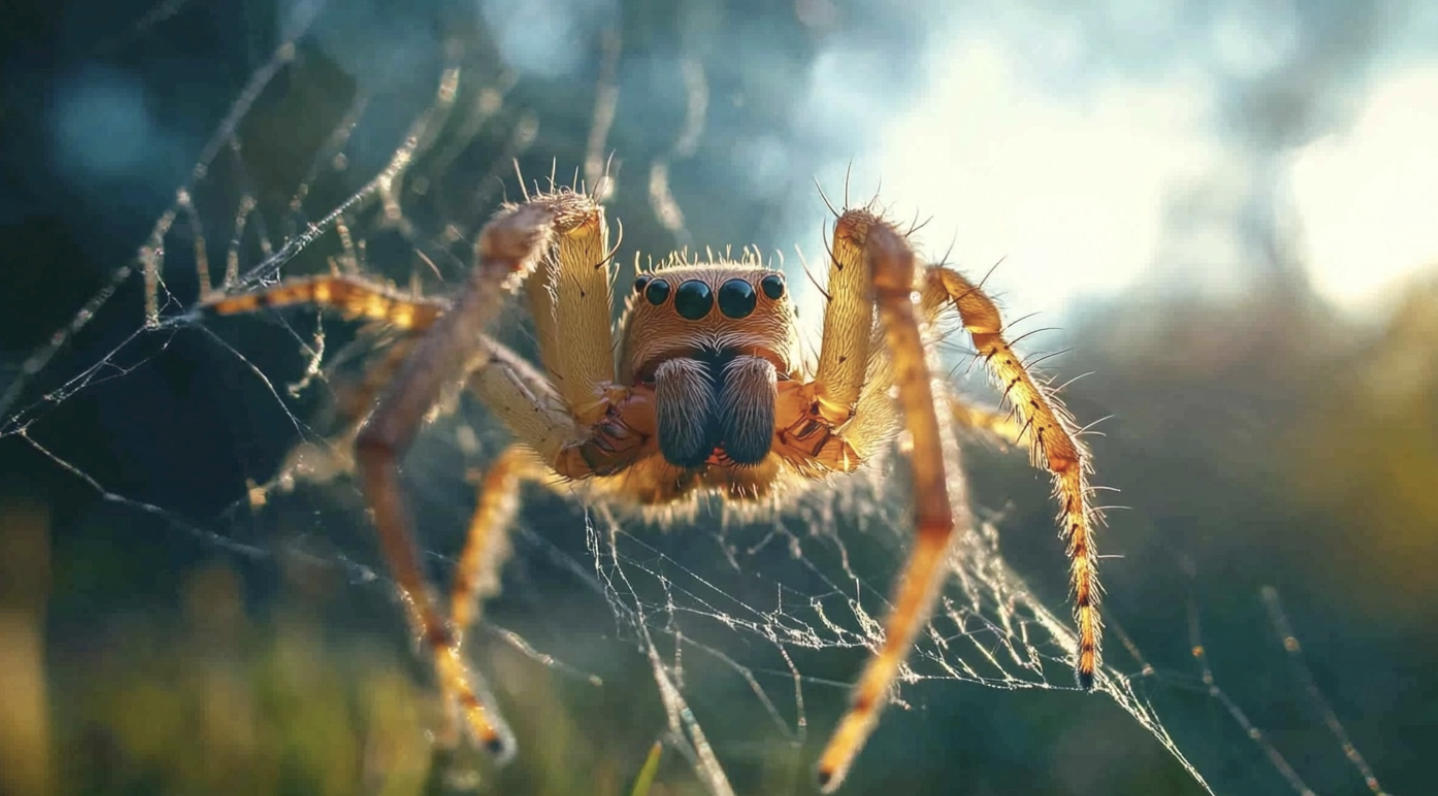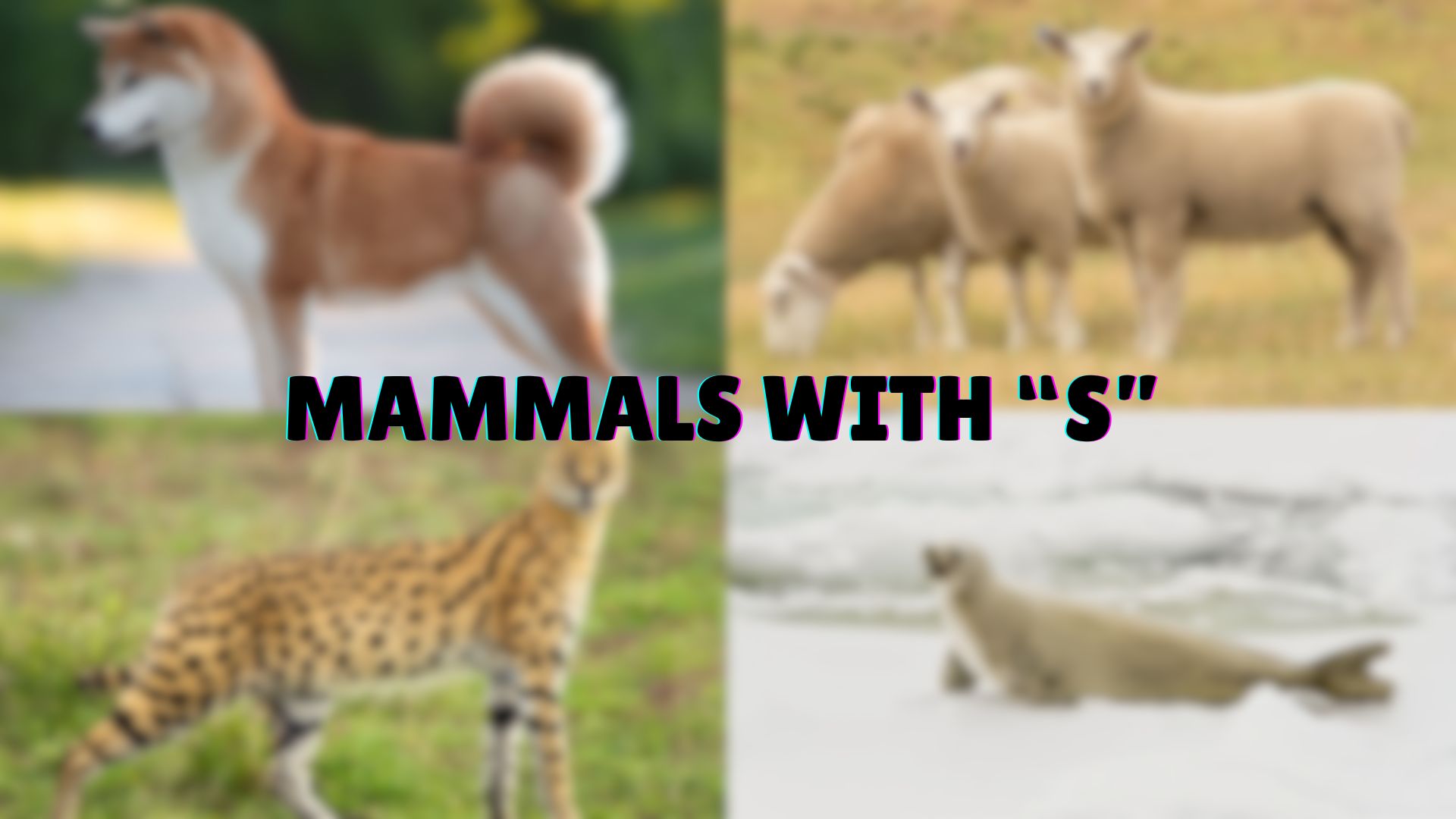
Ever wondered what wonderful animals have names starting with the letter S? Mammals with S come in all shapes and sizes, from tiny shrews to massive sea lions.
These alluring creatures live all around the world, in oceans, forests, and even in homes as pets. Some mammals with S, like the Samoyed dog and Siamese cat, make great animal friends.
Others, like seals and sea otters, spend most of their time swimming in water. Wild mammals with S include the speedy serval cat and the strong Siberian tiger.
Learning about these animals shows just how diverse nature can be. Each mammal with S has special features that help it survive, whether it’s the Sealyham Terrier’s hunting skills or the sloth’s slow-moving lifestyle.
Surprising Mammals with S: From Servals to Sloths
1. Saanen Goat
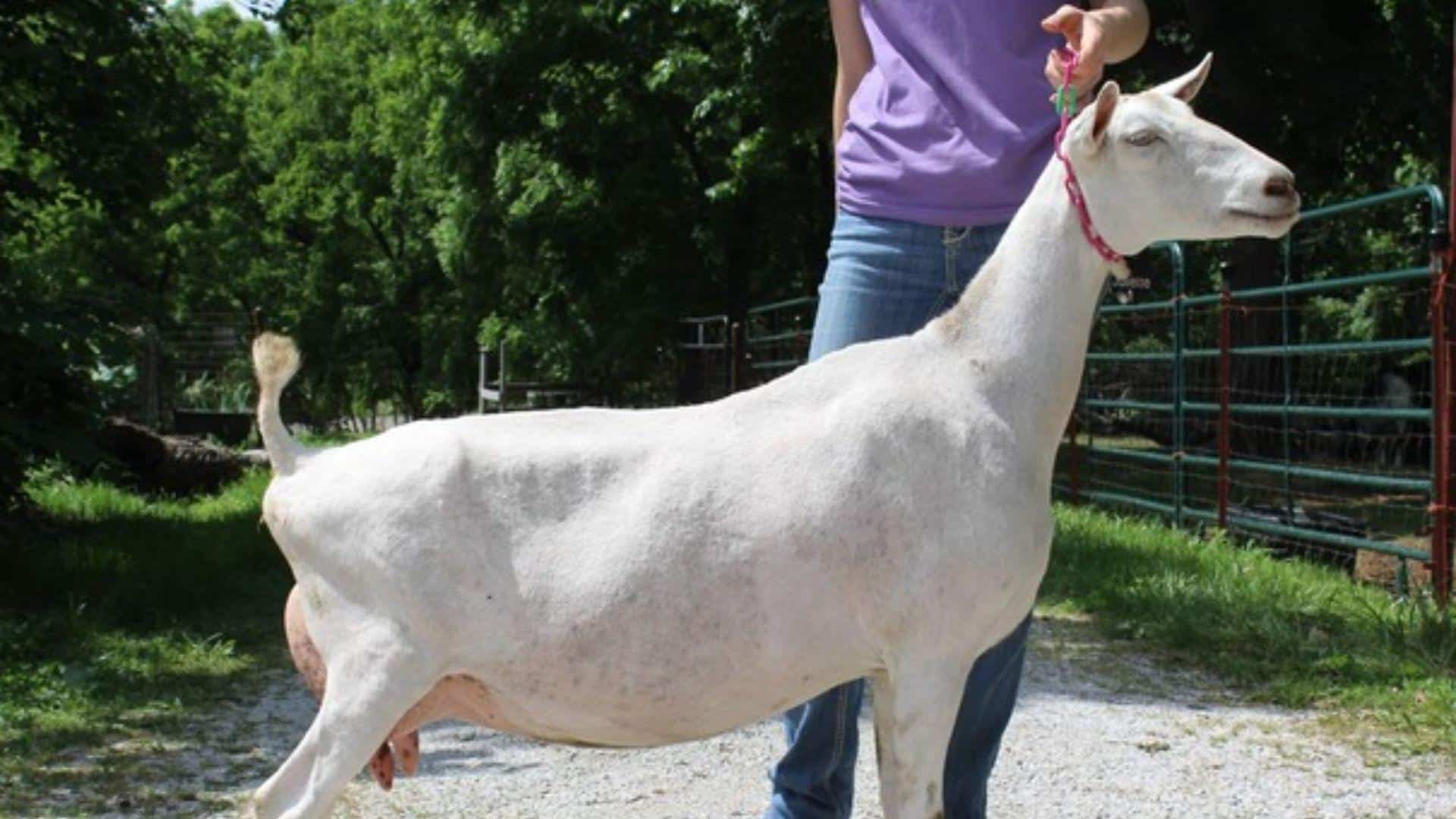
The Saanen Goat is a highly productive dairy goat breed known for its white coat and calm temperament.
Native to Switzerland, Saanens are prized for their milk production and gentle nature, making them an excellent choice for both commercial and homestead farming.
- Region of Habitat: Originated in Switzerland, now found worldwide in dairy farms.
- Scientific Name: Capra aegagrus hircus
- Feeding Habits: Herbivorous, primarily feeding on grass, hay, and grains.
- What Sound They Make: Saanen Goats make soft bleats, often used for communication with their herd.
Fun Facts
Saanen Goats are known for their calm and friendly nature, which makes them easy to handle. They are one of the most prolific milk-producing goat breeds, and their milk is used to make cheese and other dairy products.
2. Saarloos Wolfdog
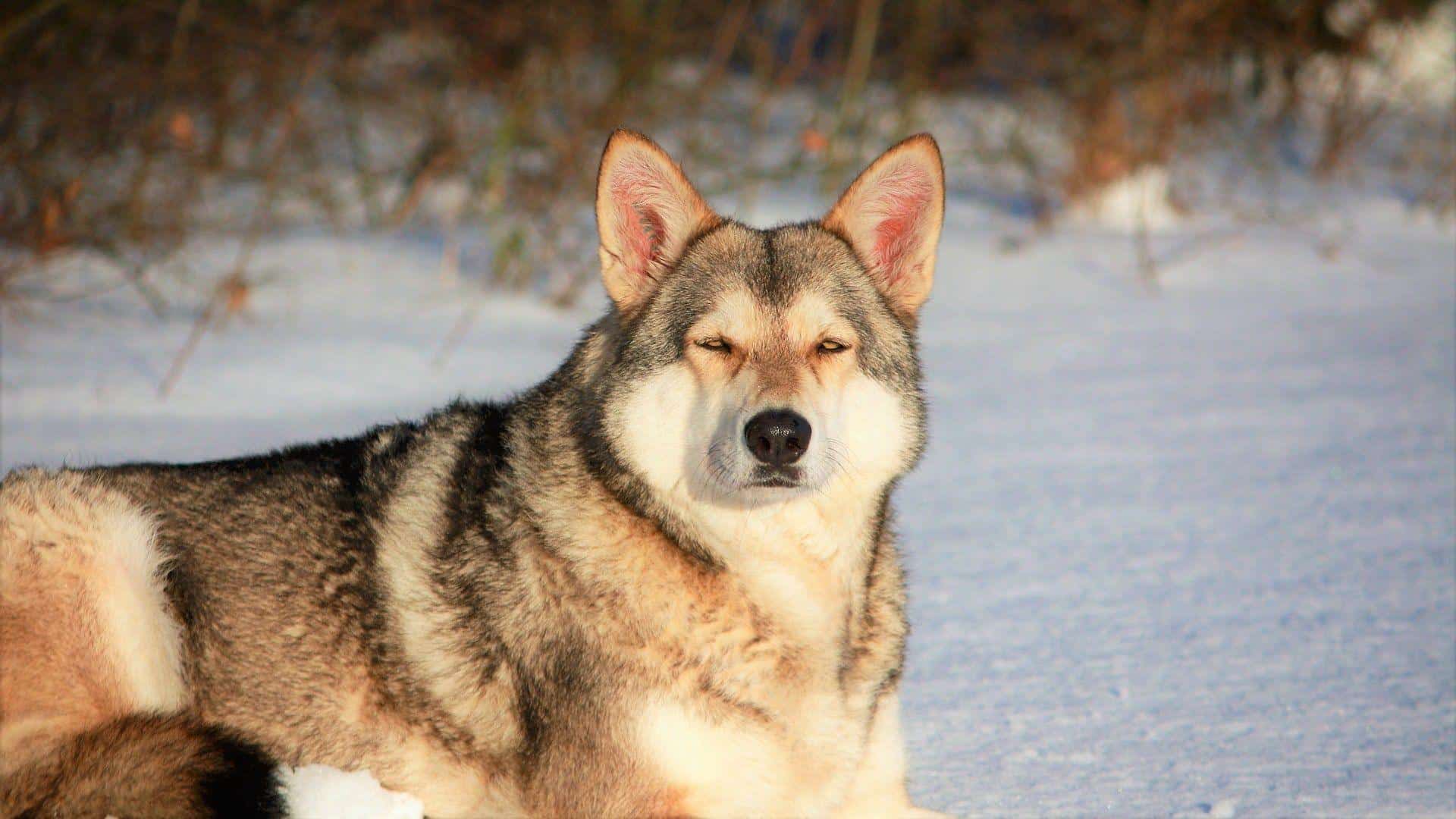
The Saarloos Wolfdog is a hybrid breed, the result of crossing a German Shepherd with a Eurasian wolf.
Known for its striking resemblance to wolves, this breed is independent, intelligent, and often reserved with strangers but fiercely loyal to its family.
- Region of Habitat: Found globally, primarily in homes as companion pets.
- Scientific Name: Canis lupus familiaris
- Feeding Habits: Omnivorous, typically consuming high-protein dog food along with vegetables and grains.
- What Sound They Make: Saarloos Wolfdogs make a variety of vocalizations, including barking, whining, and howling.
Fun Facts
Saarloos Wolfdogs are known for their wolf-like appearance, with a thick coat and piercing eyes. They are often reserved and independent, requiring experienced owners who can provide firm training and socialization.
3. Sable
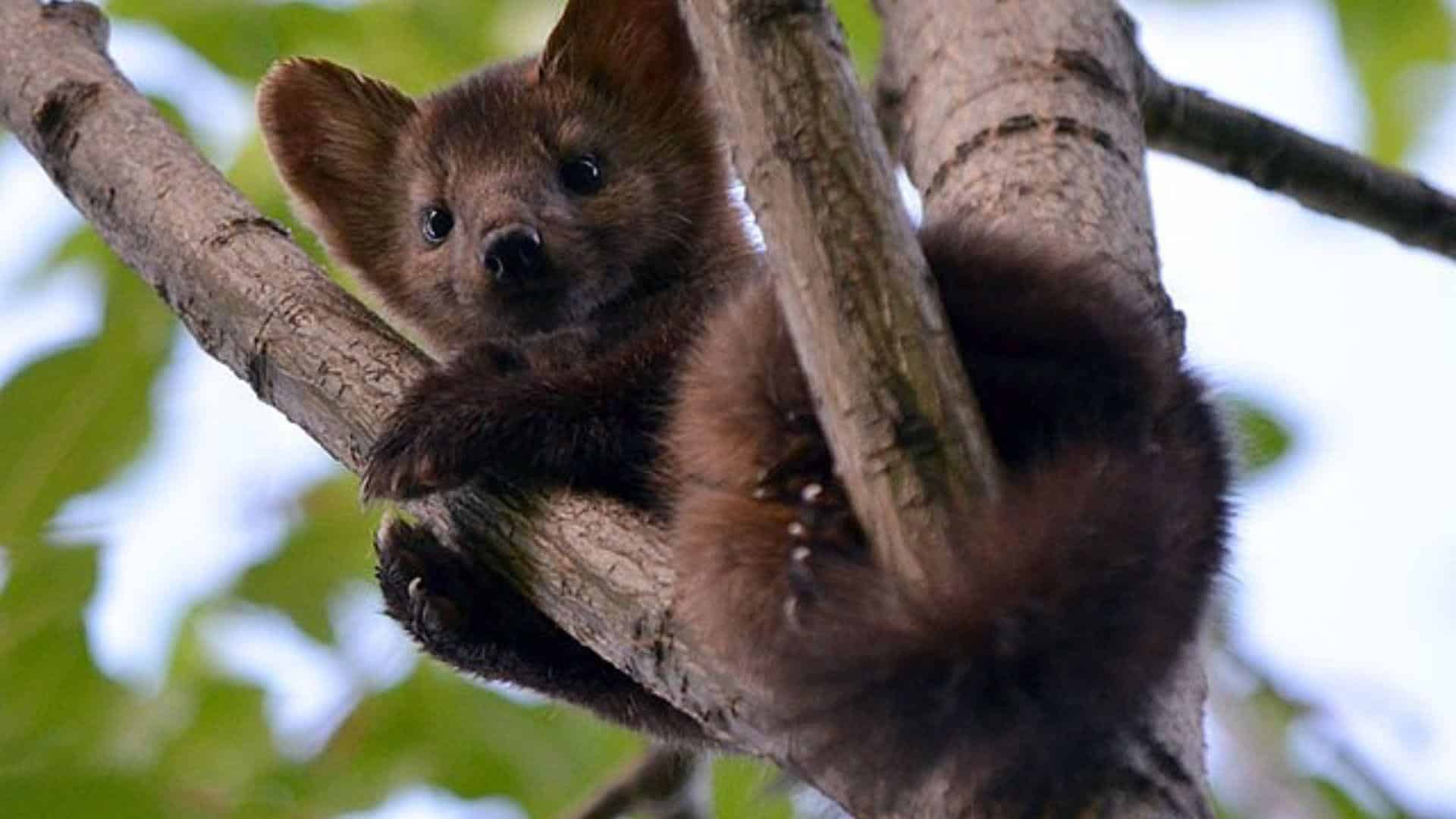
Sables are small to medium-sized carnivores known for their silky fur and hunting prowess.
Native to Asia, they are highly valued for their fur, which is used in luxury fashion. Sables are solitary and primarily feed on small mammals, birds, and insects.
- Region of Habitat: Found in the forested areas of Siberia, Eastern Europe, and Japan.
- Scientific Name: Martes zibellina
- Feeding Habits: Carnivorous, feeding on small mammals, birds, and insects.
- What Sound They Make: Sables make a variety of high-pitched vocalizations, including chirps and growls, especially when threatened.
Fun Facts
Sables have excellent vision and are known for their sharp sense of hearing, which helps them detect even the slightest movements of prey.
This makes them highly effective hunters, able to catch small mammals, birds, and insects in their natural forest habitat.
4. Sable Black German Shepherd
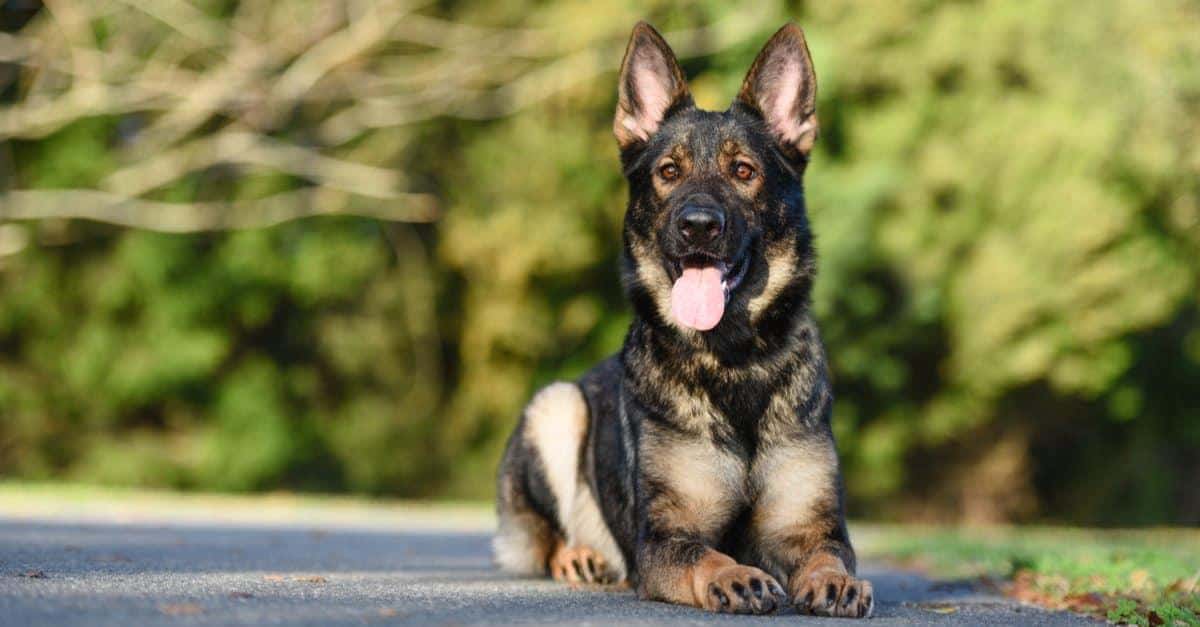
The Sable Black German Shepherd is a striking variant of the German Shepherd breed, known for its black and sable-colored coat.
This breed is intelligent, loyal, and versatile, excelling in work such as police, military, and search and rescue.
- Region of Habitat: Found globally, particularly in homes as service dogs and working dogs.
- Scientific Name: Canis lupus familiaris
- Feeding Habits: Omnivorous, requiring a balanced diet of meat, vegetables, and dog food.
- What Sound They Make: Sable Black German Shepherds make strong, alert barks and occasional growls to communicate or alert their owners.
Fun Facts
Sable Black German Shepherds are known for their unique coloring and remarkable intelligence. They are often used in various working roles due to their trainability and courage, including roles in military and police work.
5. Sable Ferret
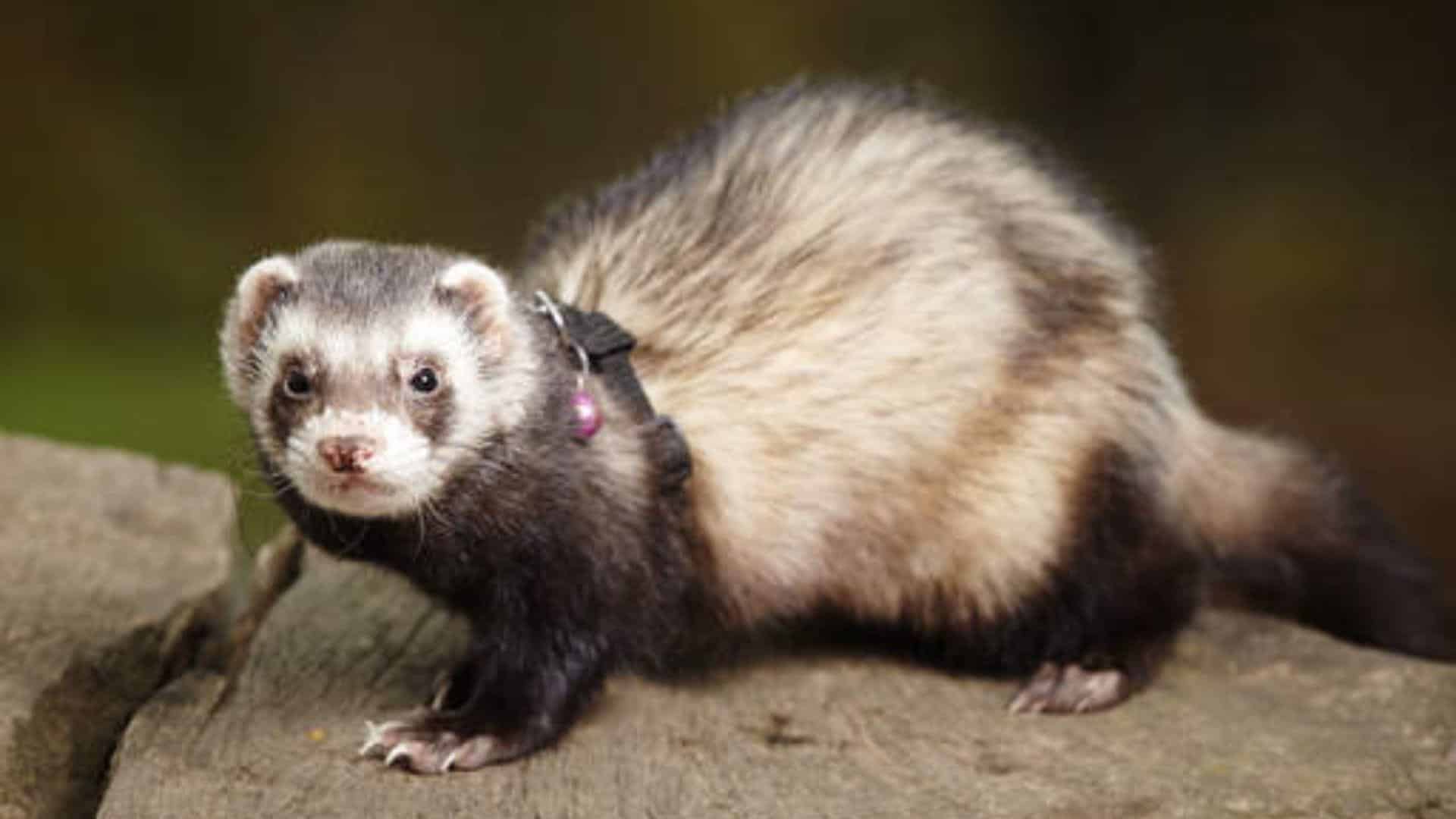
The Sable Ferret is a domesticated animal known for its playful nature and high energy. Often kept as a pet, sable ferrets are curious and affectionate, requiring interaction and stimulation from their owners. They are typically fed a high-protein diet.
- Region of Habitat: Found globally as pets, originally domesticated from the European polecat.
- Scientific Name: Mustela putorius furo
- Feeding Habits: Carnivorous, requiring a high-protein diet, typically meat-based ferret food.
- What Sound They Make: Sable Ferrets make chirping and hissing sounds, which they often use during play or when excited.
Fun Facts
Sable Ferrets have a strong hunting instinct and are highly skilled at chasing and catching small prey.
Despite their playful nature, they are incredibly nimble and quick, making them excellent at hunting in the wild or during interactive play with their owners.
6. Saint Berdoodle

The Saint Berdoodle is a hybrid dog breed resulting from the cross between a Saint Bernard and a Poodle.
Known for their large size and gentle nature, they make excellent family pets. They are friendly, affectionate, and often good with children.
- Region of Habitat: Found globally, particularly in homes as companion dogs.
- Scientific Name: Canis lupus familiaris
- Feeding Habits: Omnivorous, consuming a balanced diet of dog food with meat, vegetables, and grains.
- What Sound They Make: Saint Berdoodles make friendly barks and howls, often when seeking attention or when excited.
Fun Facts
Saint Berdoodles inherit the intelligence and hypoallergenic coat of the Poodle, along with the gentle and protective nature of the Saint Bernard.
They are highly social dogs, making them excellent companions for families with children and other pets.
7. Saint Bernard

The Saint Bernard is a large and powerful dog breed originally bred for rescue work in the Swiss Alps.
Known for their gentle temperament and loyalty, Saint Bernards are excellent family pets and protectors.
- Region of Habitat: Originated in the Swiss Alps, now found worldwide as companion and working dogs.
- Scientific Name: Canis lupus familiaris
- Feeding Habits: Omnivorous, typically consuming a balanced diet of meat, vegetables, and dog food.
- What Sound They Make: Saint Bernards make deep barks and occasional growls, often used to alert their owners or protect their territory.
Fun Facts
Saint Bernards are famous for rescuing people lost in the snow. They have a remarkable sense of smell and can navigate harsh, snowy conditions to find and save stranded individuals.
8. Saluki
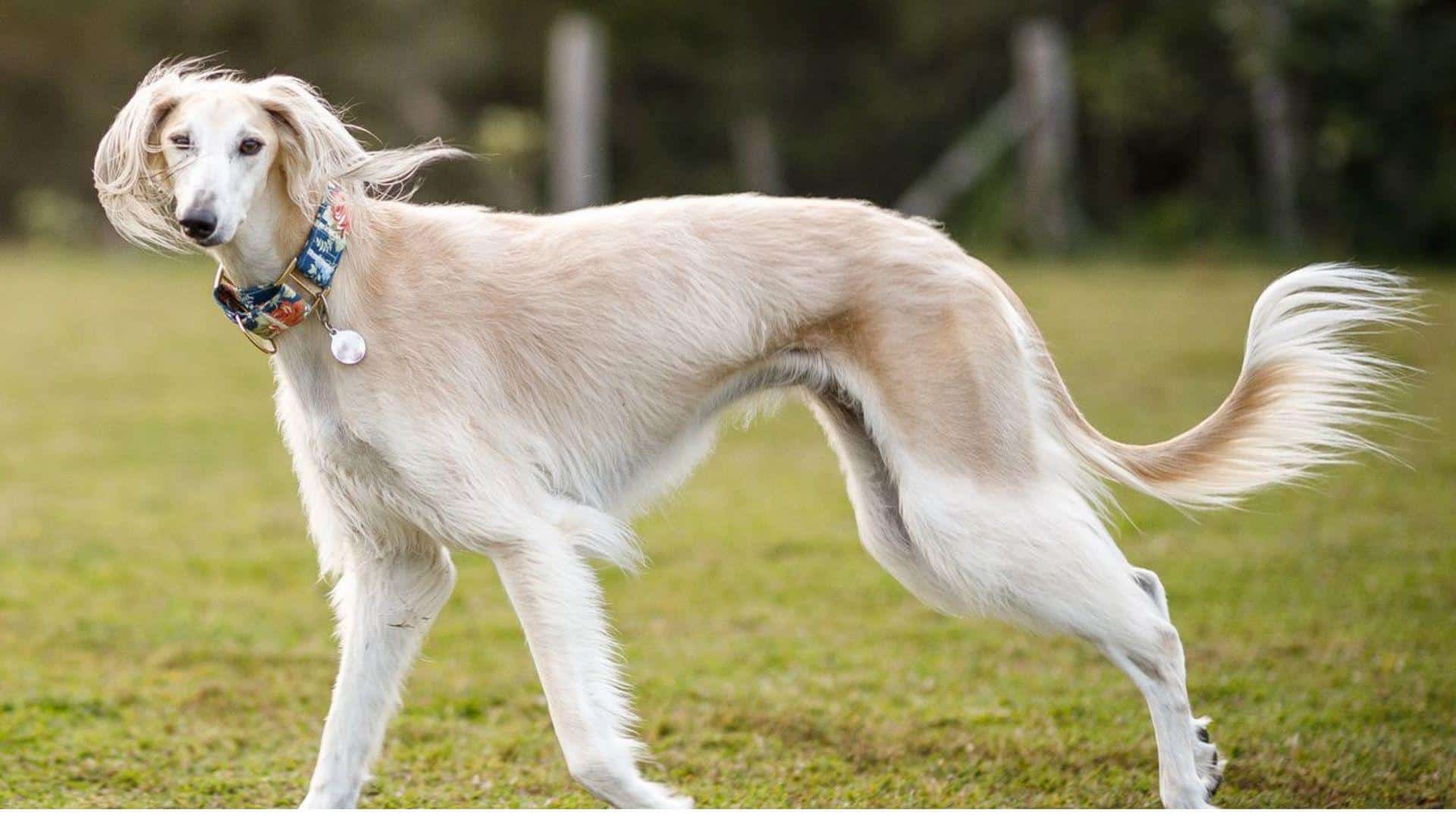
The Saluki is a graceful, slender dog breed originally bred for hunting. Known for their speed and endurance, Salukis are often referred to as “Arabian greyhounds” due to their similar appearance and ability to run at high speeds.
- Region of Habitat: Originated in the Middle East, now found worldwide as companion and sporting dogs.
- Scientific Name: Canis lupus familiaris
- Feeding Habits: Omnivorous, requiring a balanced diet of meat and vegetables to fuel their active lifestyle.
- What Sound They Make: Salukis are generally quiet, but they may bark or whine when excited or seeking attention.
Fun Facts
Salukis are one of the oldest dog breeds, dating back thousands of years. They are known for their ability to run at speeds of up to 42 mph, making them one of the fastest dog breeds. Their sleek appearance and high energy make them excellent hunting dogs.
9. Sambar
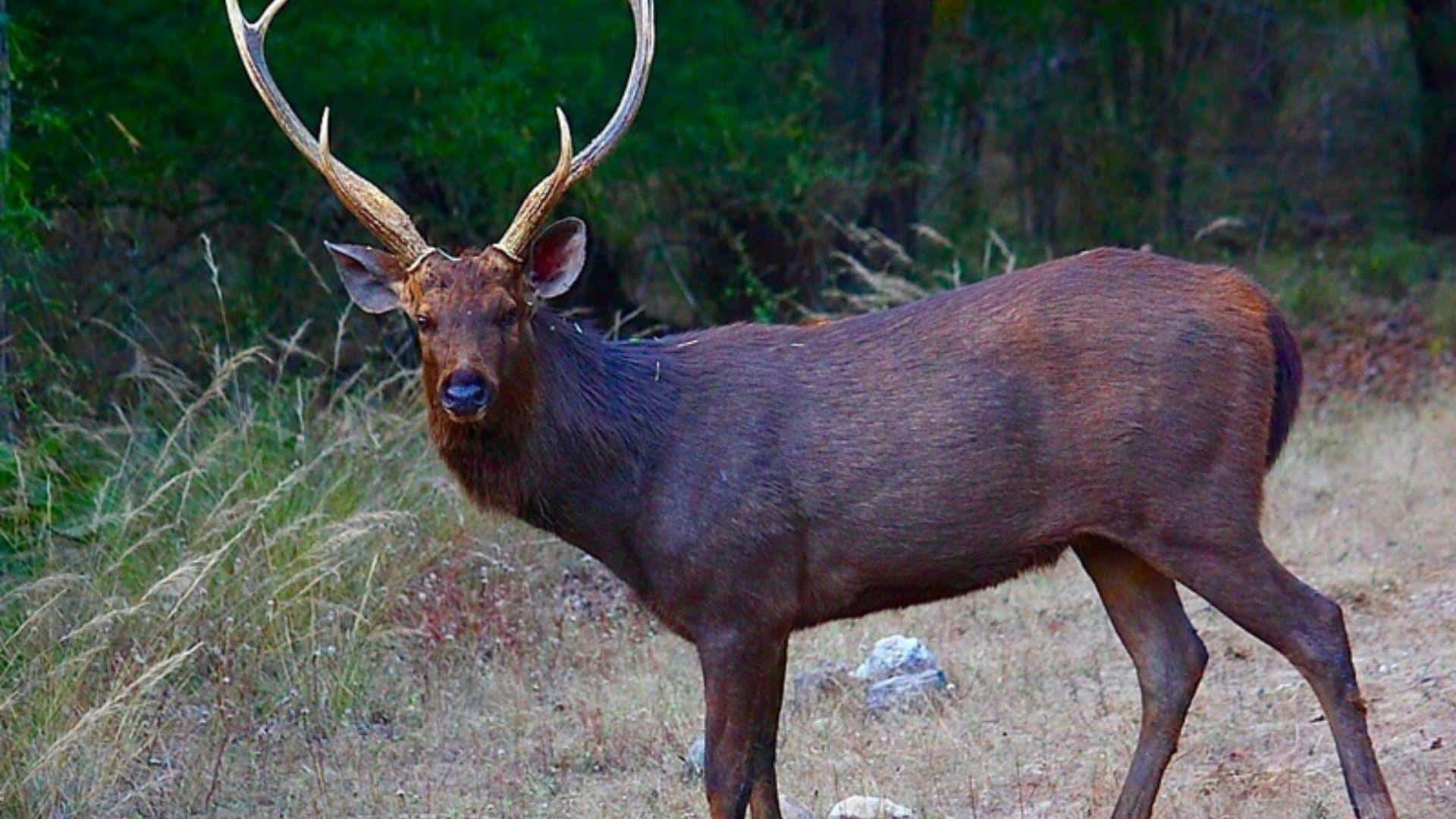
The Sambar is a large deer species found in South and Southeast Asia. Known for their thick coats and large antlers, sambars are herbivores that graze in forests and grasslands. They are typically solitary or found in small groups.
- Region of Habitat: Found in South and Southeast Asia, particularly in forests and grasslands.
- Scientific Name: Rusa unicolor
- Feeding Habits: Herbivorous, feeding on grasses, leaves, and shrubs.
- What Sound They Make: Sambar Deer make loud grunts and barks when alarmed or communicating with other members of their group.
Fun Facts
Sambar Deer are known for their impressive antlers, which they shed and regrow every year. They are also skilled swimmers, often crossing rivers to find food or escape predators.
10. Samoyed
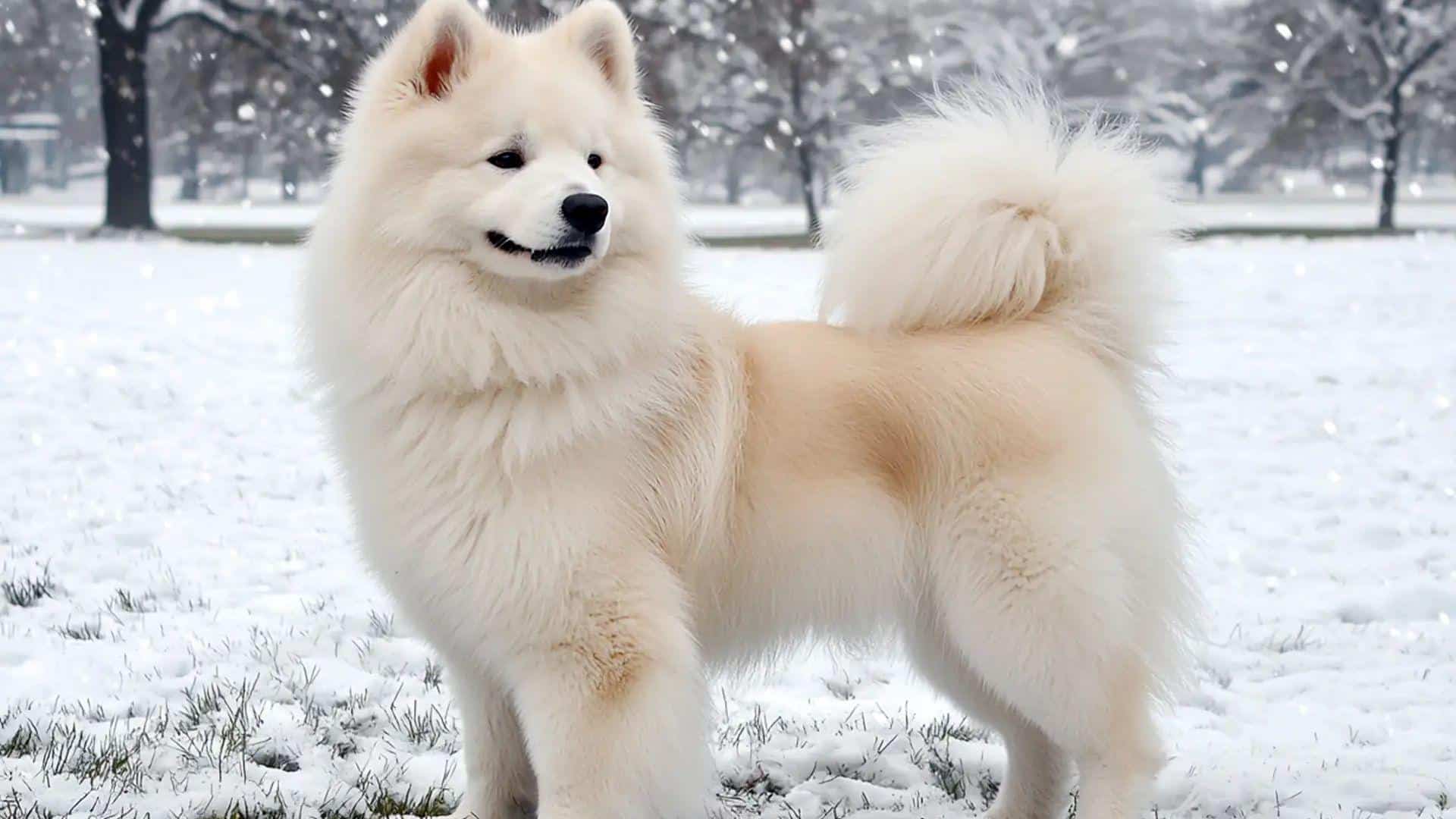
The Samoyed is a medium-sized dog breed known for its fluffy white coat and friendly disposition.
Originally bred by the Samoyedic people of Siberia, Samoyeds were used for herding reindeer and pulling sleds. They are known for their “Sammy smile” and are friendly, affectionate pets.
- Region of Habitat: Originated in Siberia, now found worldwide as companion dogs.
- Scientific Name: Canis lupus familiaris
- Feeding Habits: Omnivorous, requiring a balanced diet of high-protein dog food.
- What Sound They Make: Samoyeds make friendly barks and high-pitched whines, often when seeking attention or when excited.
Fun Facts
Samoyeds are known for their stunning white fur, which helps them stay warm in cold climates. They are also highly social dogs and thrive in active households. Their friendly and playful nature makes them excellent companions for families with children.
11. Savanna Goat

The Savanna Goat is a hardy breed known for its adaptability to hot and dry climates. Native to South Africa, these goats are often used for meat production due to their fast growth rate and muscular build. They are excellent foragers and thrive in difficult environments.
- Region of Habitat: Originated in South Africa, now found in various regions worldwide for meat production.
- Scientific Name: Capra aegagrus hircus
- Feeding Habits: Herbivorous, feeding on grass, shrubs, and woody plants.
- What Sound They Make: Savanna Goats make soft bleats, particularly when calling to other members of the herd.
Fun Facts
Savanna Goats are known for their resistance to disease and parasites, making them ideal for farming in arid conditions. They also have a high rate of meat production and are often raised on commercial farms for their meat.
12. Schipperke
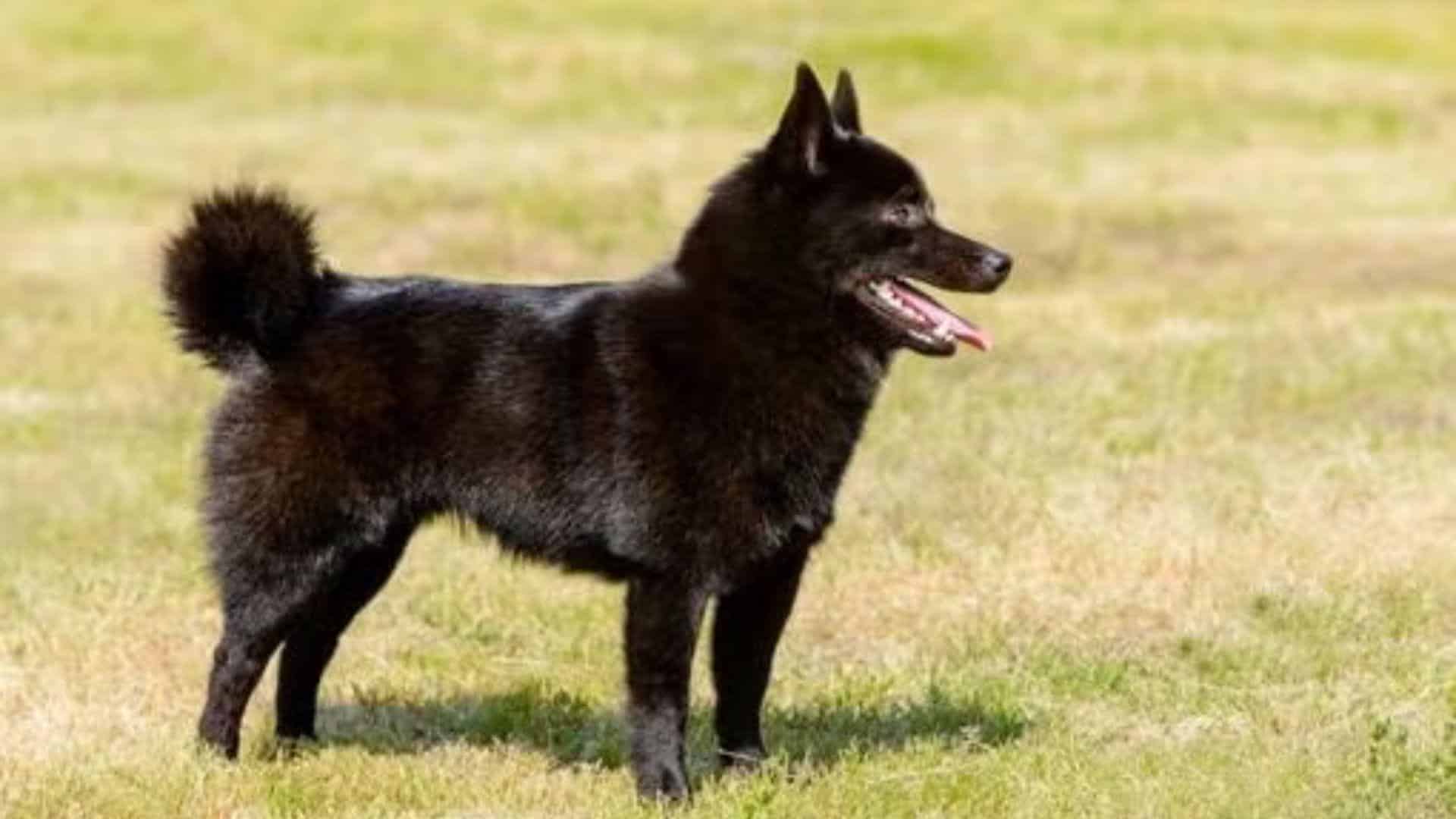
The Schipperke is a small, energetic dog breed known for its fox-like appearance and thick black coat.
Originally bred in Belgium to work as a watchdog, they are intelligent, curious, and highly trainable. They make excellent companion dogs and watchdogs.
- Region of Habitat: Originated in Belgium, found globally as companion pets.
- Scientific Name: Canis lupus familiaris
- Feeding Habits: Omnivorous, consuming a balanced diet of dog food with meat, vegetables, and grains.
- What Sound They Make: Schipperkes make high-pitched barks, often used when alerting their owners to potential danger.
Fun Facts
Schipperkes are known for their curious and adventurous nature. Despite their small size, they were originally bred to guard boats, which is why they have such a strong instinct to protect and watch over their territory.
13. Schnoodle

The Schnoodle is a hybrid breed resulting from the cross between a Schnauzer and a Poodle.
Known for their hypoallergenic coats and friendly nature, schnoodles make excellent family pets. They are intelligent and energetic and often excel in agility and obedience training.
- Region of Habitat: Found globally, particularly as companion pets in homes.
- Scientific Name: Canis lupus familiaris
- Feeding Habits: Omnivorous, typically consuming a balanced diet of meat, vegetables, and dog food.
- What Sound They Make: Schnoodles make happy barks and high-pitched whines, especially when excited or seeking attention.
Fun Facts
Schnoodles inherit the intelligence of the Poodle and the loyalty of the Schnauzer, making them great companions for active families. Their hypoallergenic coat makes them ideal for people with allergies.
14. Sea Lion
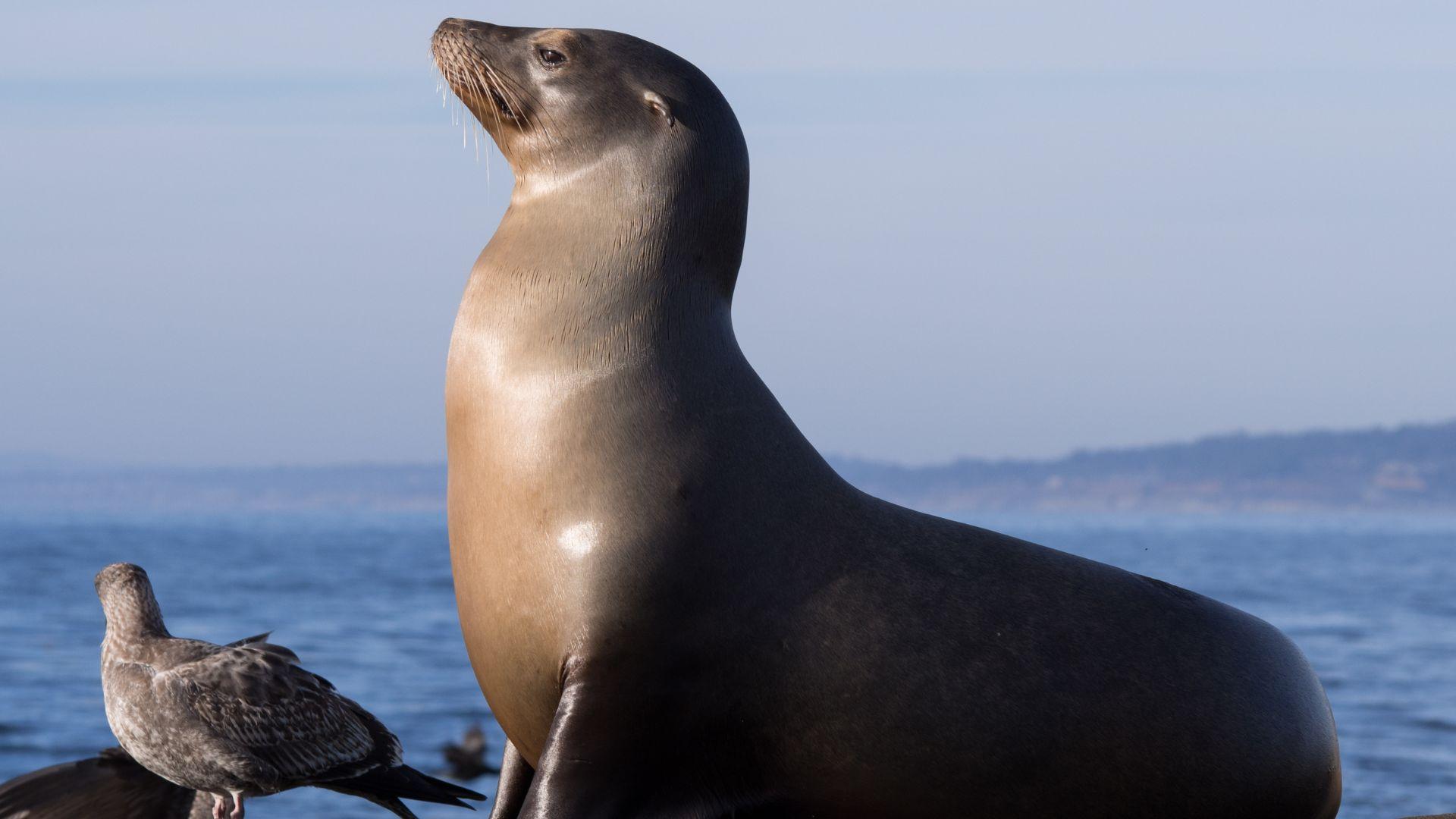
Sea Lions are large marine mammals known for their intelligence and skillfulness. Found in both cold and warm coastal regions, they are known for their playful behavior, barking calls, and their ability to “walk” on land using their front flippers.
- Region of Habitat: Coastal regions of North and South America, Australia, and other parts of the Pacific Ocean.
- Scientific Name: Zalophus californianus
- Feeding Habits: Carnivorous, primarily feeding on fish, squid, and other marine life.
- What Sound They Make: Sea Lions make loud, barking sounds, which they use to communicate with other members of their colony.
Fun Facts
Sea Lions are highly social animals, often found in large colonies. They are excellent swimmers and can dive to depths of over 200 meters while hunting for food.
Sea Lions are also known to be playful and will often interact with humans in captivity.
15. Sea Otter
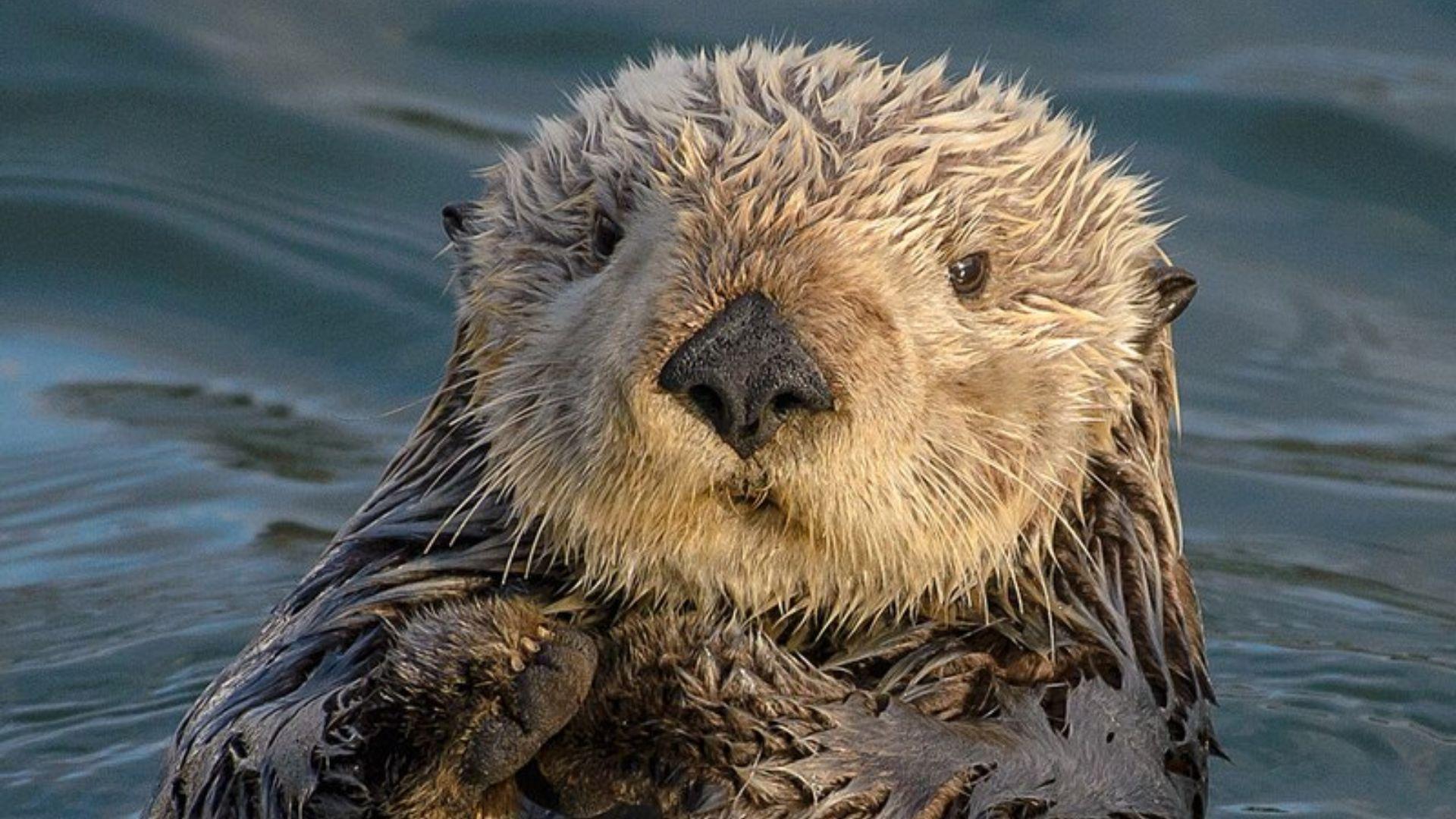
The Sea Otter is a marine mammal known for its thick fur and playful behavior. They are excellent swimmers and spend most of their time in the water, where they hunt for shellfish and crustaceans. Sea Otters are important for maintaining the balance of marine ecosystems.
- Region of Habitat: Coastal waters of the Northern Pacific Ocean, from Alaska to Japan.
- Scientific Name: Enhydra lutris
- Feeding Habits: Carnivorous, primarily feeding on shellfish, sea urchins, and crustaceans.
- What Sound They Make: Sea Otters make chirping and whistling sounds when communicating with each other.
Fun Facts
Sea Otters have the densest fur of any animal, which helps keep them warm in cold waters. They use tools, such as rocks, to crack open shellfish.
Sea Otters also play an important role in kelp forest ecosystems by controlling the population of sea urchins.
16. Seal

Seals are marine mammals found in cold and warm waters worldwide. They are excellent swimmers and spend most of their time in the water, although they occasionally haul out onto land or ice to rest. Seals are primarily carnivorous, feeding on fish and invertebrates.
- Region of Habitat: Found in the coastal areas worldwide, from the Arctic to the Antarctic.
- Scientific Name: Phocidae
- Feeding Habits: Carnivorous, feeding on fish, squid, and other marine life.
- What Sound They Make: Seals produce a variety of sounds, from barking to growling and grunting, depending on the species.
Fun Facts
Seals are excellent divers and can spend long periods underwater in search of food. They are often seen in large groups, hauling out on land or ice floes, where they rest and socialize. Some species of seals are also known for their playful behavior.
17. Sealyham Terrier
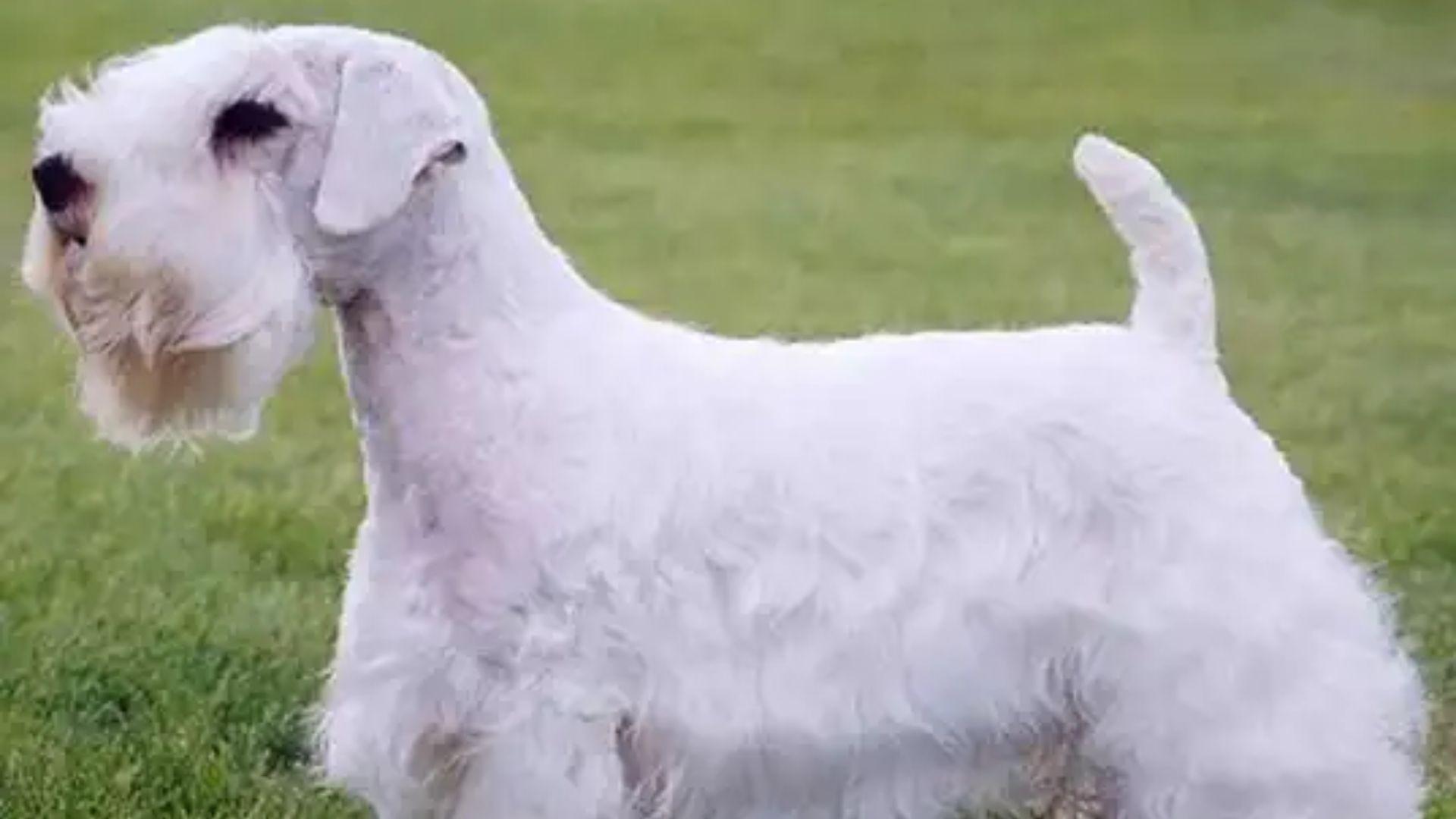
The Sealyham Terrier is a small but sturdy dog breed known for its distinctive white coat and lively personality.
Originally bred in Wales to hunt small game, they are courageous, intelligent, and make excellent companions. Due to their thick coat, they require regular grooming.
- Region of Habitat: Originated in Wales, now found globally as companion pets.
- Scientific Name: Canis lupus familiaris
- Feeding Habits: Omnivorous, typically consuming a balanced diet of meat, vegetables, and dog food.
- What Sound They Make: Sealyham Terriers make cheerful barks and whines, often when they are excited or trying to get attention.
Fun Facts
Sealyham Terriers are known for their fearless and independent nature. Despite their small size, they were originally bred for hunting larger animals such as otters and badgers.
They are also known for their distinctive, long beards and bushy eyebrows.
18. Serval
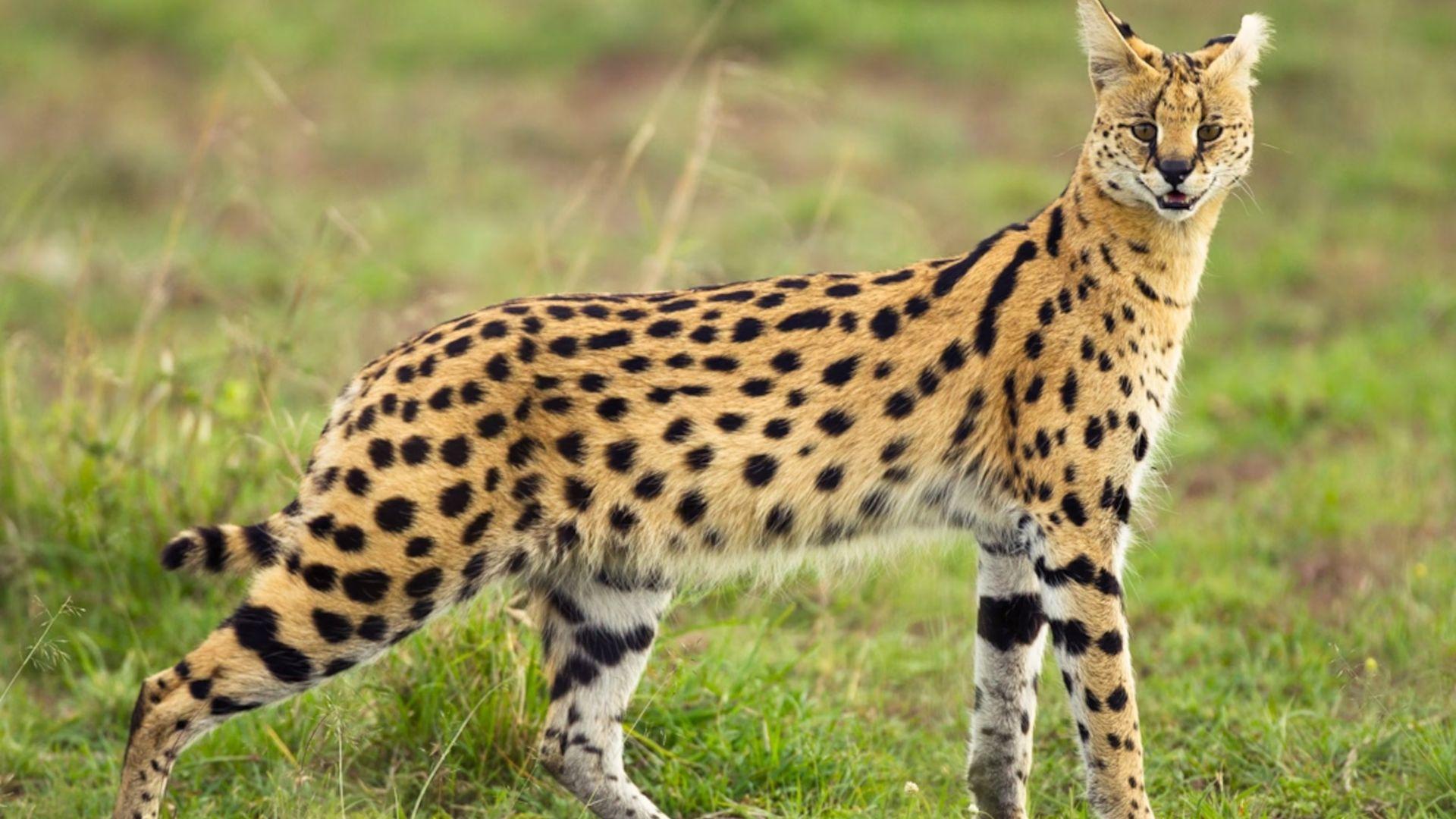
The Serval is a medium-sized wild cat native to sub-Saharan Africa. Known for their long legs and large ears, servals are skilled hunters that rely on their speed and agility to catch prey such as birds, rodents, and small mammals.
- Region of Habitat: Sub-Saharan Africa, primarily in savannas, grasslands, and wetlands.
- Scientific Name: Leptailurus serval
- Feeding Habits: Carnivorous, feeding primarily on birds, rodents, and small mammals.
- What Sound They Make: Servals make a variety of sounds, including growls, purrs, and hisses, typically when threatened or communicating with their young.
Fun Facts
Servals have an exceptional ability to jump, often leaping up to 12 feet in the air to catch birds in flight. Their large ears help them detect prey moving through the grass, even when it is hidden from sight.
19. Sheep
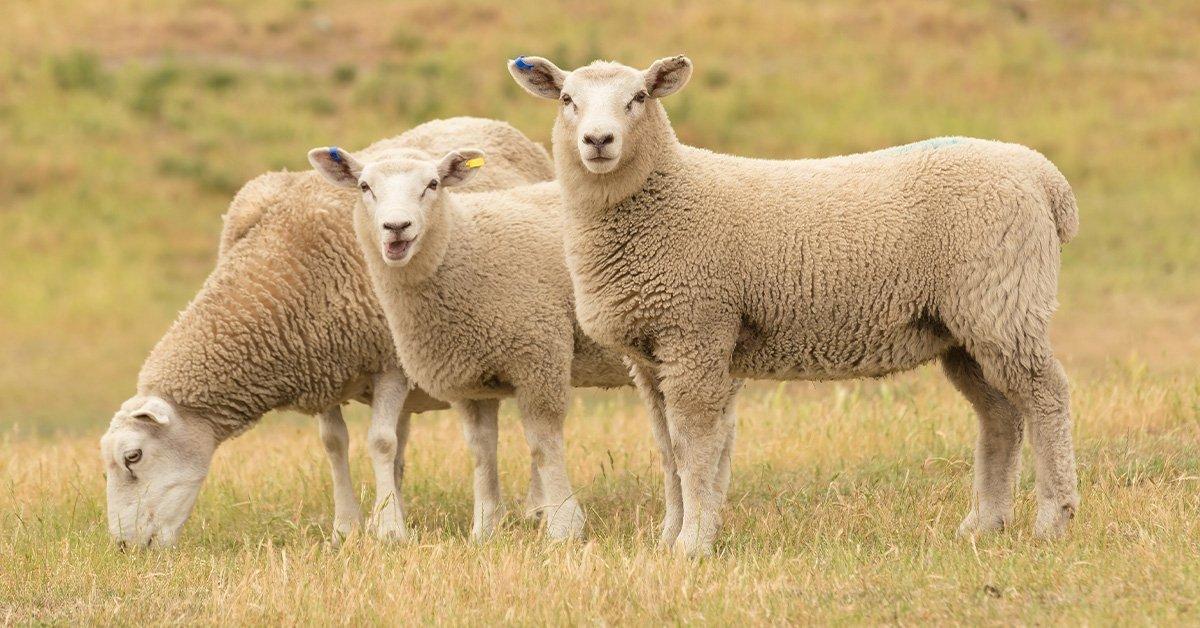
Sheep are domesticated herbivores known for their wool, which is sheared and used in textiles.
They are social animals, often found in flocks, and are commonly raised for meat and milk production. Sheep are also used in agriculture to manage grasslands.
- Region of Habitat: Found globally, particularly in farms and rural areas.
- Scientific Name: Ovis aries
- Feeding Habits: Herbivorous, feeding on grasses, shrubs, and leaves.
- What Sound They Make: Sheep make bleating sounds, often used to communicate with the flock.
Fun Facts
Sheep have an excellent sense of smell and can recognize other sheep by their faces. They are known for their flocking behavior, relying on the group for safety and comfort. Sheep’s wool is one of the most versatile natural fibers used in textiles.
20. Shiba Inu

The Shiba Inu is a small, alert dog breed from Japan, known for its fox-like appearance and curled tail.
Originally bred for hunting, Shiba Inus are independent, confident, and strong-willed. They are intelligent and make excellent companion dogs, though they require firm training.
- Region of Habitat: Originated in Japan, now found globally as companion pets.
- Scientific Name: Canis lupus familiaris
- Feeding Habits: Omnivorous, typically consuming a balanced diet of dog food with meat, vegetables, and grains.
- What Sound They Make: Shiba Inus make sharp barks and howls, often used to communicate with their owners or alert them to strangers.
Fun Facts
Shiba Inus are known for their “Shiba scream,” a high-pitched, yelping sound they make when excited or distressed.
Despite their small size, they are confident and have a strong prey drive, making them excellent hunters in their native Japan.
Some More Unknown Mammals with “S”
21. Shih Poo
22. Shih Tzu
23. Shrew
24. Siamese
25. Siberian Husky
26. Siberian Retriever
27. Siberian Tiger
28. Siberpoo
29. Silky Terrier
30. Silver Labrador
31. Skunk
32. Skye Terrier
33. Sloth
34. Smooth Fox Terrier
35. Squirrel
36. Stabyhoun
37. Staffordshire Bull Terrier
38. Standard Schnauzer
39. Star-nosed Mole
40. Stoat
41. Striped Hyena
42. Sugar Glider
43. Swedish Vallhund
44. Syrian Hamster
45. Sloth Bear
46. Spotted Hyena
47. Steller Sea Lion
48. Siamang
49. Saber-Toothed Tiger
50. Saiga
51. Saint Shepherd
52. Shepadoodle
53. Shepkita
54. Shepweiler
55. Shollie
56. Sichuan Takin (Tibetan Takin)
57. Scimitar-horned Oryx
58. Snow Leopard
59. Snowshoe
60. Snowshoe Hare
61. Somali
62. South China Tiger
63. Spalax
64. Spanador
65. Spanish Goat
66. Spanish Mastiff
67. Spectacled Bear
68. Sperm Whale
69. Sphynx
70. Spider Monkey
71. Spinone Italiano
72. Spotted Skunk
73. Springbok
74. Springerdoodle
75. Sri Lankan Elephant
76. Steller’s Sea Cow
77. Smilodon
78. Spectacled Porpoise
79. Spiny Anteater
80. Sumatran Elephant
81. Sumatran Orangutan
82. Sumatran Rhinoceros
83. Sumatran Tiger
84. Sun Bear
85. Saola
86. Saki Monkey
87. Sand Cat
88. Sardinian Shrew
89. Senegal Bushbaby
90. Short-beaked Echidna
91. Sika Deer
92. Southern Tamandua
93. Spectacled Dormouse
Summing It Up
Mammals with S make up an amazing group of animals that deserve attention. From the friendly Saint Bernard to the playful squirrel, these creatures fill important roles in nature.
Some, like the snow leopard and Sumatran tiger, need protection because they’re in danger of disappearing forever.
Others, like sheep and Saanen goats, help people by providing food and materials. The Shiba Inu, Schnoodle, and Shih Tzu bring joy to many families as beloved pets.
Mammals with S can be found swimming in oceans, climbing trees, running across grasslands, or curled up in homes. Each one has a special story and place in the animal kingdom.
Next time you spot a mammal with S, remember – behind every whisker and tail lies a world of wonder!
If you’re interested in more informative animal & lifestyle content, feel free to click here and explore other blogs that you might enjoy!

